)
Art Déco
Aesthetic and artistic interplay of shapesWould you like to bring the stylish lifestyle of the 1920s into your own four walls? Here you can find out how to do it: the interior should be luxurious, ornamental and modern at the same time, as this is what Art Déco stands for as an expression of the stylistic changes of the 1920s and 1930s.
The movement emerged as a response to Art Nouveau and combined quality craftsmanship with industrial progress - a design approach that continues to fascinate today. Art Déco lamps bring this era into our living spaces. They combine geometric clarity with decorative sophistication - using high-quality materials such as glass, velvet, brass or bronze. Gold-coloured accents, stylised floral motifs and exotic influences lend them an extravagant character that is both sophisticated and iconic. Whether as a table lamp, wall light or imposing chandelier: Art Déco lights create atmosphere - with style, history and a touch of classic modernity.
Our top recommendations
Our novelties
Style Guide Art Déco lights
Where does the Art Déco style have its roots?
To really understand the aesthetics of Art Déco lamps, it is worth taking a look at the origins of the style. Historical classification: The Art Déco style experienced its heyday in the mid-twenties, especially in Paris, as a modern replacement for Art Nouveau. At the same time, the Bauhaus style was in its heyday in Germany. Art Déco was characterised by abstract, simple forms, stylised elements and - in contrast to Art Nouveau - a less floral character.
Equally characteristic was the use of high-quality materials, some of which were exotic at the time, which not only conveyed luxury but were also used specifically for representation. Cultural influences from the Far East, Africa and especially Egypt - triggered, for example, by the discovery of Tutankhamun's tomb - contributed to the fascination with the foreign and emphasised the exotic note of the style. Influences from architecture, fashion and technology - such as the elegant ocean liners or the iconic Chrysler Building - also characterised the aesthetic expression of this era and made it a melting pot of international stylistic influences.
Art Déco saw itself as a prestigious, glamorous and internationally oriented style that embodied progress, elegance, luxury and modernity - with a self-confident, form-focussed design that always pursued a decorative claim. In this combination, the Art Déco style became a design object with a history - still visible and tangible today in lights, furniture and architecture.
)
)
)
What is typical of Art Déco?
Art Déco interiors have typical features that can also be found in many lights from this era:
- Elegant, glamorous look with high-quality materials such as brass, glass and marble
- Geometric shapes, clear lines and symmetrical structures
- Stylistic contrasts in colour, shape and texture
- Shiny surfaces with chrome-plated metals and glass accents
- Colours such as deep black as a contrasting colour, gold and brass, gemstone colours such as emerald green, sapphire blue, ruby red and amethyst violet as well as ivory, navy blue, petrol, ochre yellow and shades of grey
- Use of fine fabrics such as velvet and silk
- Combining classic and modern - the design character of the Art Déco era
Many Art Déco lights take up these stylistic attitudes and translate them into an expressive lighting design. As decorative highlights with historical flair, they not only add glamour to rooms, but also narrative depth. Their design language and choice of materials reflect the characteristic design aesthetics of the era and make them defining elements in the room. A popular facet of lights in the Art Déco style are black and gold models, for example, which fit perfectly into modern interiors.
)
)
)
Ceiling lamps in Art Déco style
Expressive eye-catchersCeiling lights in the Art Déco style are characterised by luxurious materials and classic, geometric shapes. Round opal glass shades, brass ceiling canopies and details in gold tones are the signature of the style. They create centred light in the room and are true style anchors on the ceiling. In contrast to classic ceiling lights, they set a dominant tone, make statements and impress with glamour. Styling tip: Art Déco ceiling lamps are ideal for high rooms, corridors or as an eye-catcher above the living room table. Ceiling lights are often the central light point in the room and are therefore extremely important for the effect of the light and the ambience of the style.
)
)
)
Brass meets geometry
Art Déco for the wall)
)
)
Floor lamps in Art Déco style
Stylish lighting accents for the roomFloor lamps in the Art Déco style are a tribute to classic modernism. Their design is stylishly surrounded by warm white light and creates a glamorous look. These Art Déco lights are also characterised by basic geometric shapes ranging from spheres to triangles - staged with glass, brass & co. There is a large selection for fans of the luxurious style and the floor lamp designs characterise feel-good rooms such as living and dining rooms as well as prestigious rooms such as hallways or offices.
)
)
)
Table lamps in Art Déco style
Classics with design historyArtistic inspiration was the driving force behind the design a hundred years ago - even today, the elegant Art Déco luminaire designs with their clear lines and rich colours have a magnificent, artistic feel. Table lamps in the style of classic modernism, which focussed on functionality, reduction and progress, are characterised by a combination of elegance and clear design language - then as now. Art Déco table lamps are ideal for use on sideboards, bedside tables or desks - with a stylish lighting effect. Placed individually, they act as eye-catchers, while placed in pairs, e.g. to the right and left of the bed, they create a harmonious lighting effect.
)
)
)
Art Déco chandelier
Opulent highlights with styleAn Art Déco chandelier is more than just ceiling lighting - it is a statement. Inspired by classic modernism, it combines clear, geometric shapes with extravagant details such as grooved glass elements, stylised ornaments or stepped levels in a sunbeam design. High-quality materials such as brass, bronze or shiny chrome-plated surfaces emphasise the luxurious style of this era. The result: Art Déco chandeliers that not only fill rooms with light, but with real personality. Ideal for anyone who wants to bring a touch of glamour and iconic design into their home.
)
)
)
Art Déco-style hanging lights
Elegance with effectWhether above the dining table or in the living room - an Art Déco hanging light creates an impressive effect in any area. Elements such as satinised or fluted glass, filigree brass details, symmetrical shapes and high-contrast surfaces - such as black combined with gold or bronze - are characteristic of an Art Déco-style pendant light. These designs are deeply rooted in classic modernism and turn every light into a style-defining object. A light like this not only provides atmospheric light, but also quickly becomes a topic of conversation - for example when it comes to stylish furnishing ideas with an iconic aesthetic.
)
)
)
Furnishing and styling tips with Art Déco lights
How to bring classic style into your four wallsWhether a glamorous bedroom, elegant dining room or stylish hallway - Art Déco lights can be integrated into the living space in a variety of ways for modern classic lighting concepts. The combination with materials such as velvet, marble or dark woods looks particularly elegant. Furniture with curved shapes or gold-coloured accents also underline the characteristic style. Those who like to mix furnishings and design styles can skilfully combine Art Déco lights with midcentury elements, the modern glam look or minimalist chic.
For a harmonious lighting design, the following applies: individual statement lights look particularly impressive above tables or in the entrance area, while pairs of lights - on either side of the bed or sofa, for example - ensure visual balance. Use projecting lamps as a central light for large rooms, for example in old flats that have very high rooms. Art Déco lights can add a special charm to an old flat in particular. You can create depth and structure for small rooms with a skilful combination of ambient and area lighting. Tip: Art Déco ceiling lights or bathroom wall lamps also create stylish accents in the bathroom - ideal in combination with glossy surfaces and geometric mirrors.
Good to know: You can recognise a genuine Art Déco lamp by its typical characteristics of reduced shapes and rich colours with gold accents. There is no specific brand that could claim the authenticity of an Art Déco lamp, as Art Déco is a style, such as the Scandi style. Of course, there are lights that date directly from the Art Déco period of 1920-1040. These are traded as antiques, can be found at auctions, in the art trade or at vintage dealers and are sometimes very expensive due to their rarity. Restoration is often necessary for these models. They do not have the modern technology that is standard in modern Art Déco lights today, but can certainly be brought up to the latest technical standard and converted to LED.
Art Déco lamps are still modern today and popular with interior stylists. Because their extravagant chic can be perfectly integrated into high-quality, luxurious interiors. Art Déco lamps are also perfect for a mix of styles. To differentiate: in contrast to the Art Déco style, Art Nouveau features more playful elements that are often floral and curved - often with an organic feel.
In terms of style, Art Déco lamps can be perfectly combined with modern furnishings - for example, as an eye-catcher in an otherwise clean, minimalist ambience. This creates interesting contrasts. Art Déco chic lighting designs can be used to great effect in any room: In the bedroom, for example, as triangular wall lights next to the two headboards of a large double bed, in the hallway as an opulent chandelier with golden accents or in the living room as a rich black table lamp with geometric simplicity on a deep brown wooden side table.
)
)
)
The right light for Art Déco lamps
Brightness, colour temperature & modern LED technology stylishly combinedHow bright an Art Déco light should be is always up to individual preference. As a general rule, a wall light in the hallway should have more lumens than a table lamp on the bedside table. Dimmable Art Déco lights provide the necessary flexibility to reduce the brightness whenever the situation requires it. It is also advisable and for many the most pleasant light if it provides warm white brightness. This is because warm white light below 3,300 Kelvin is particularly flattering to the rich colours and gold and brass tones and brings with it a cosiness that creates a feel-good atmosphere.
Of course there are Art Déco lamps with LEDs. To be more precise, most art deco designs today are either equipped with permanently installed LED technology or are sold with a recommendation for LED bulbs. This is because they are the unbeaten number 1 on the market in terms of efficiency, savings potential and versatility in terms of light colour changes. Even an old Art Déco lamp with a standardised socket can be fitted with modern LED bulbs.
Quality and care of Art Déco lamps
You should pay attention to this when buying and cleaningThe quality of Art Déco lamps can be recognised by the high-quality materials such as brass, glass or chrome as well as the precise workmanship. Pay attention to stable constructions, clean welded and soldered joints and even surface finishes. Opal or crystal glass should be clear and bubble-free. In the case of reproductions, it is worth taking a look at the origin and brand - quality manufacturers often supply certified or numbered models.
In terms of cost, Art Déco designs are in the higher price segment if you go for brands such as Tecnolumen, Gubi, Holländer, Kare and Tom Dixon. But you can also find designs in the lower price segment that are at home in the Art Déco style.
Art Déco lamps should be cared for regularly and gently to preserve their elegant look. Use soft cloths and mild cleaning agents - especially for sensitive materials such as brass, chrome or opal glass. Aggressive cleaning agents or abrasive cleaners can damage the surface and should be avoided. Professional restoration is recommended for antique originals in order to preserve their value and original appearance.
FAQ: Frequently asked questions about Art Déco
More styles to discover
Let us inspire you
Tag us on Instagram to share ideas and inspiration. Your picture could soon be on display here. You can find more information here.

















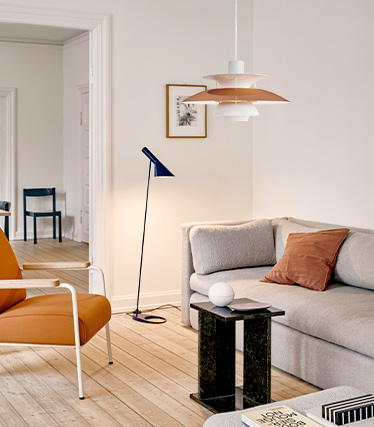










































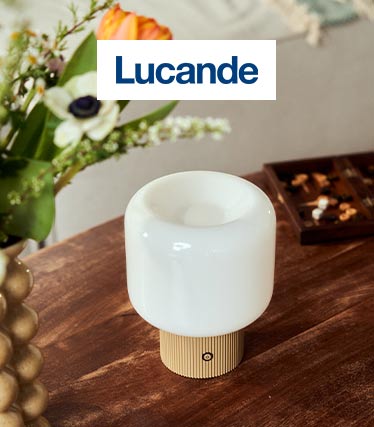



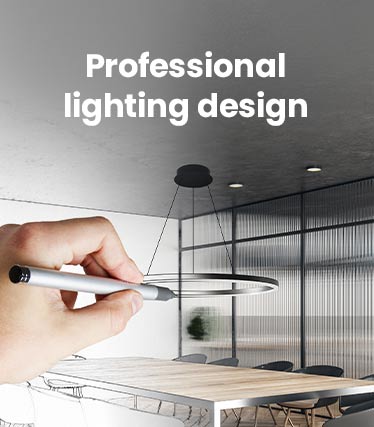





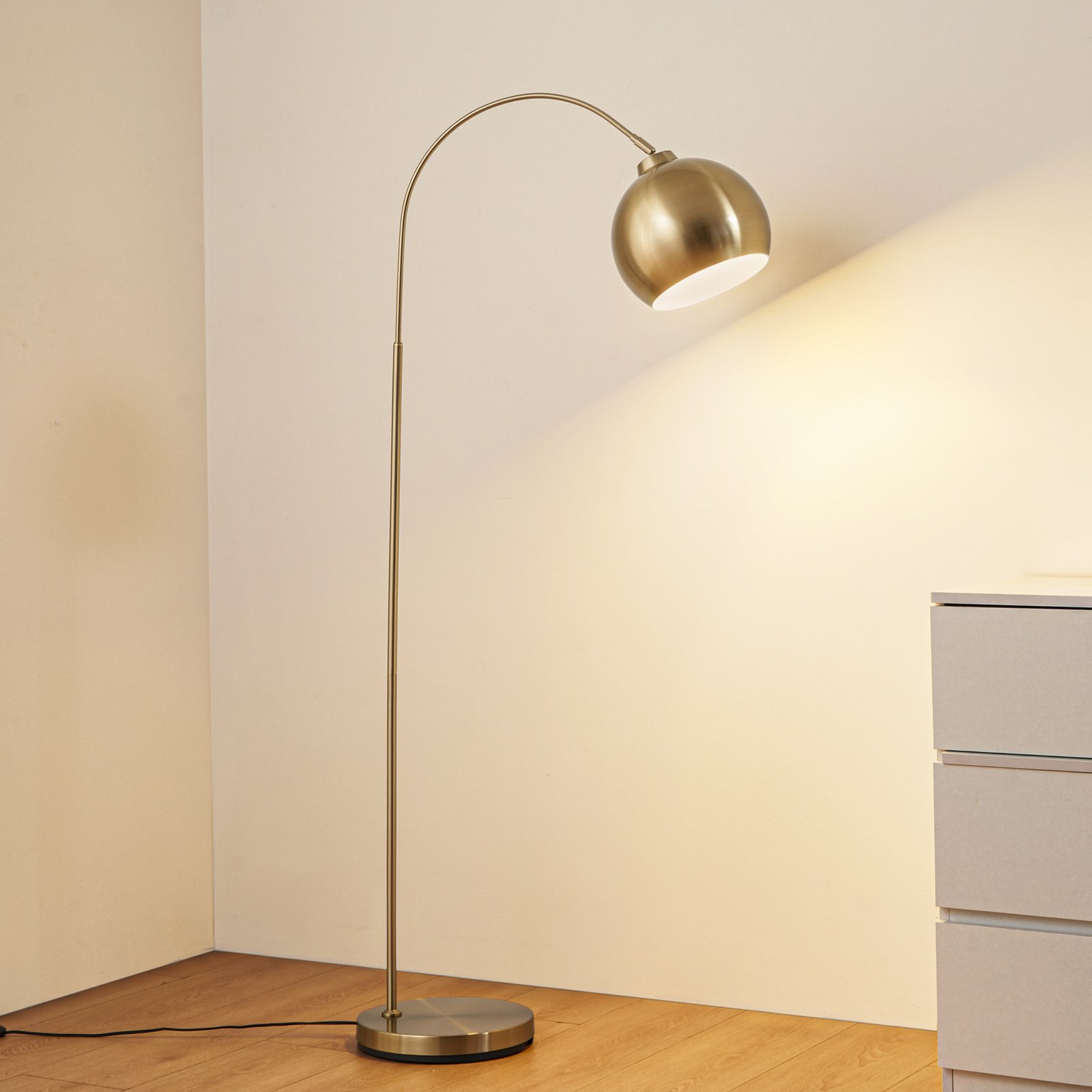
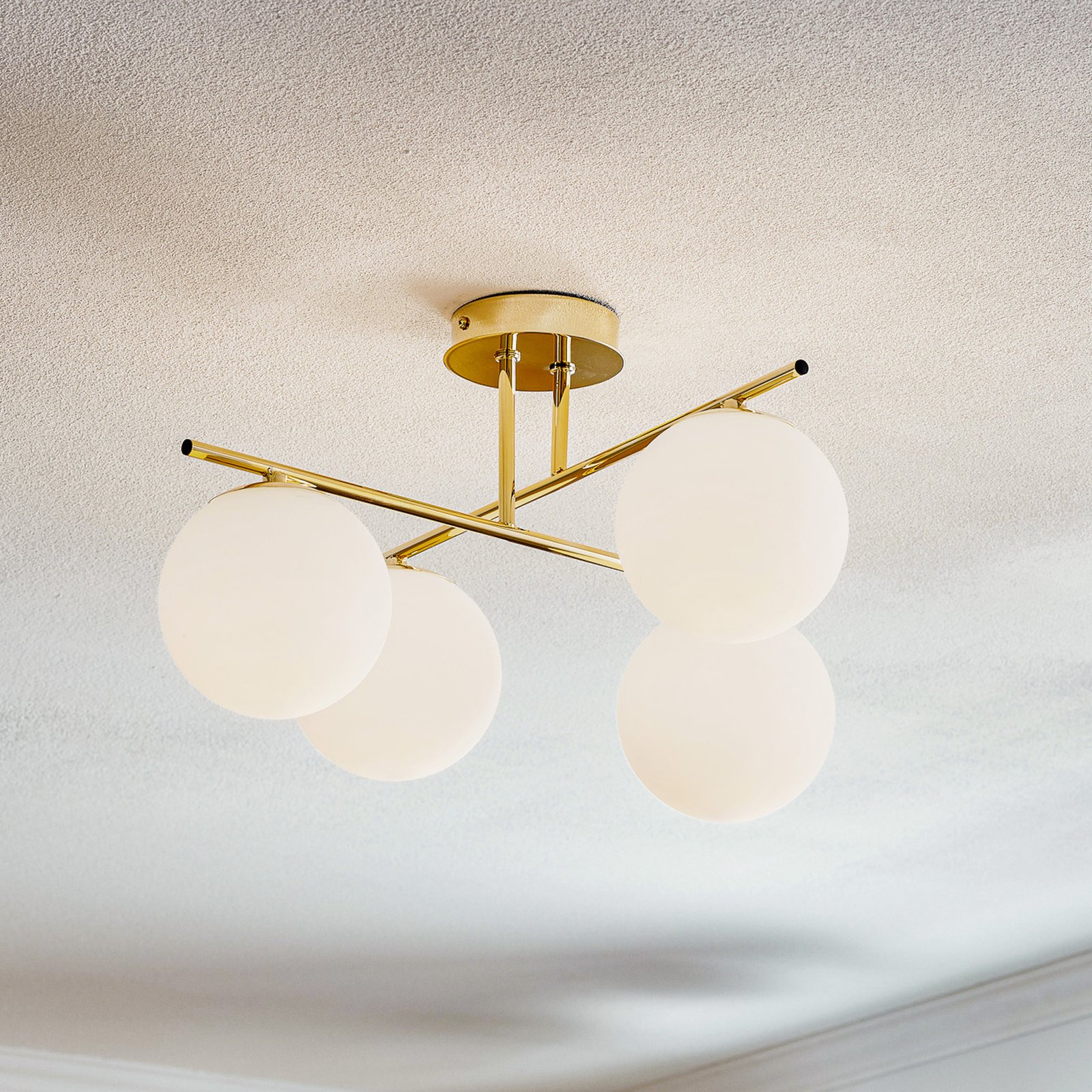
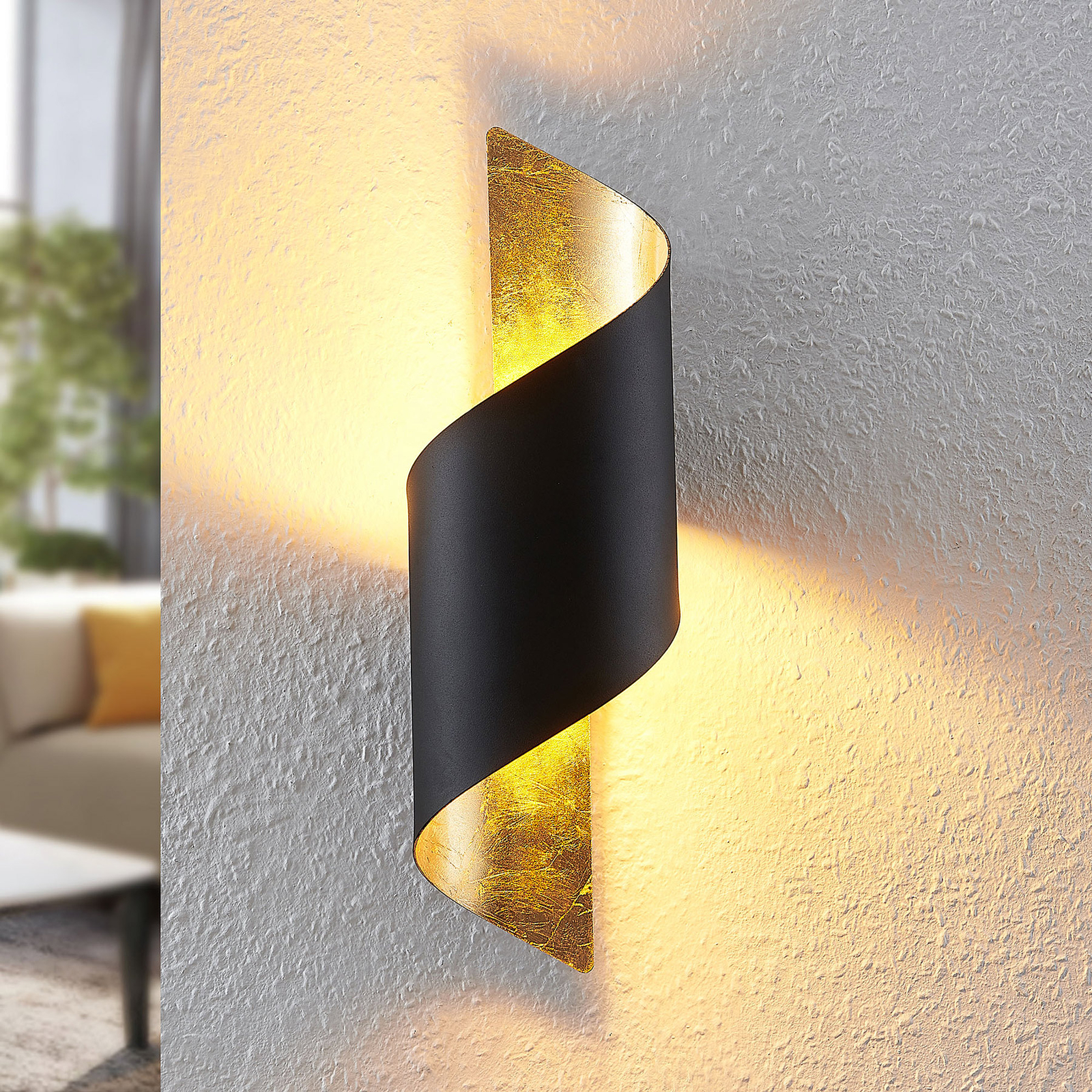
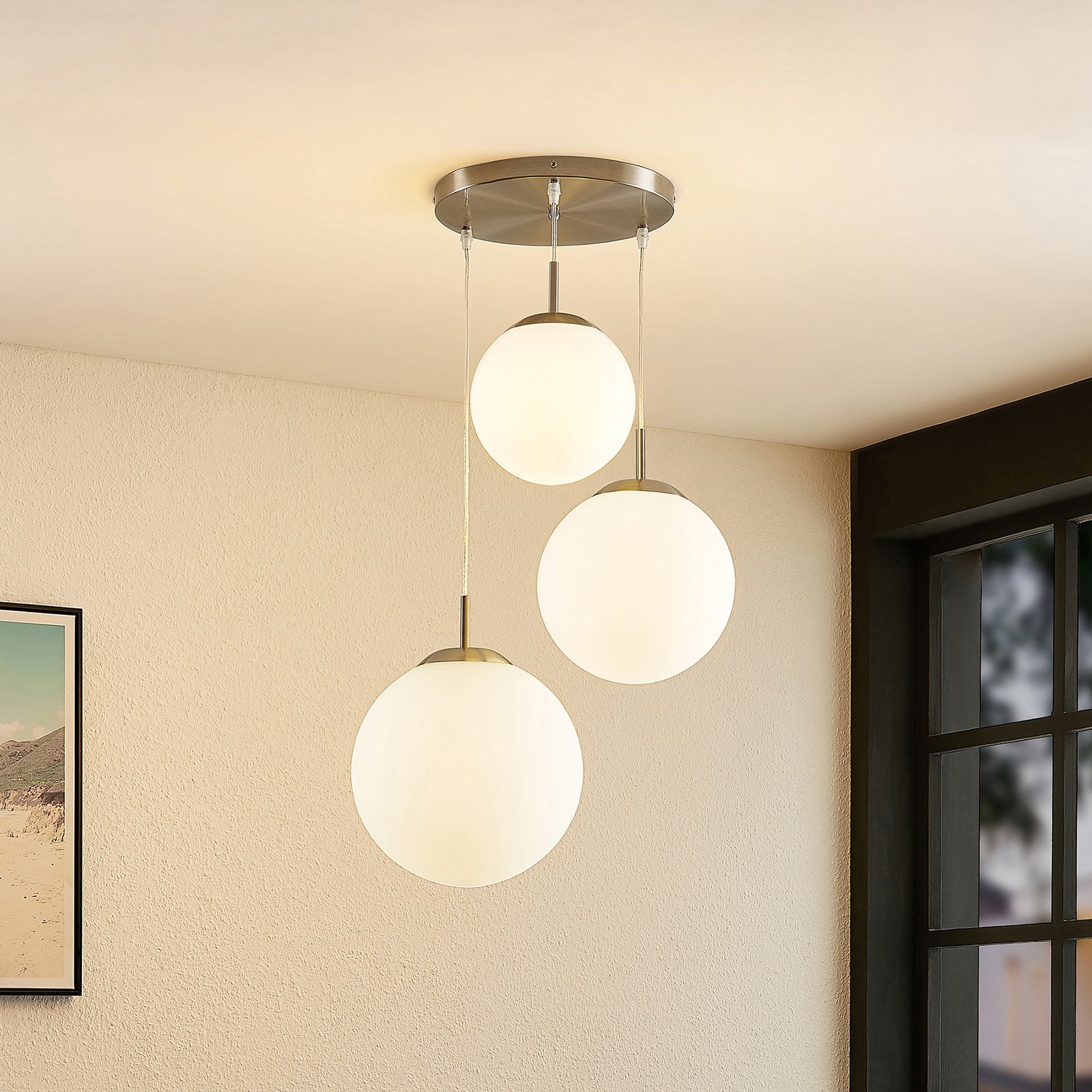
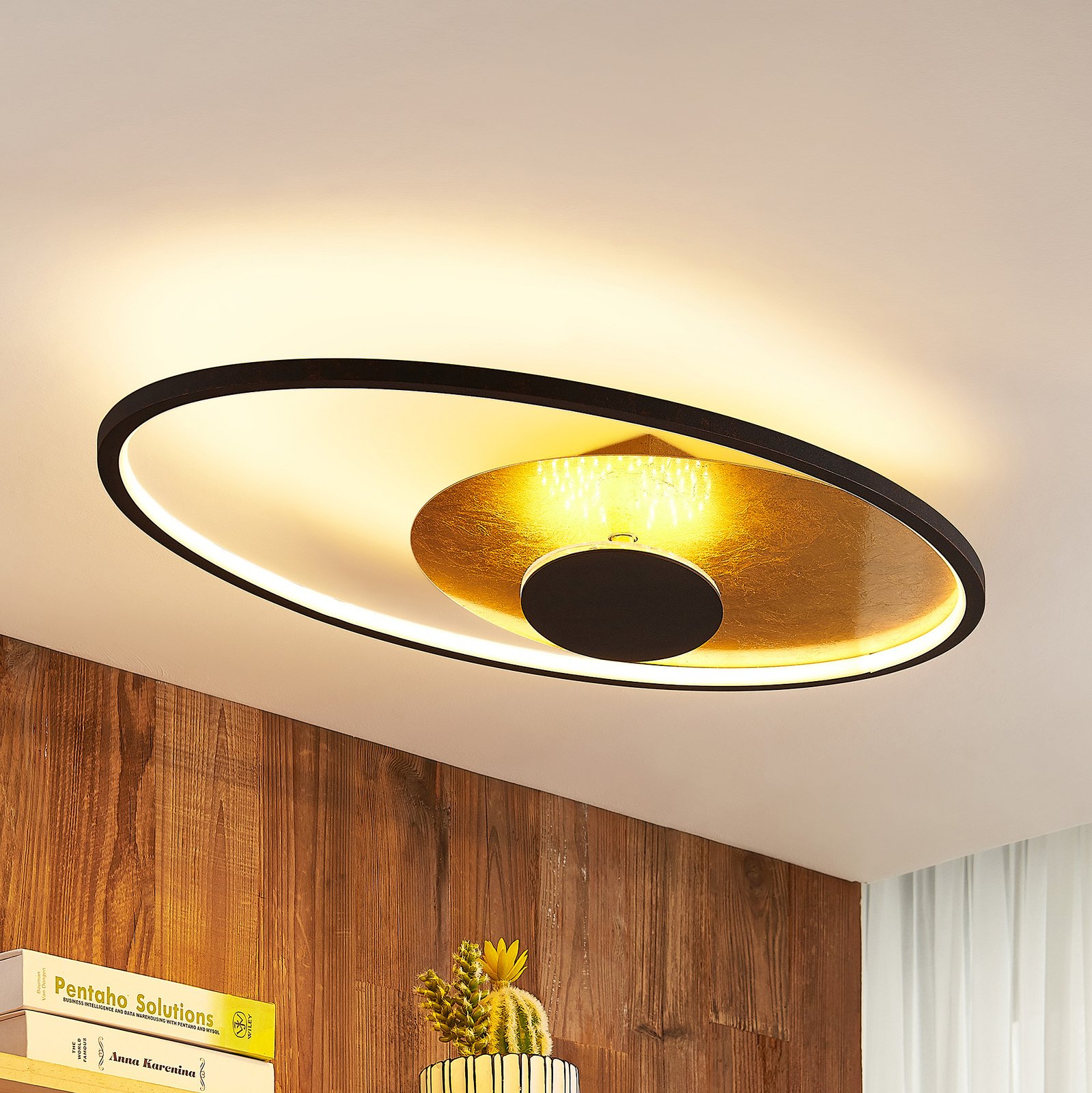
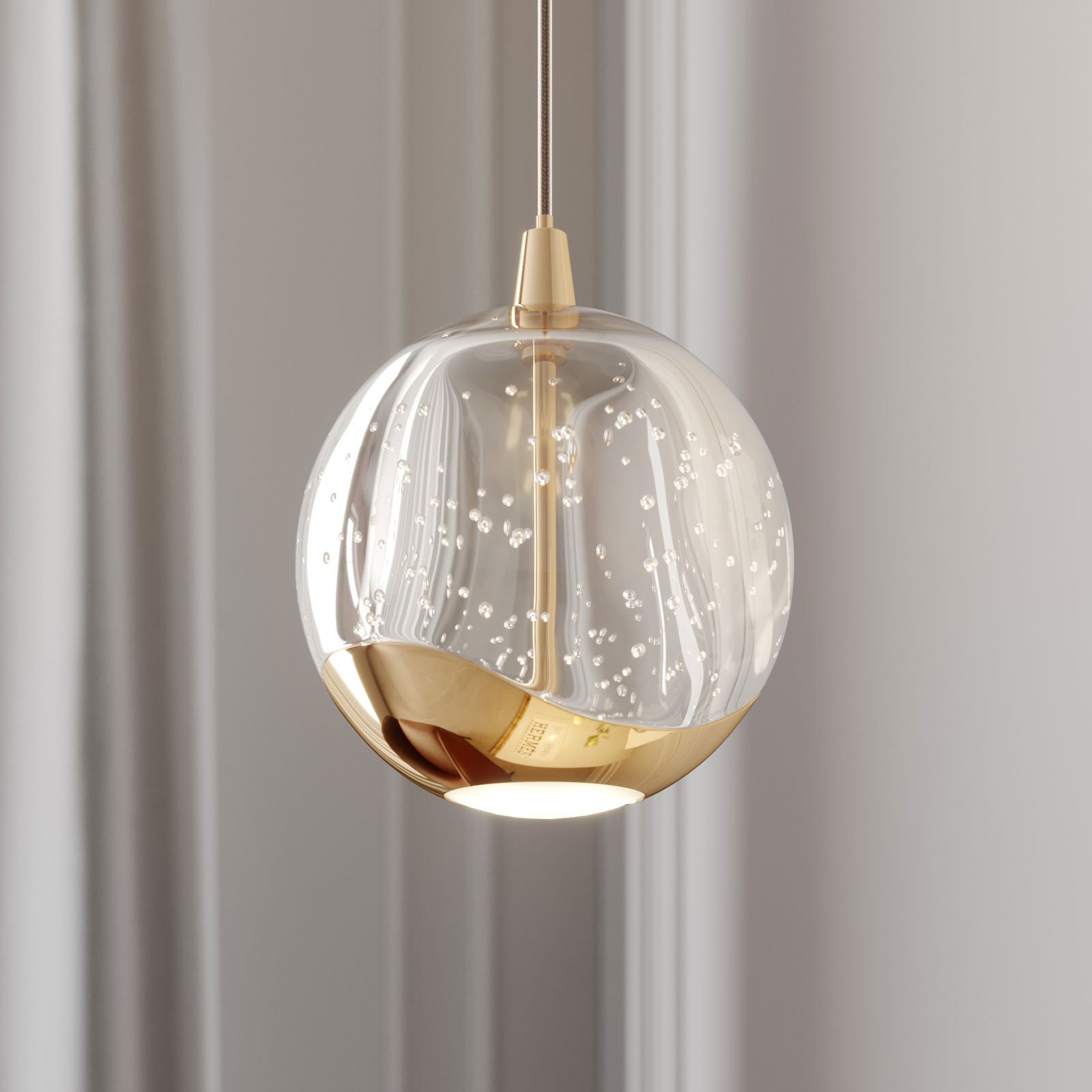
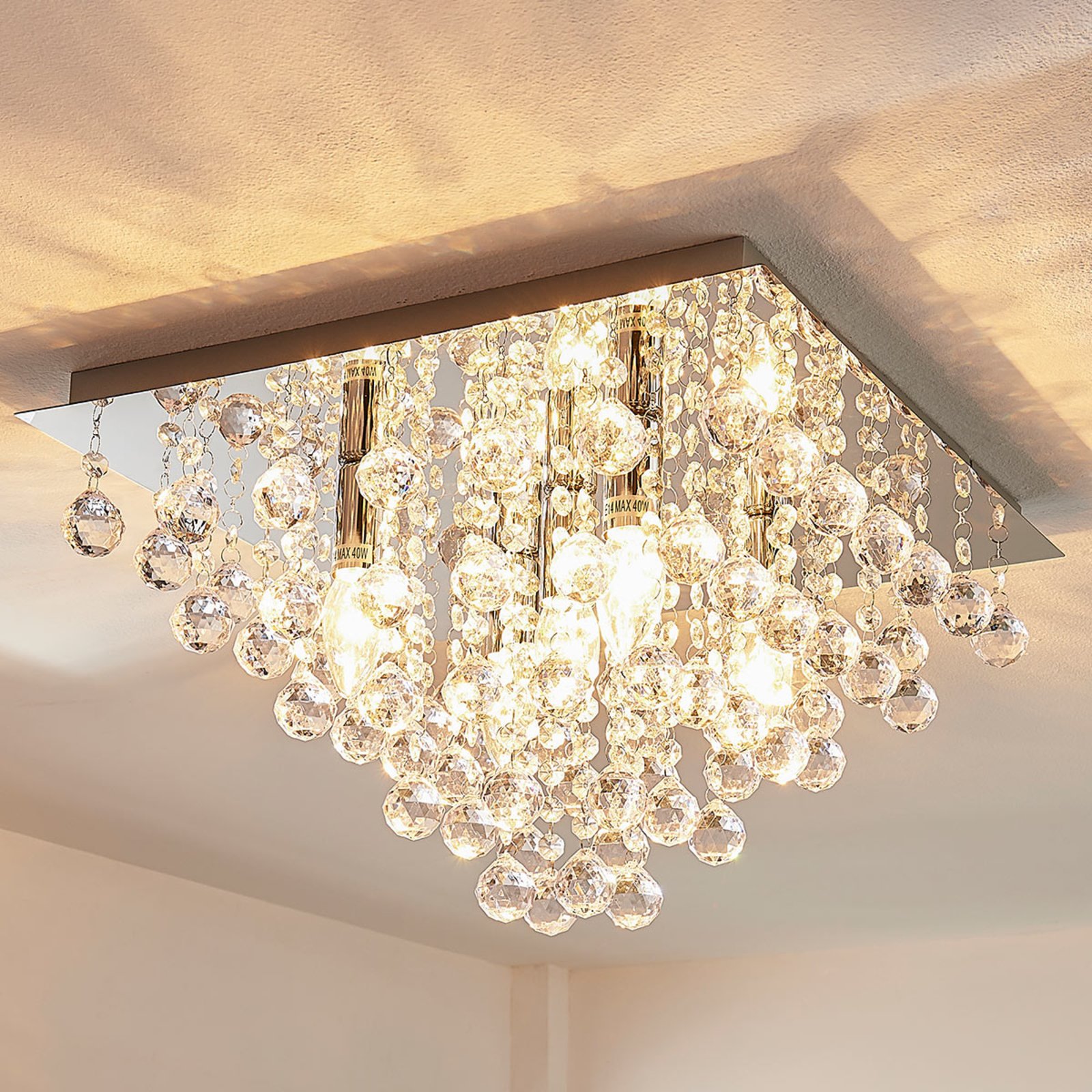
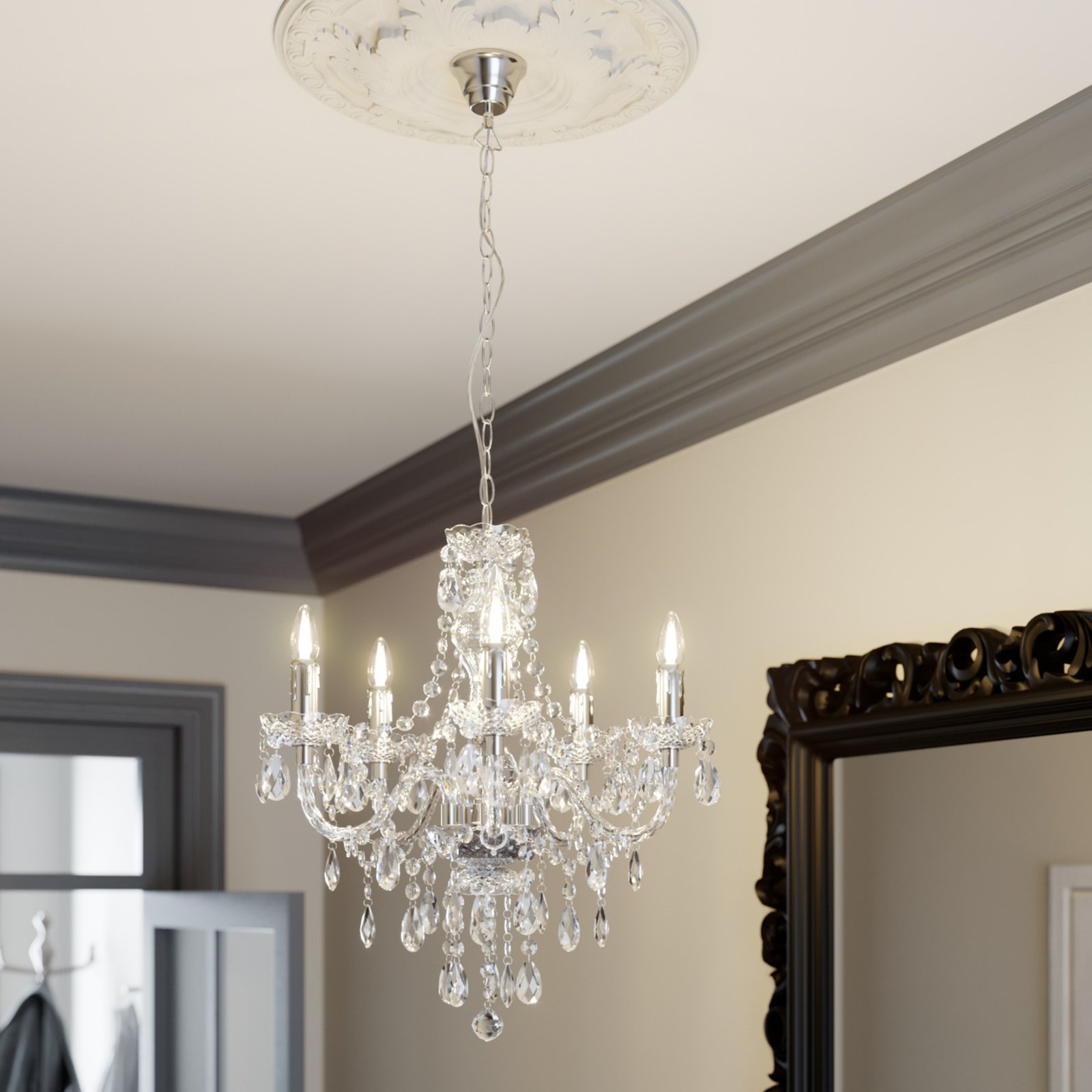
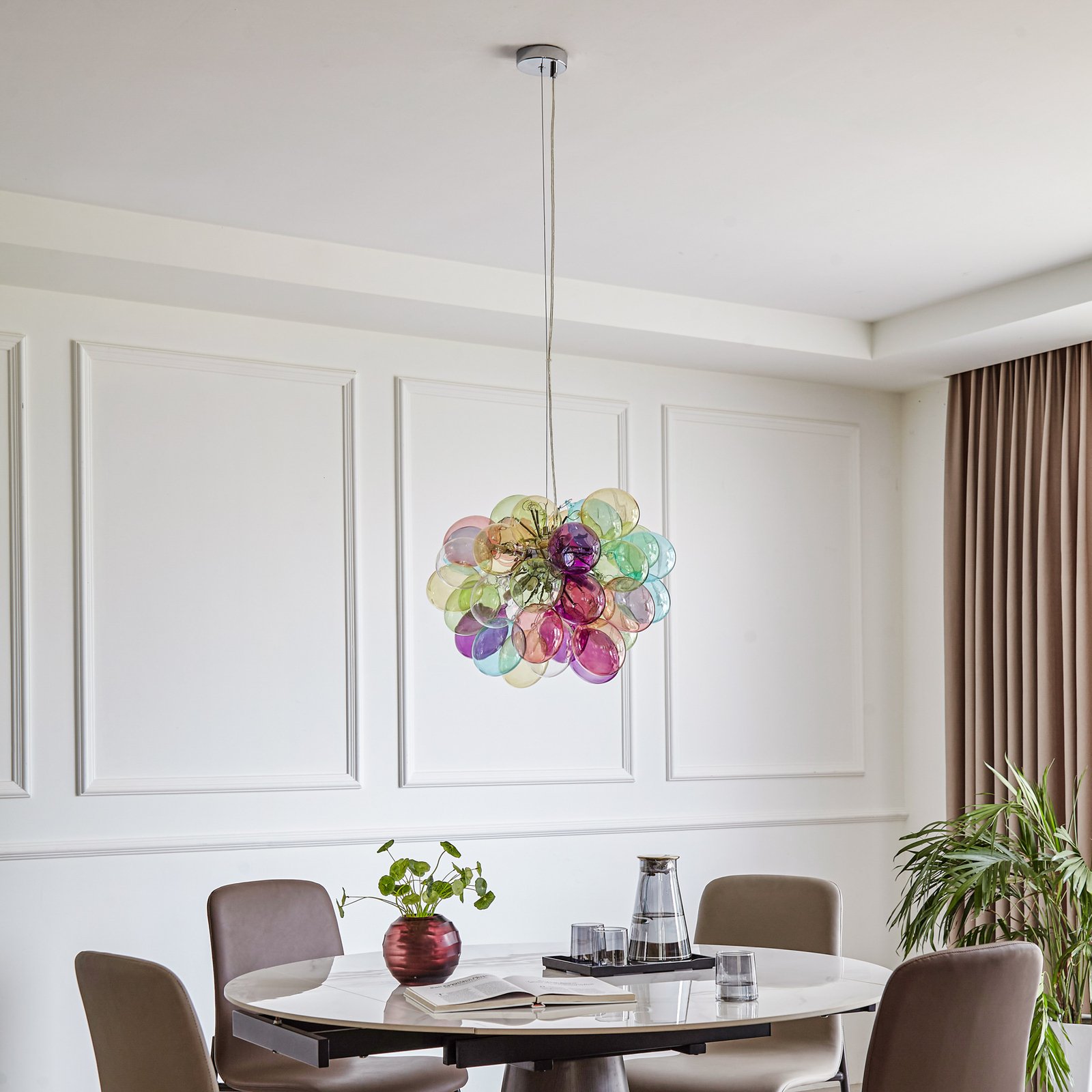
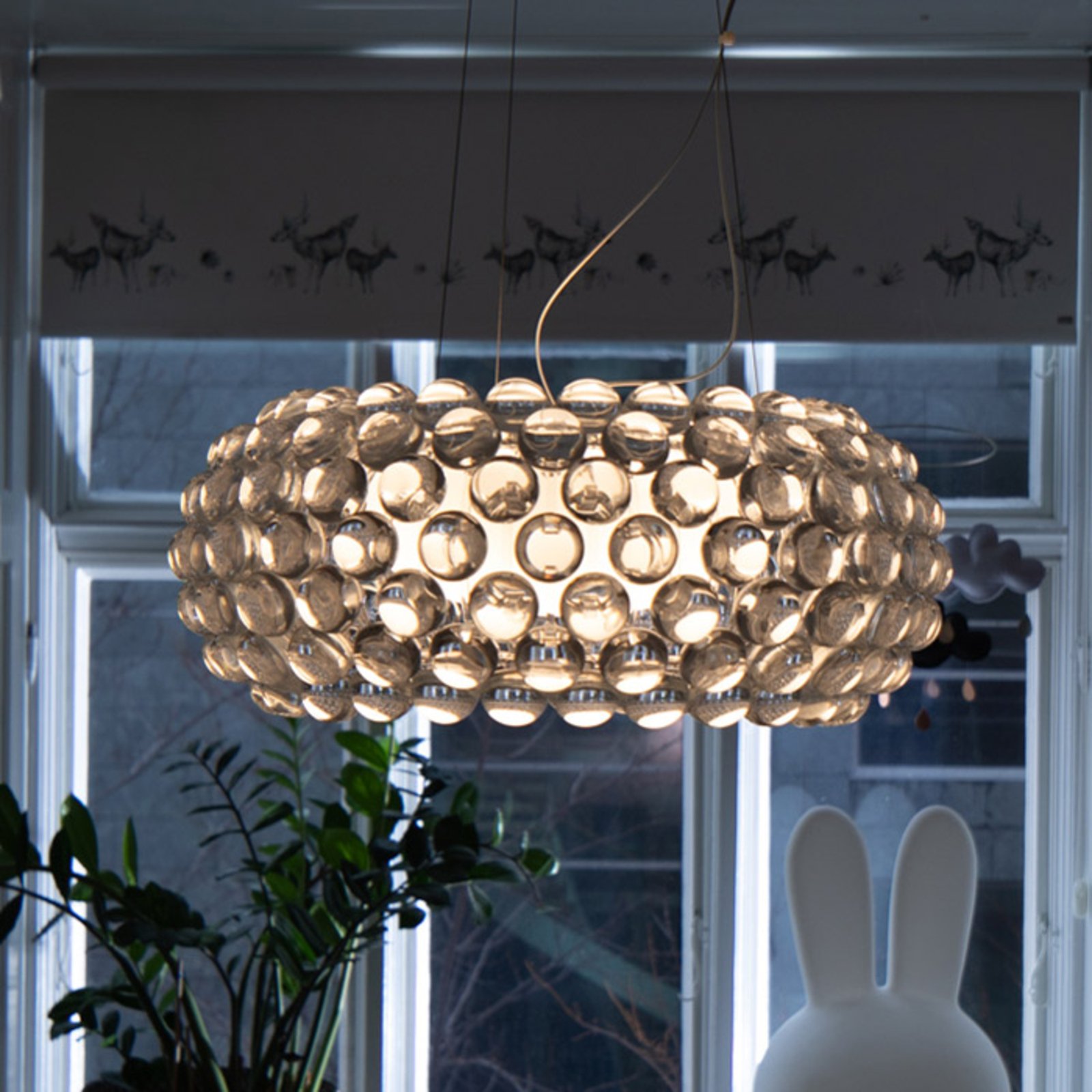

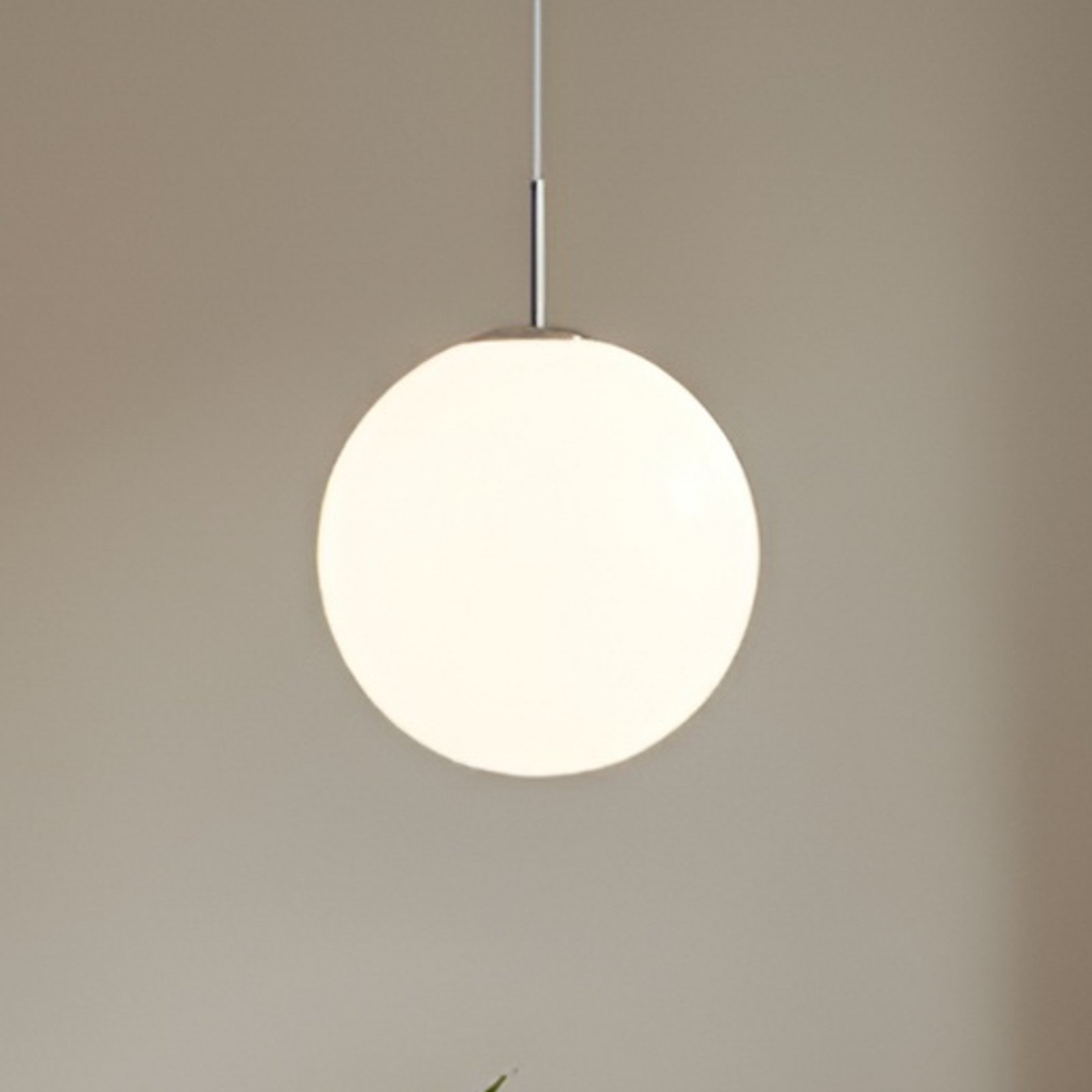
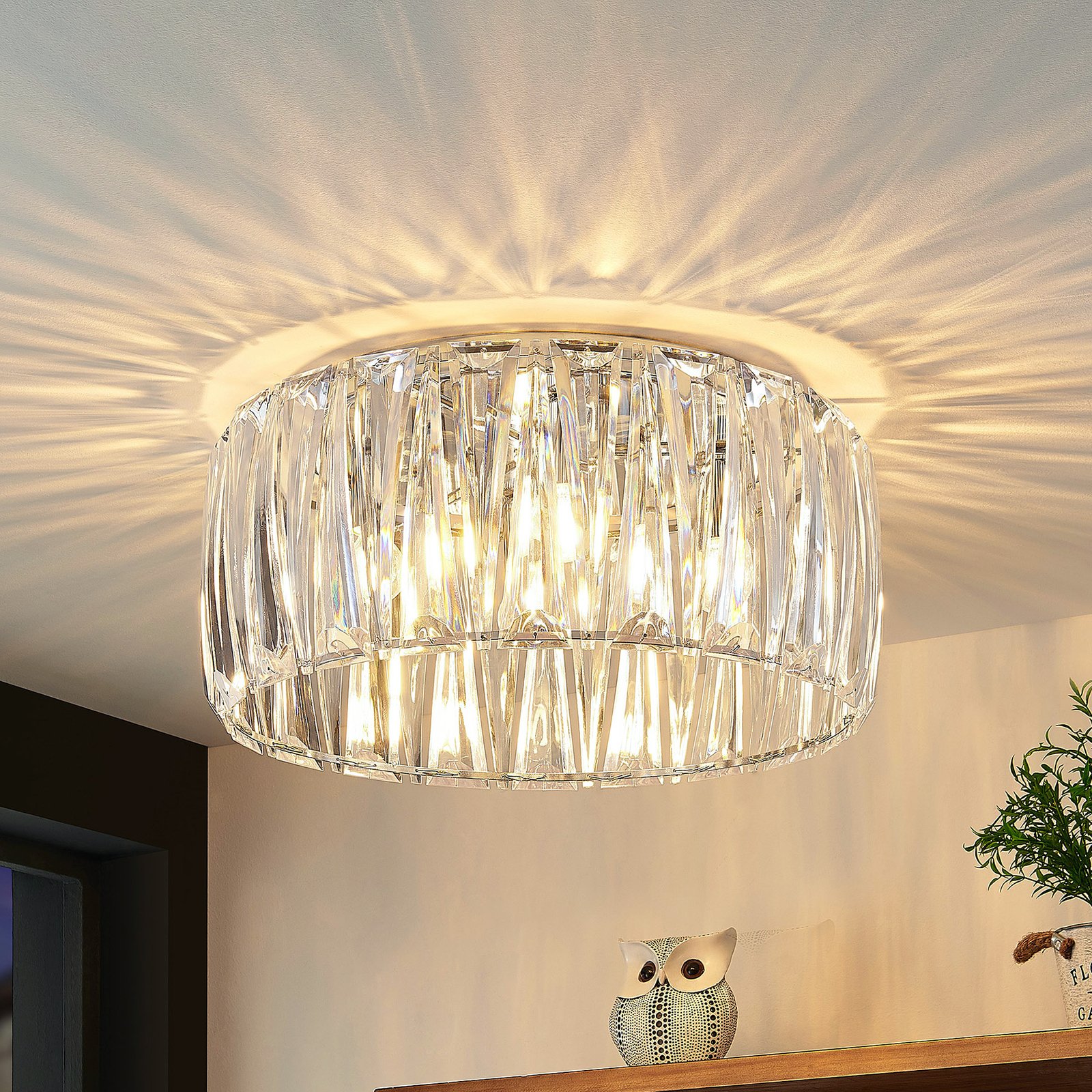
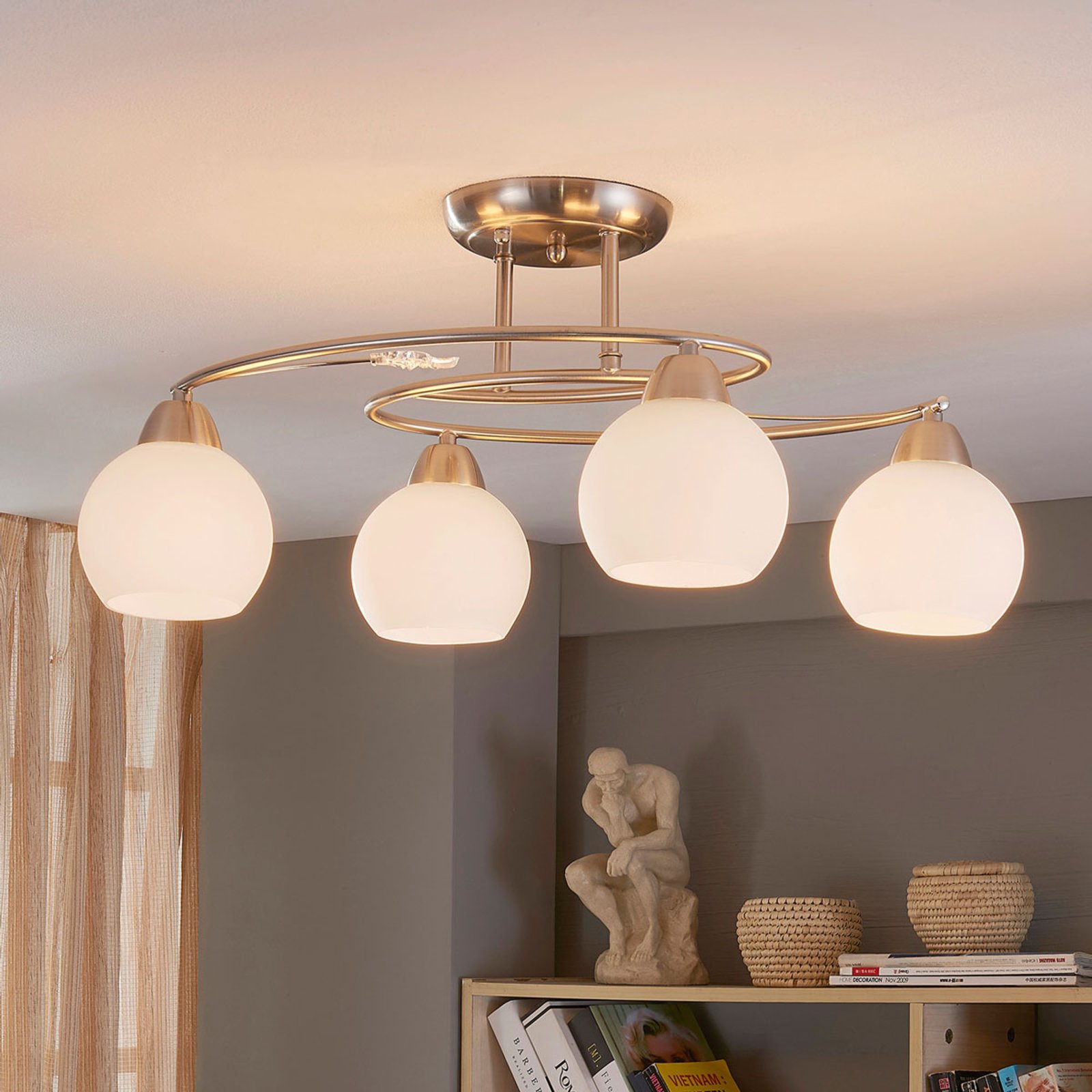
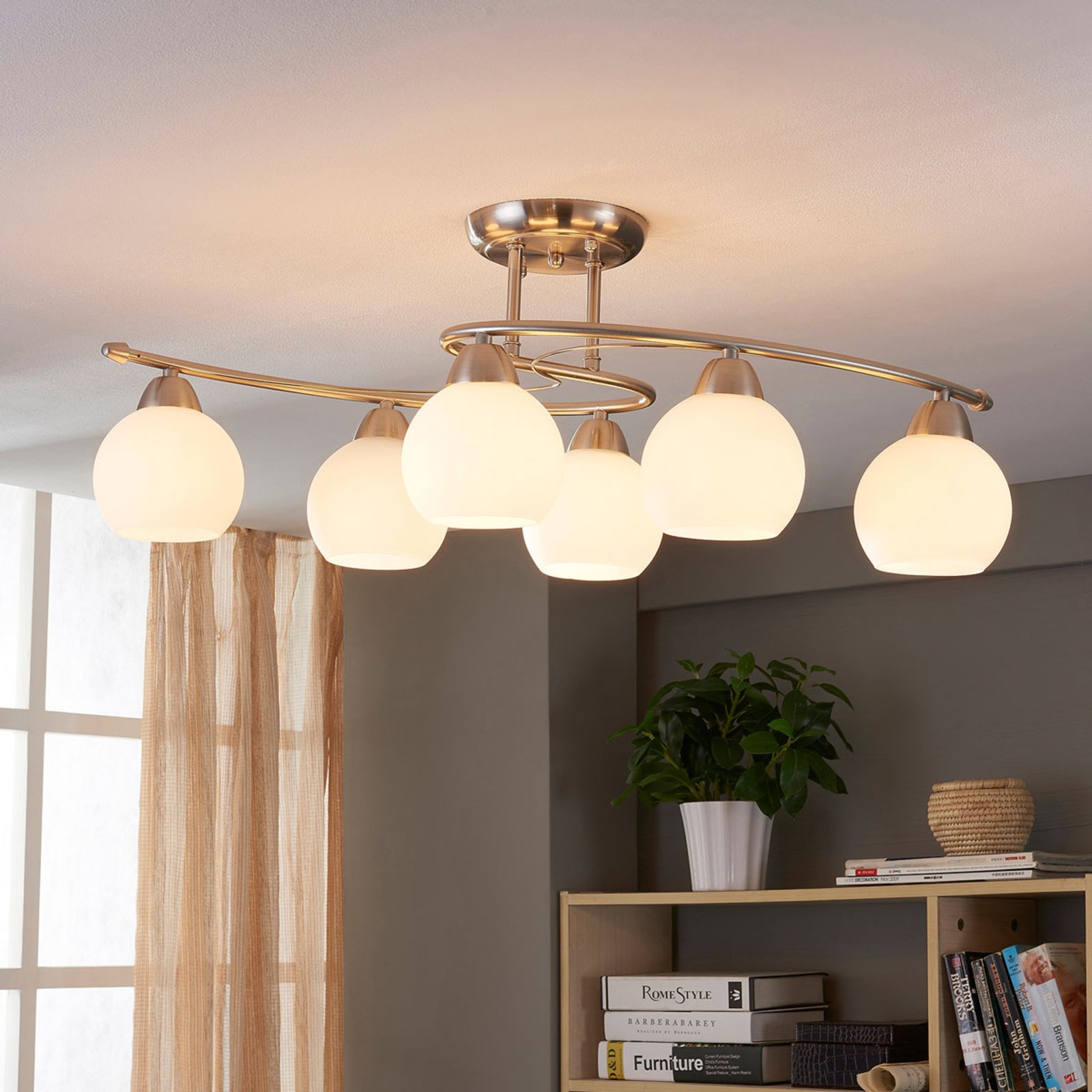
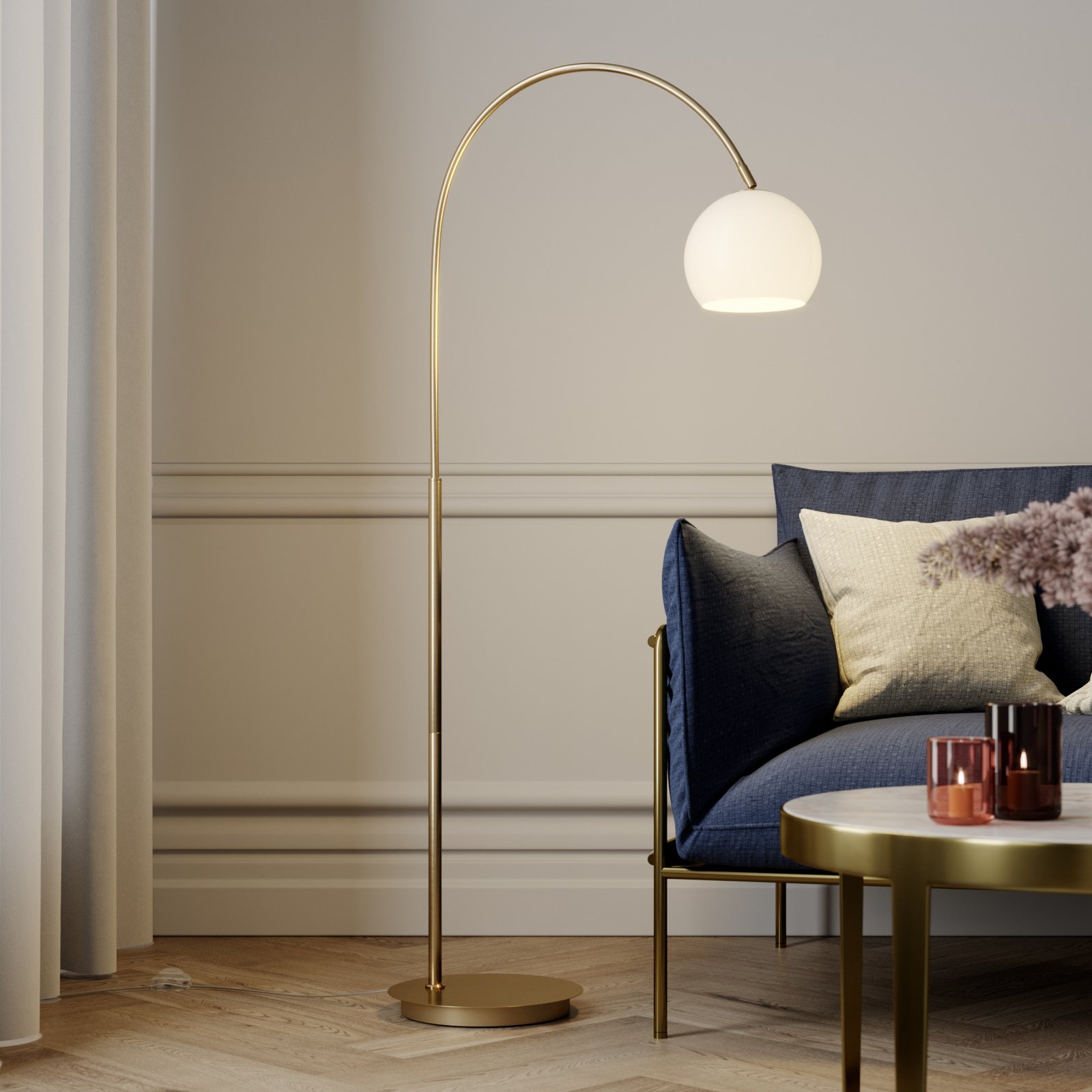
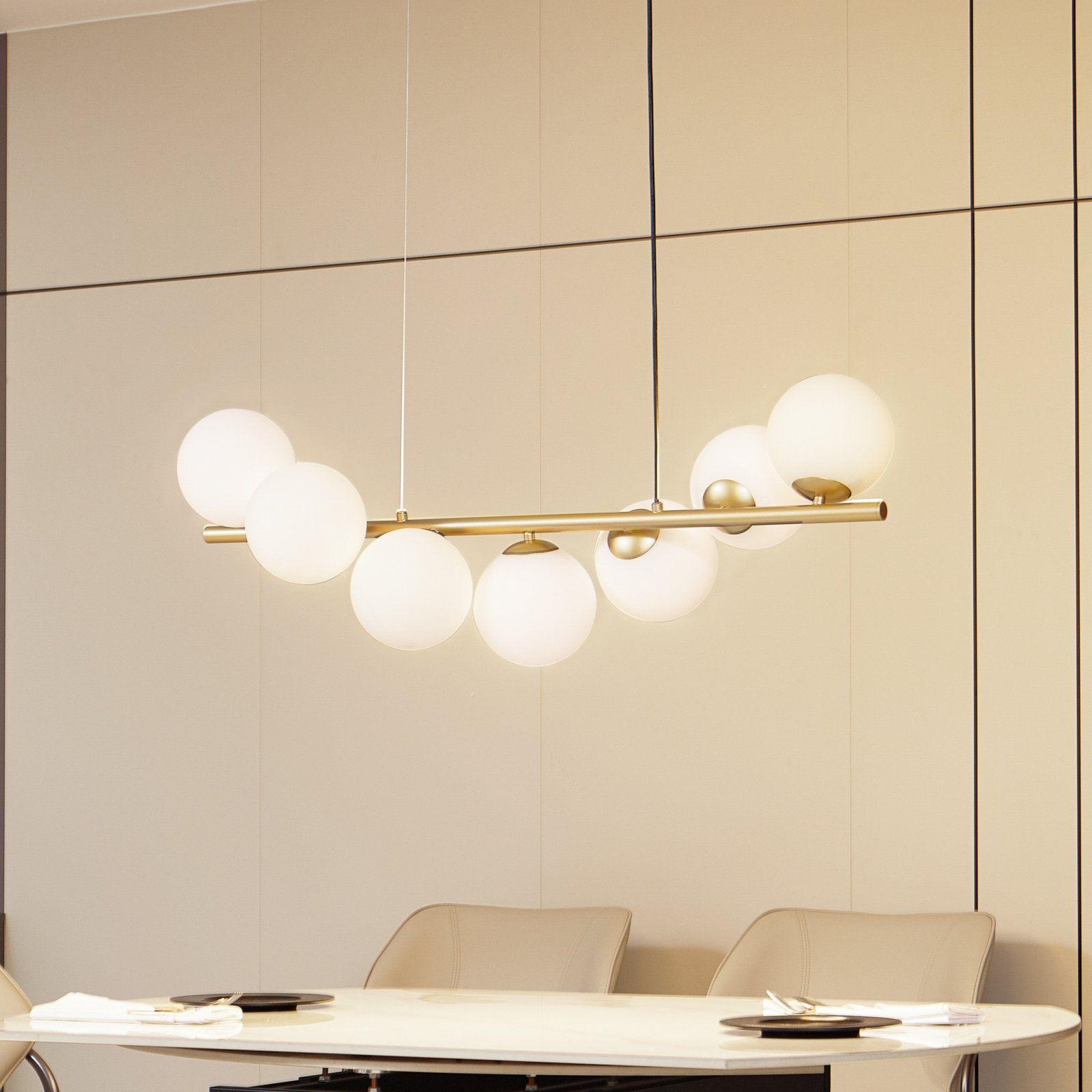

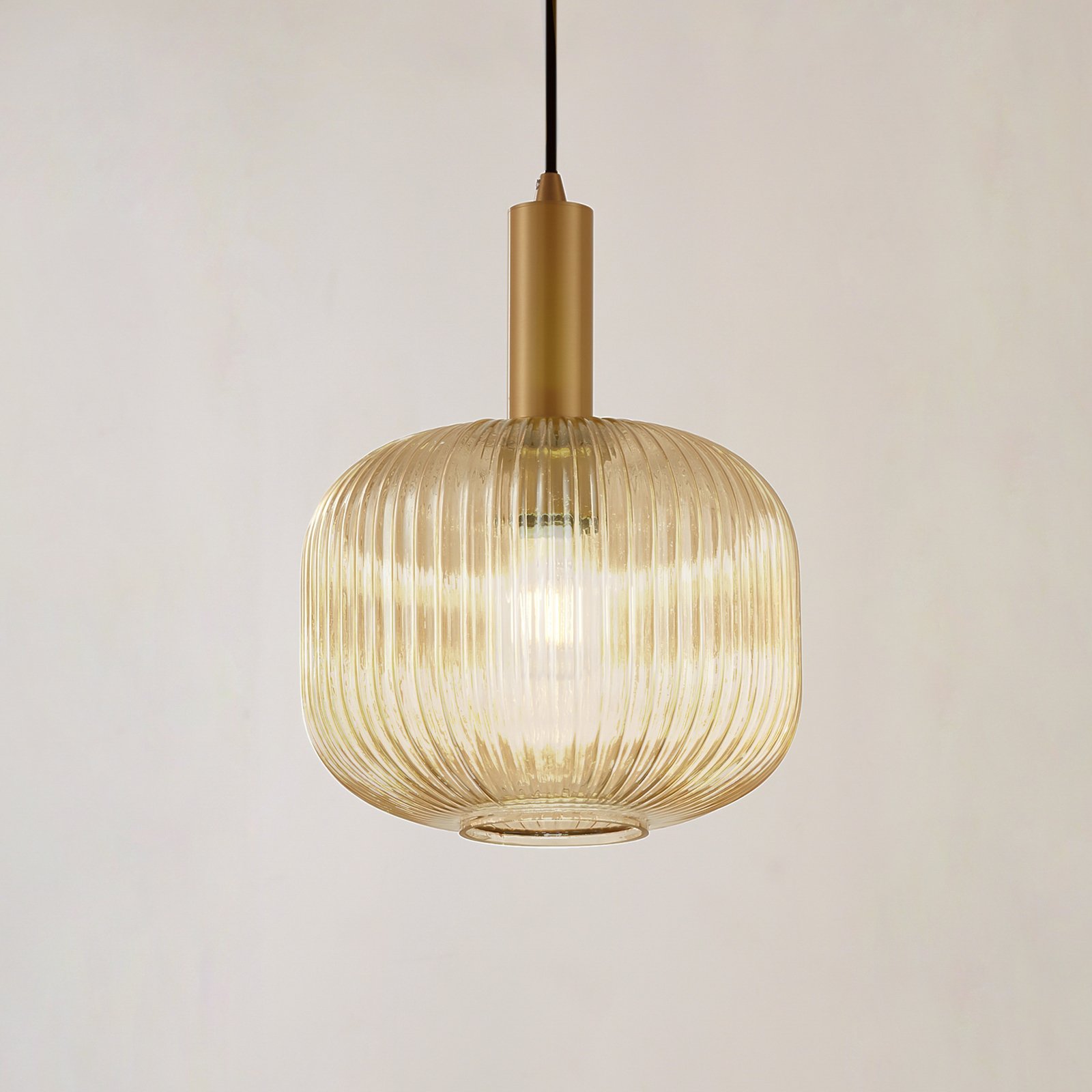
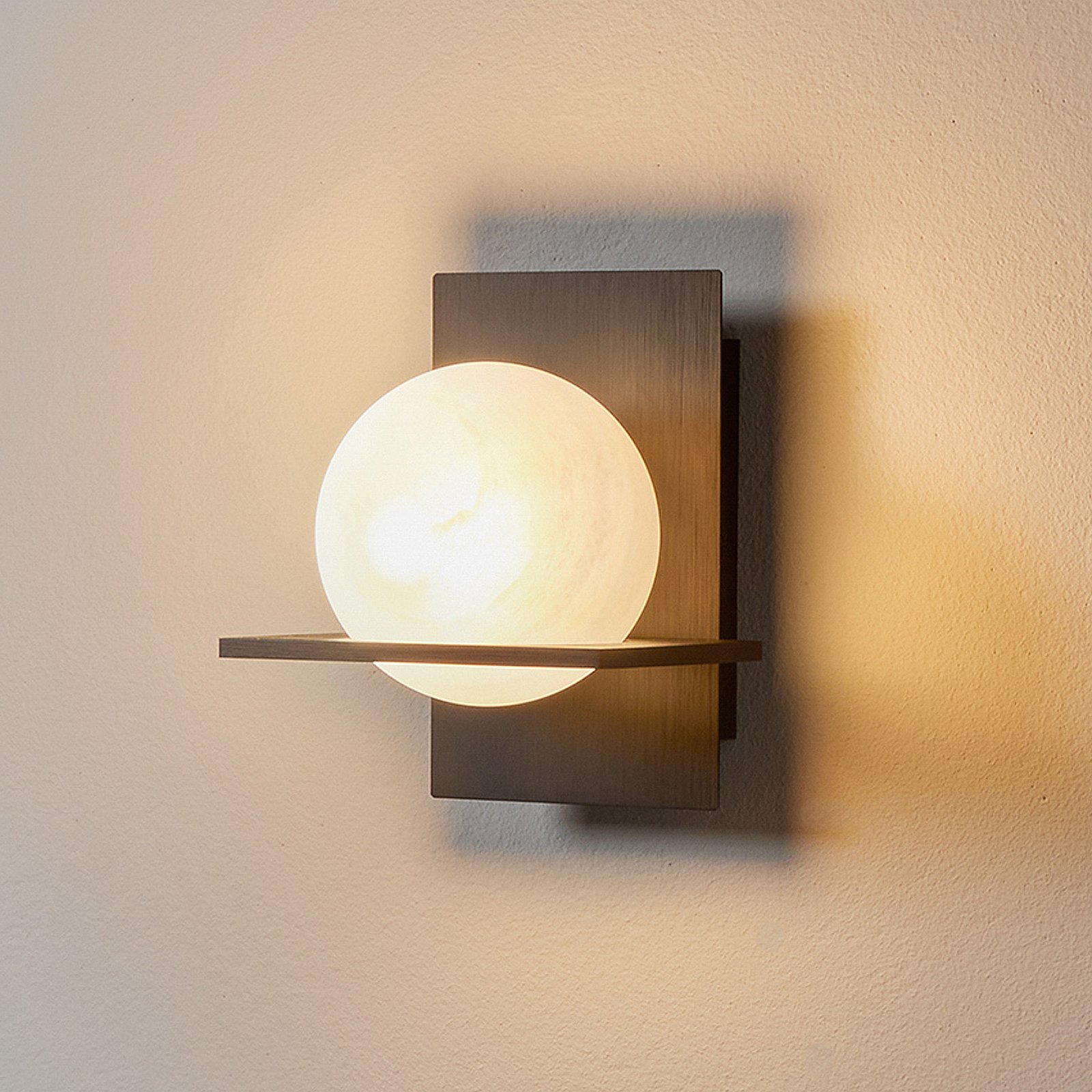
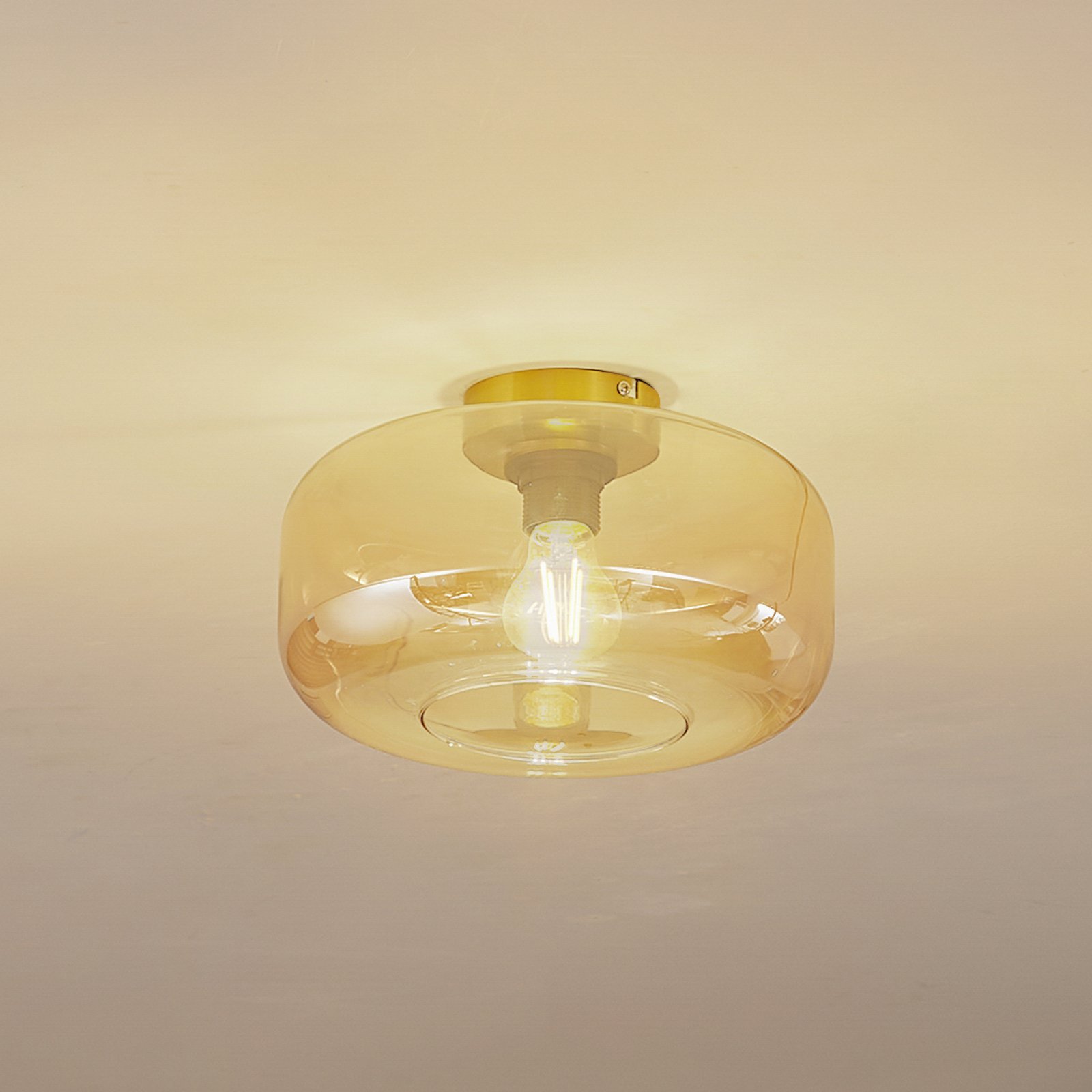
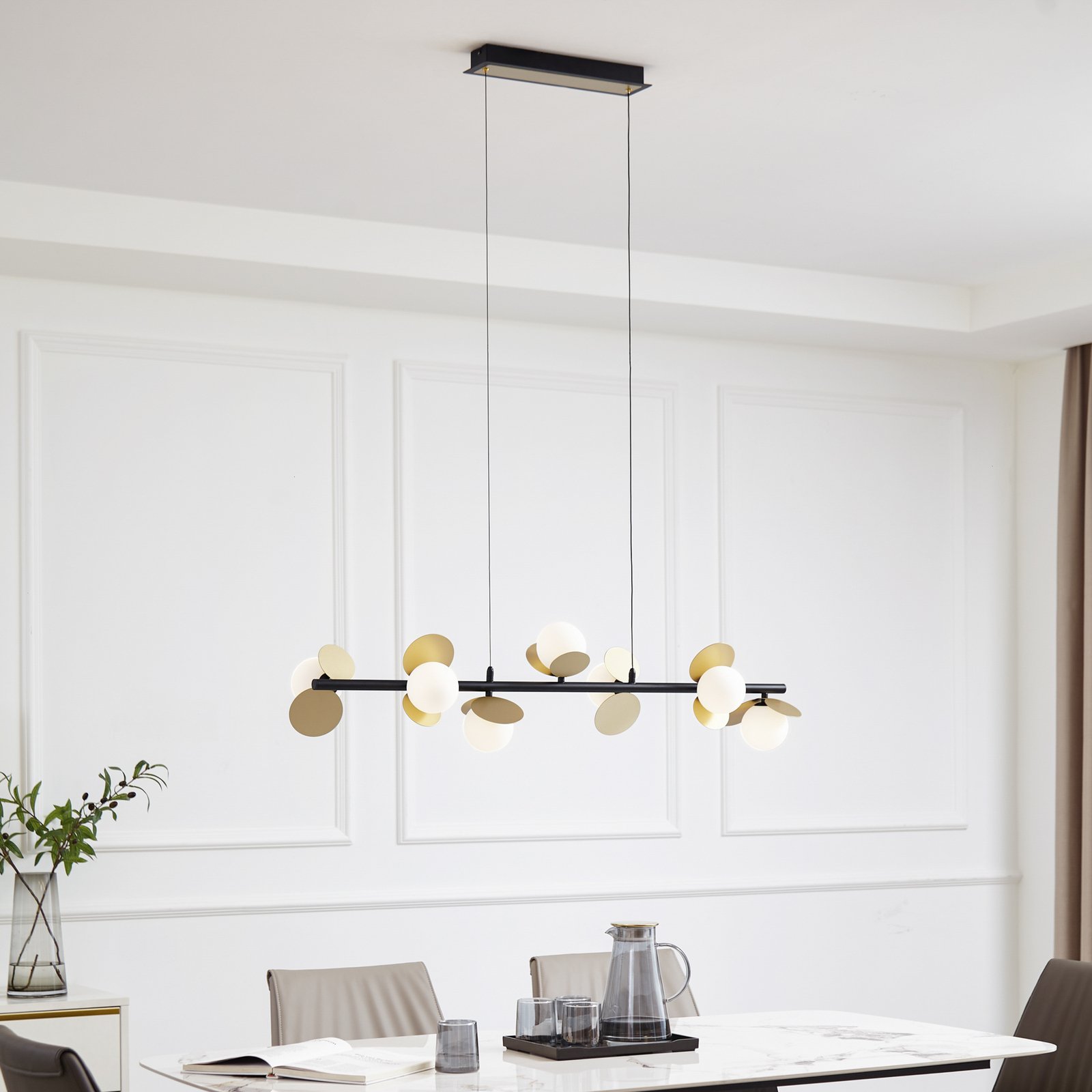

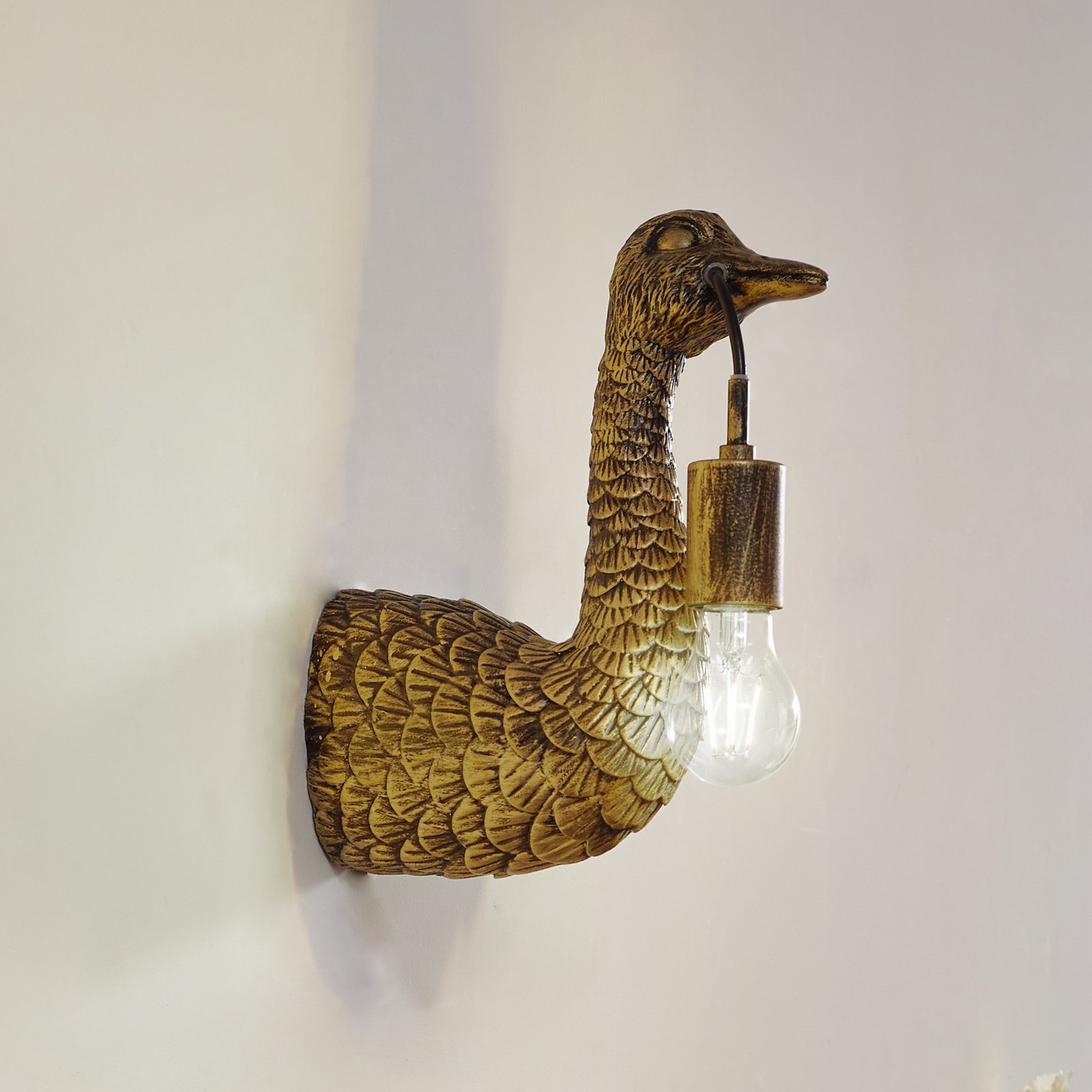
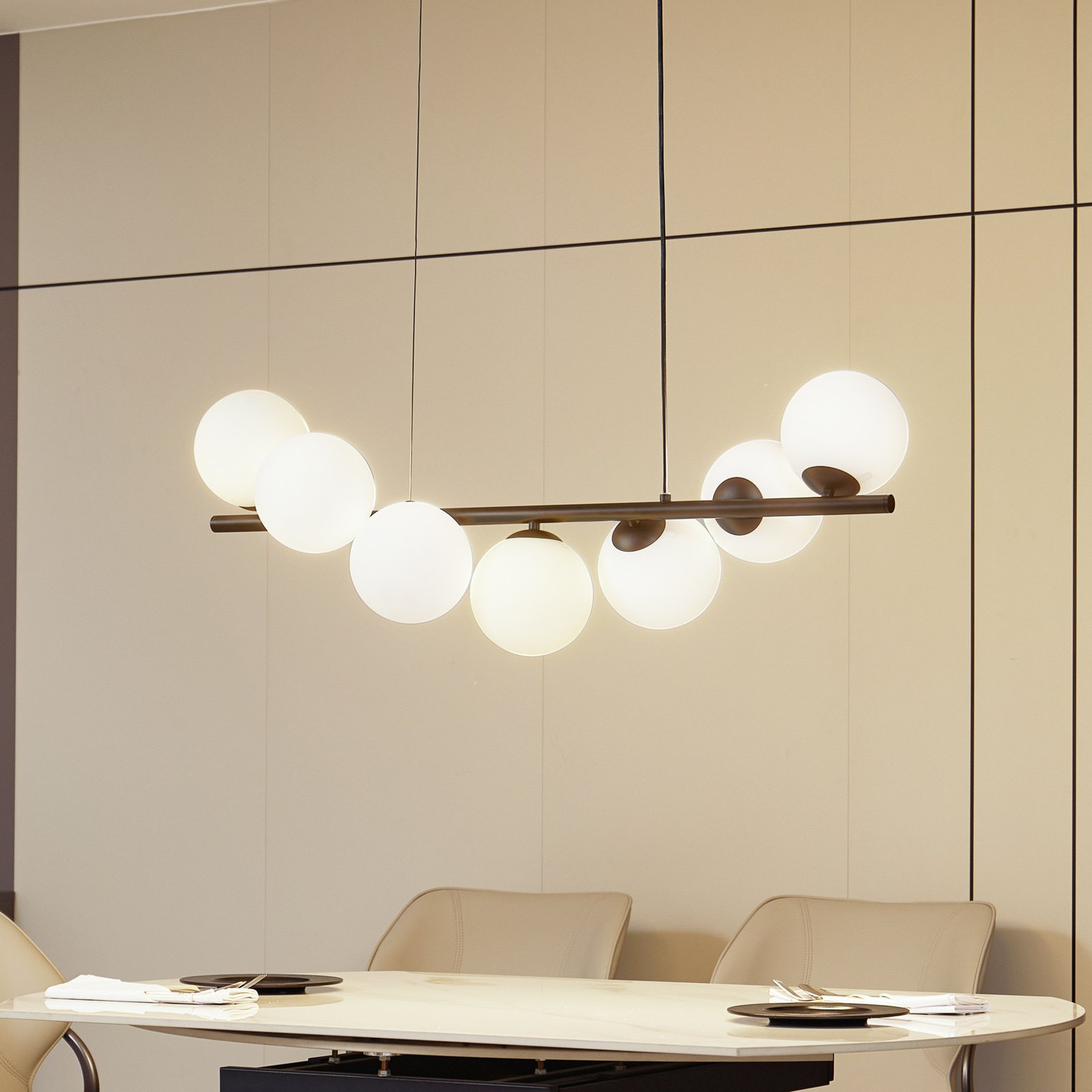
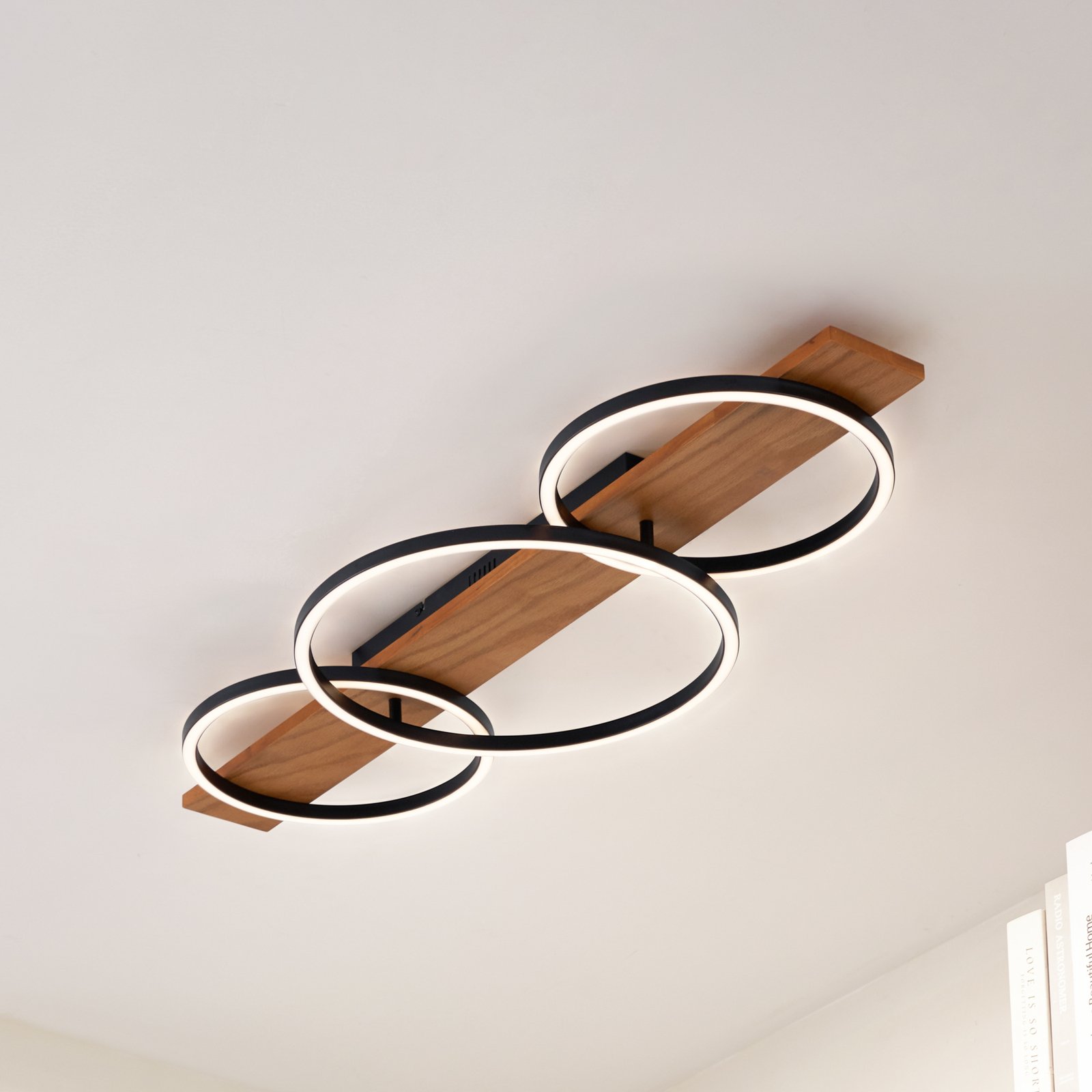
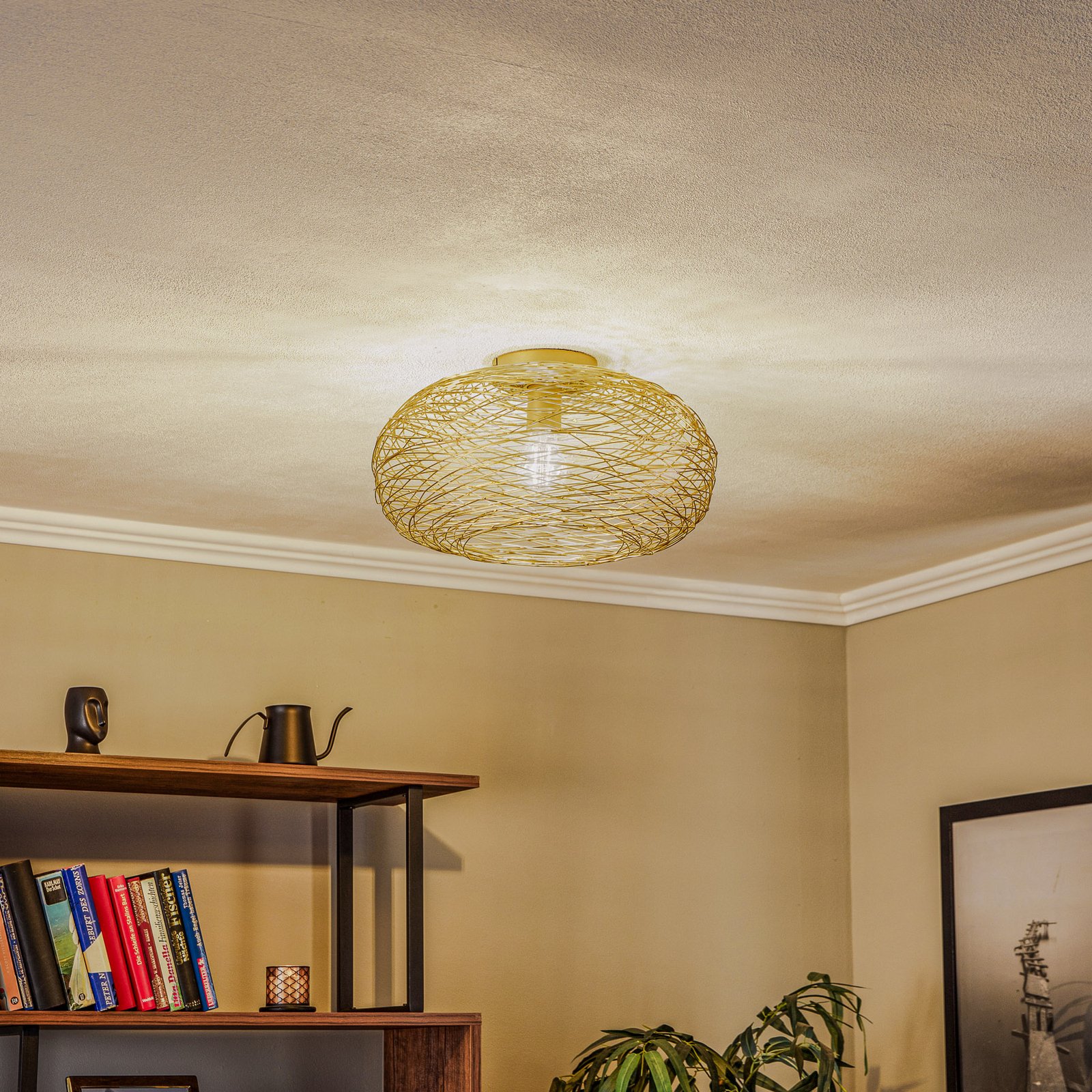
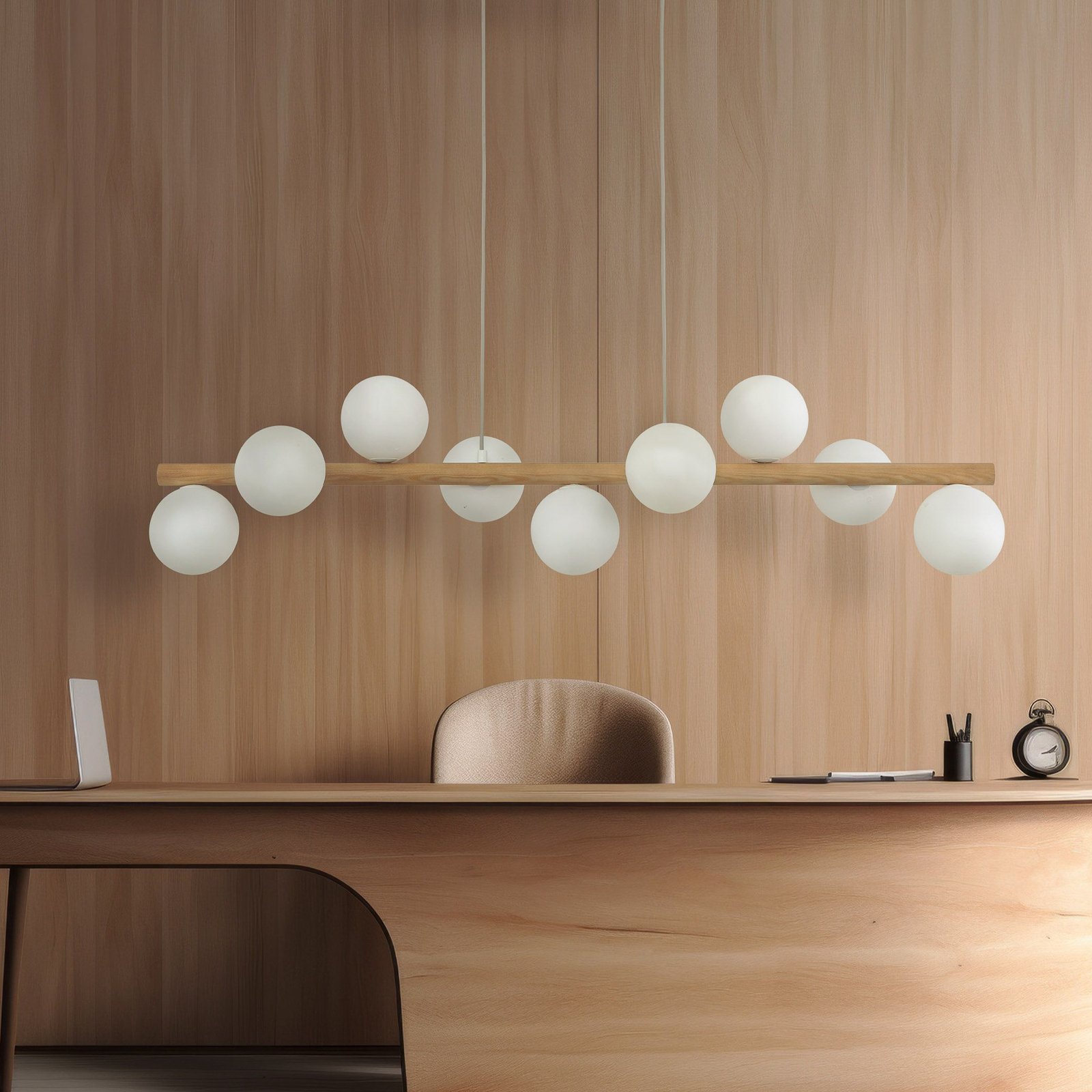
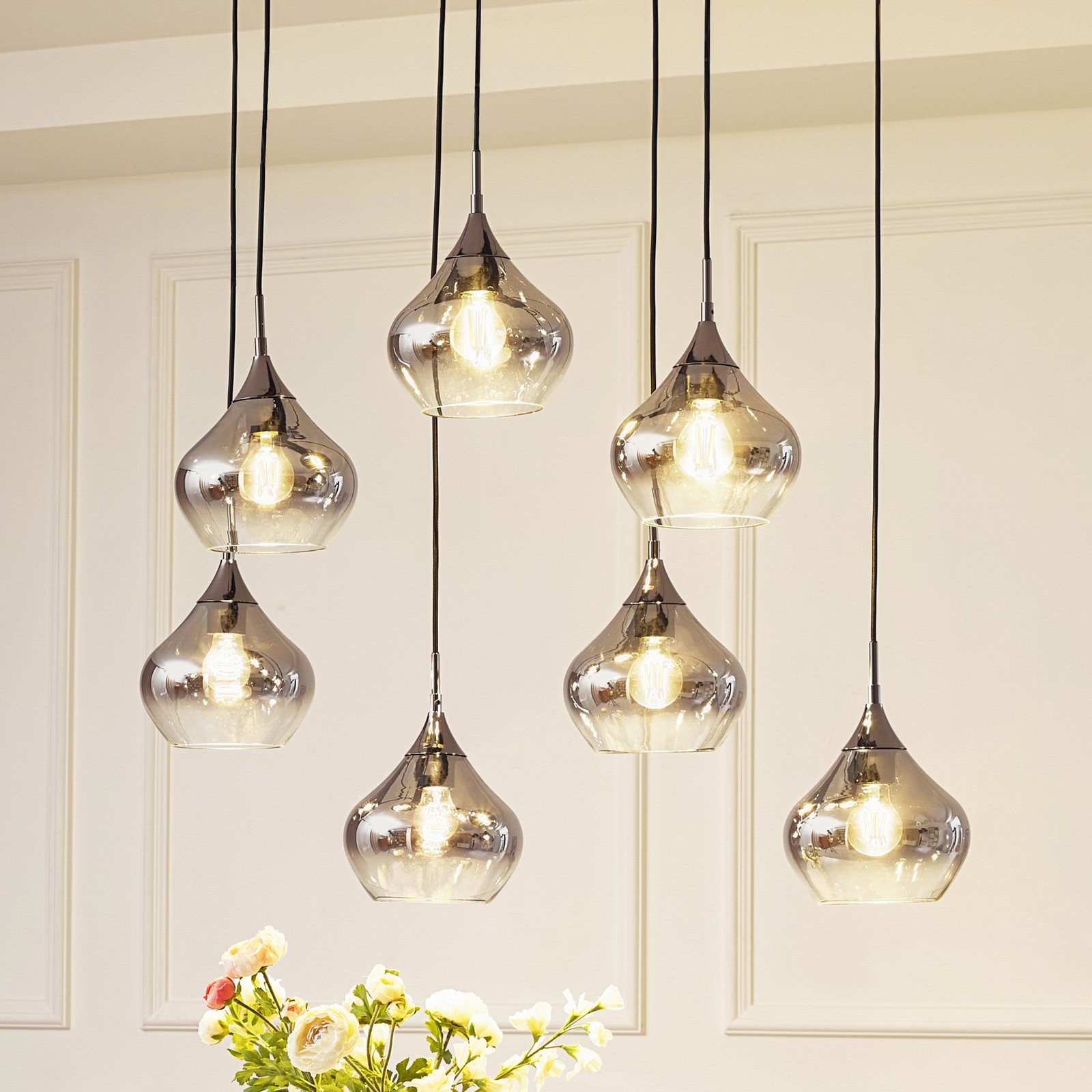
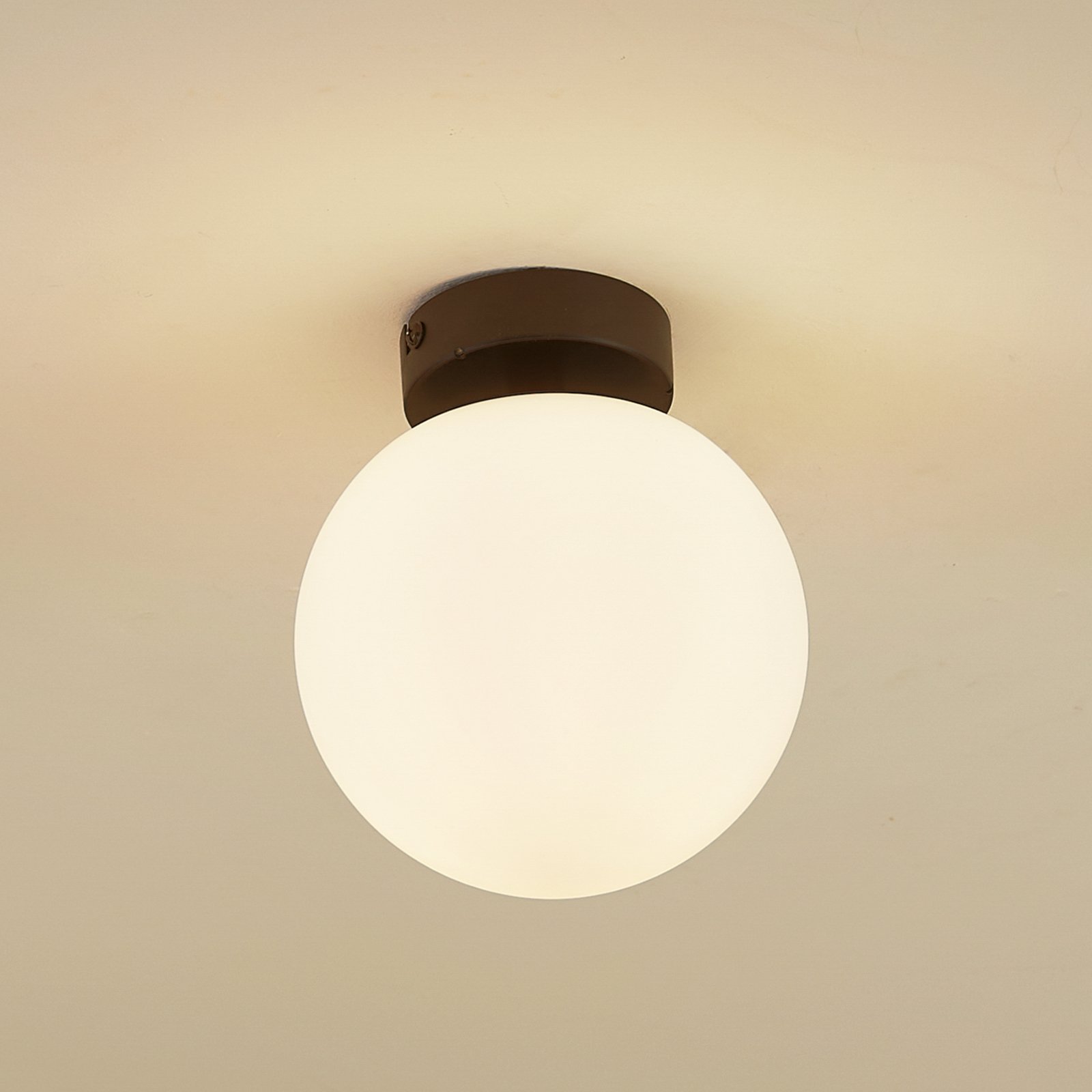
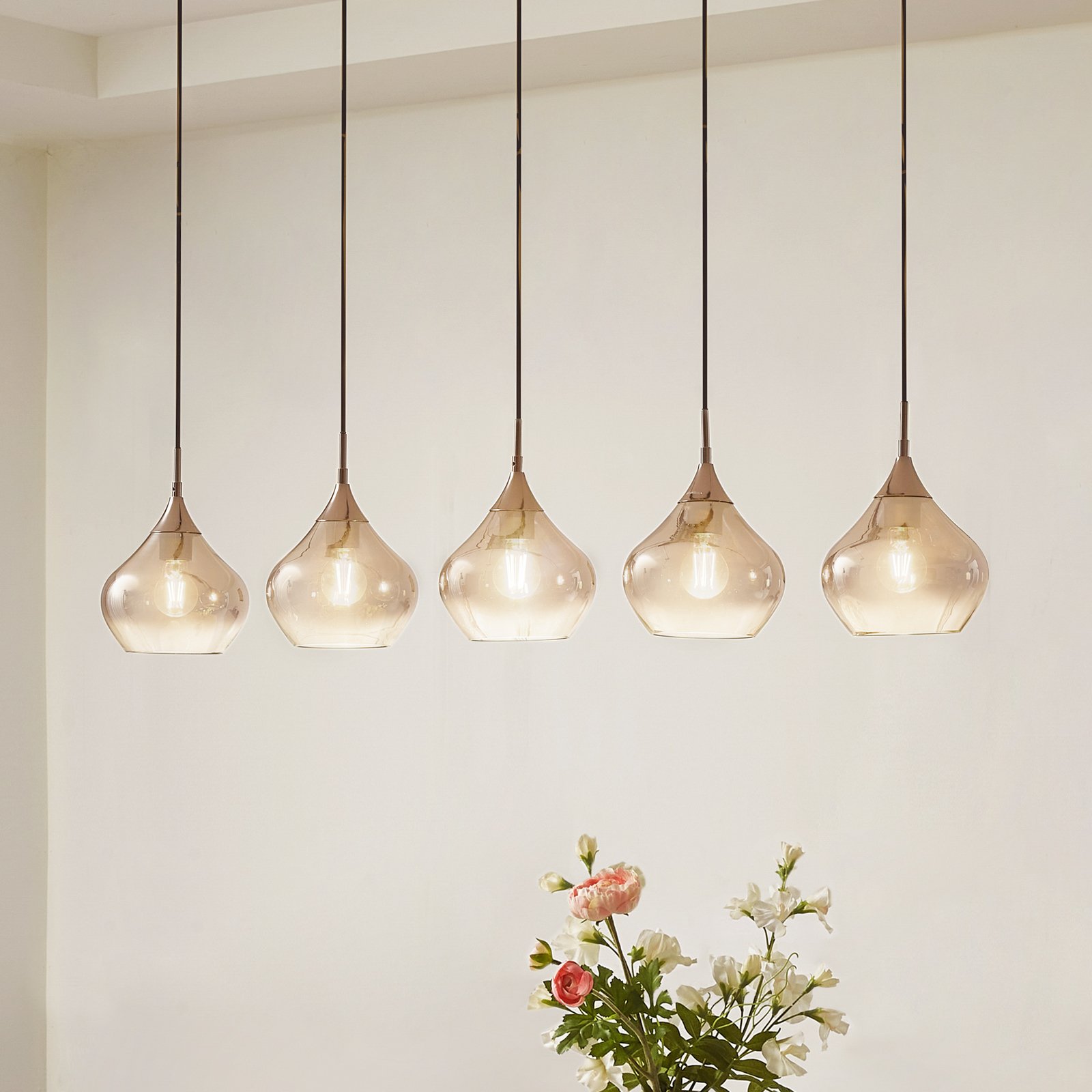
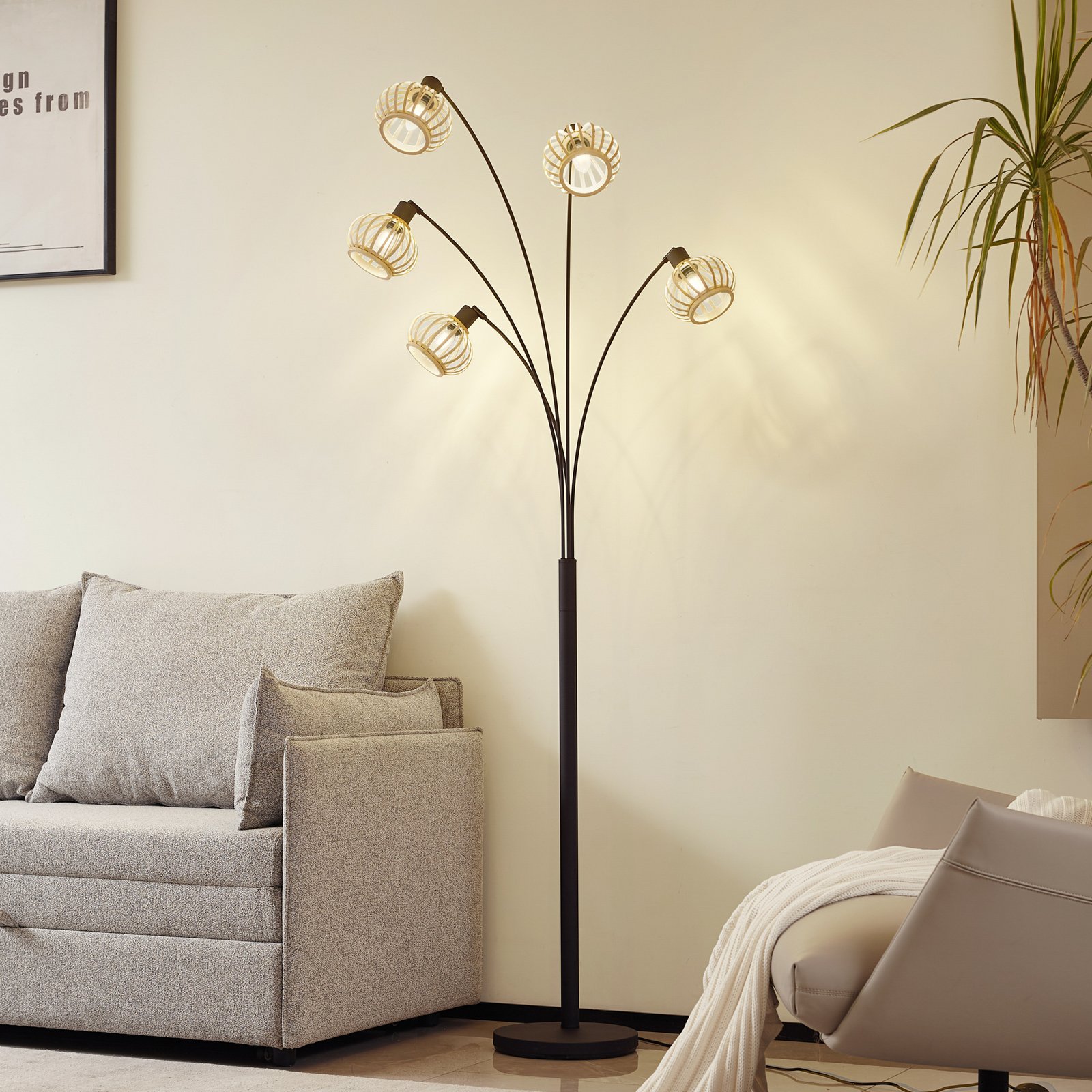
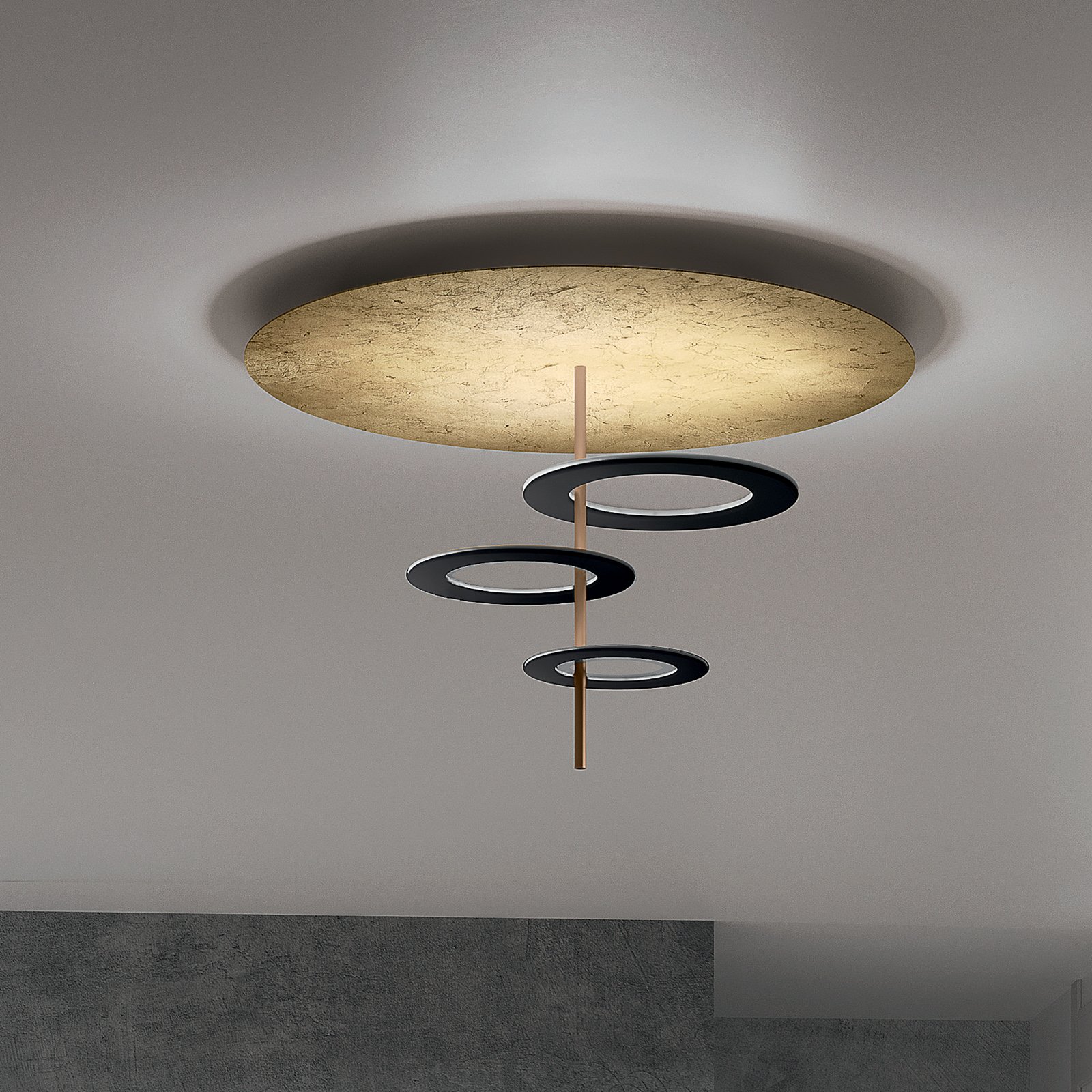
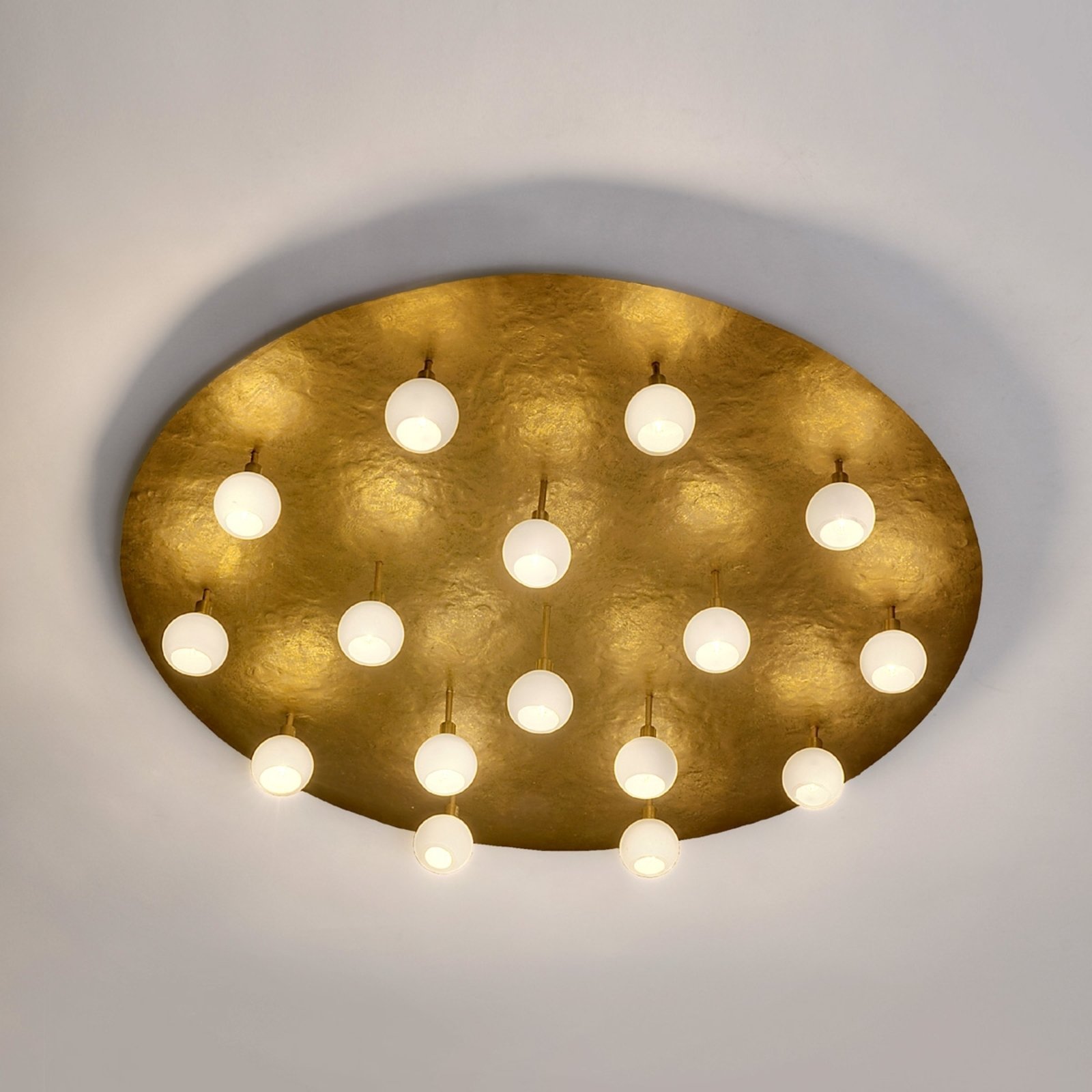
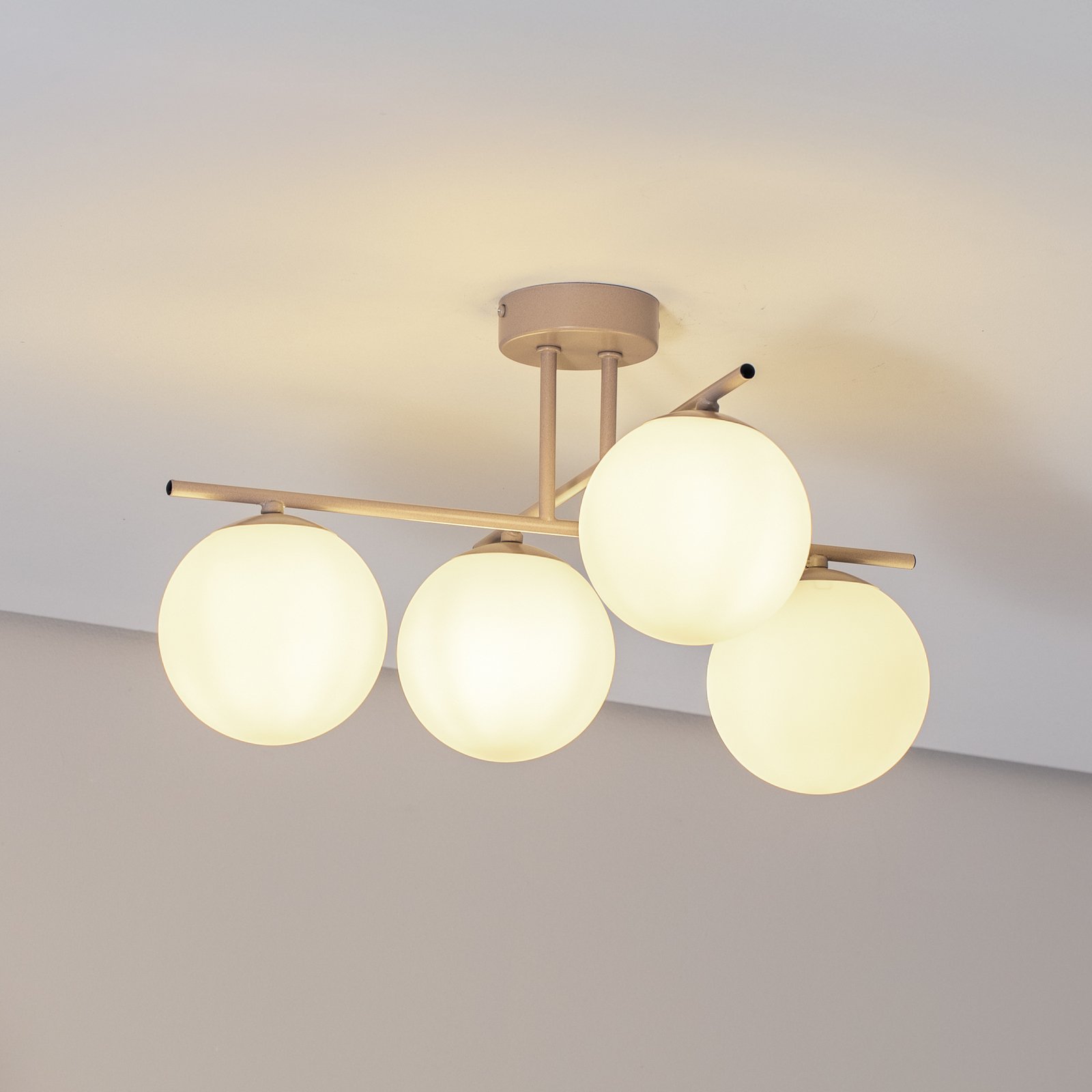
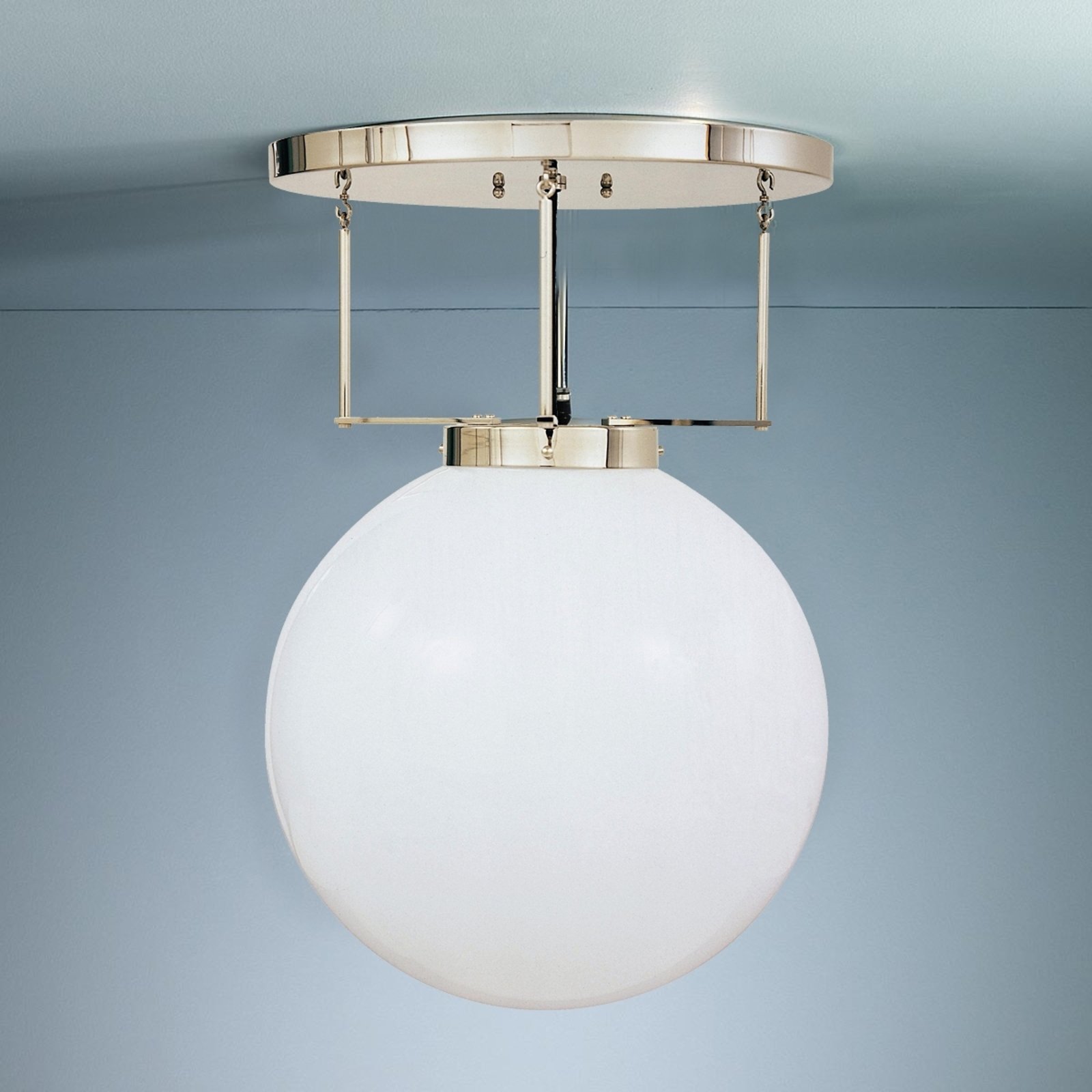
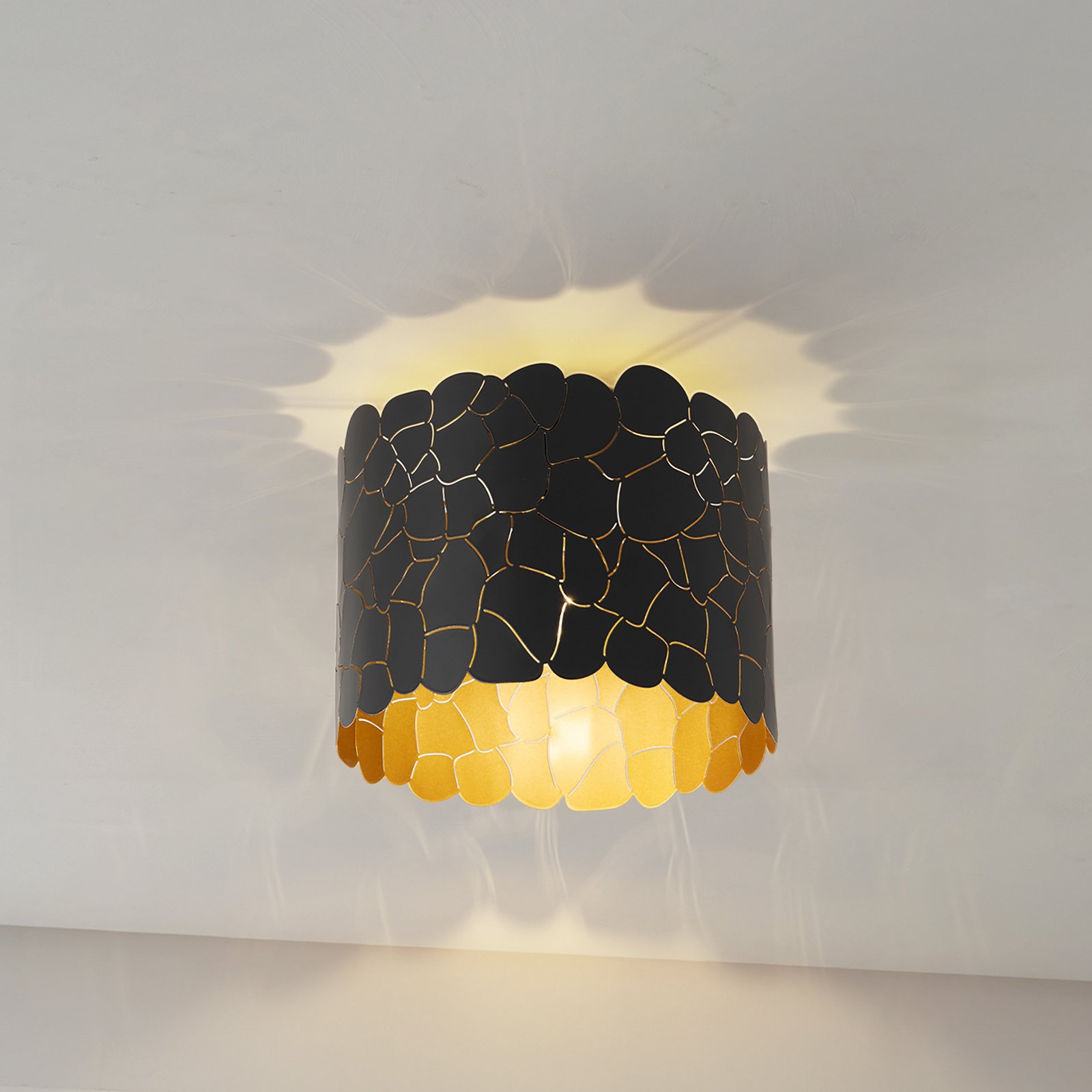
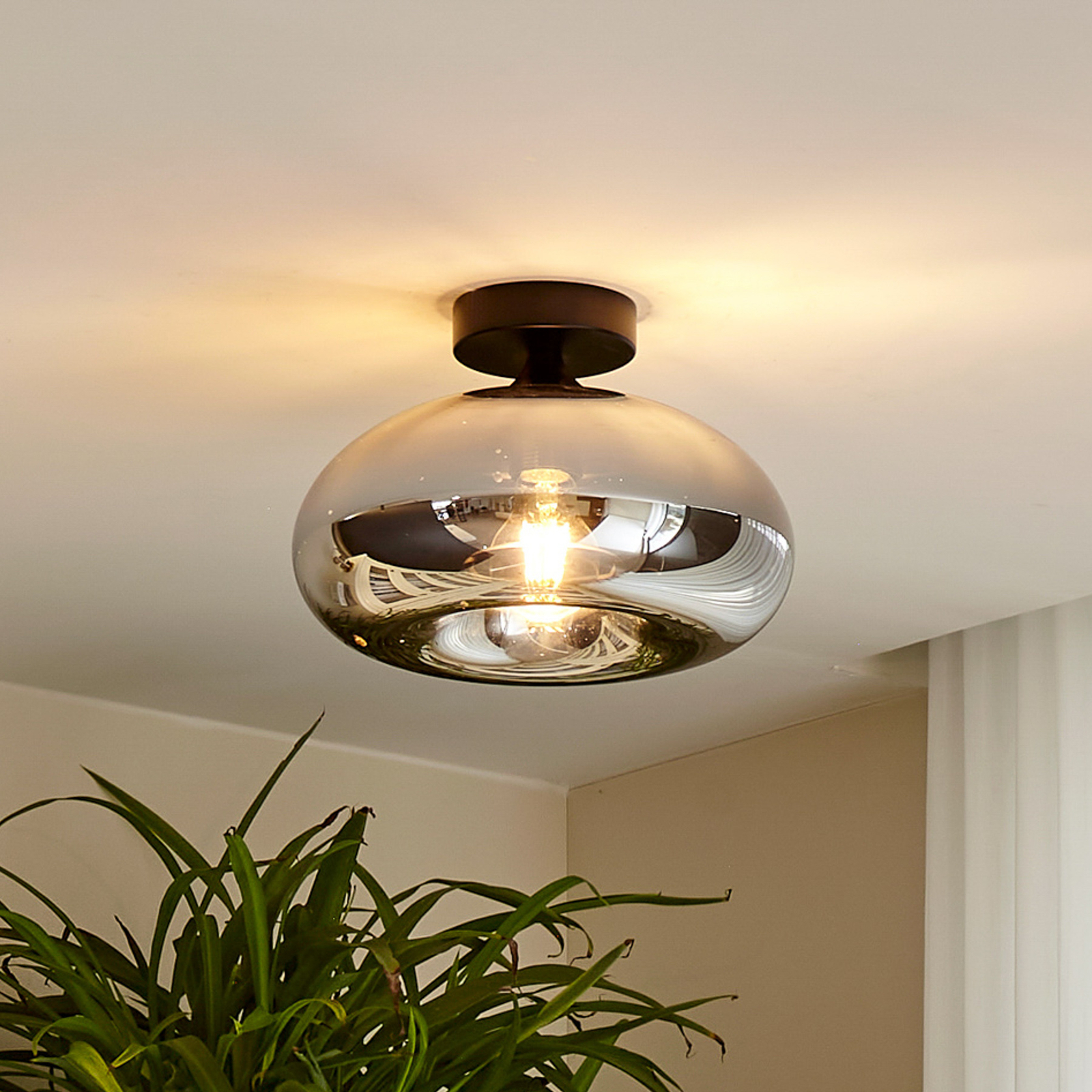
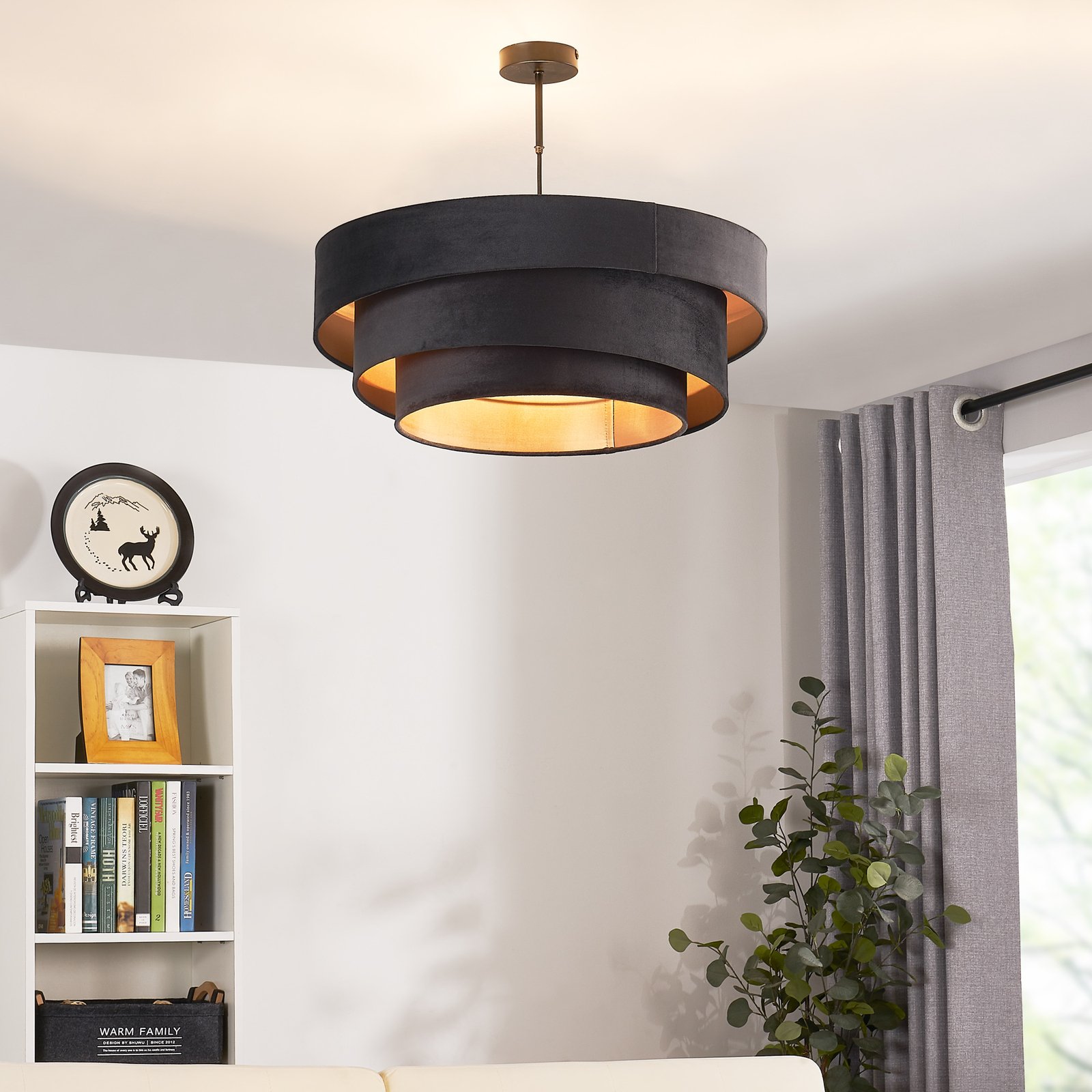
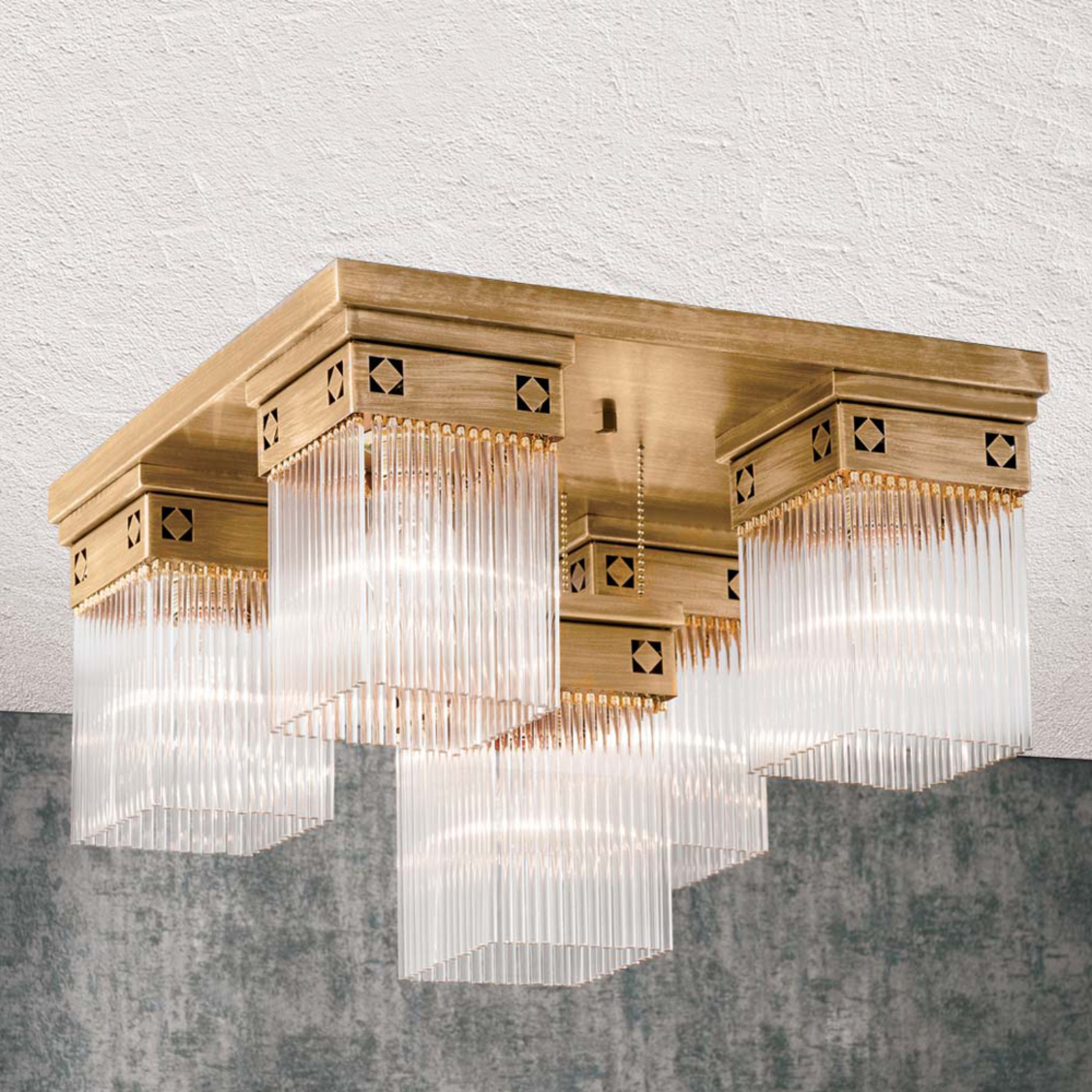
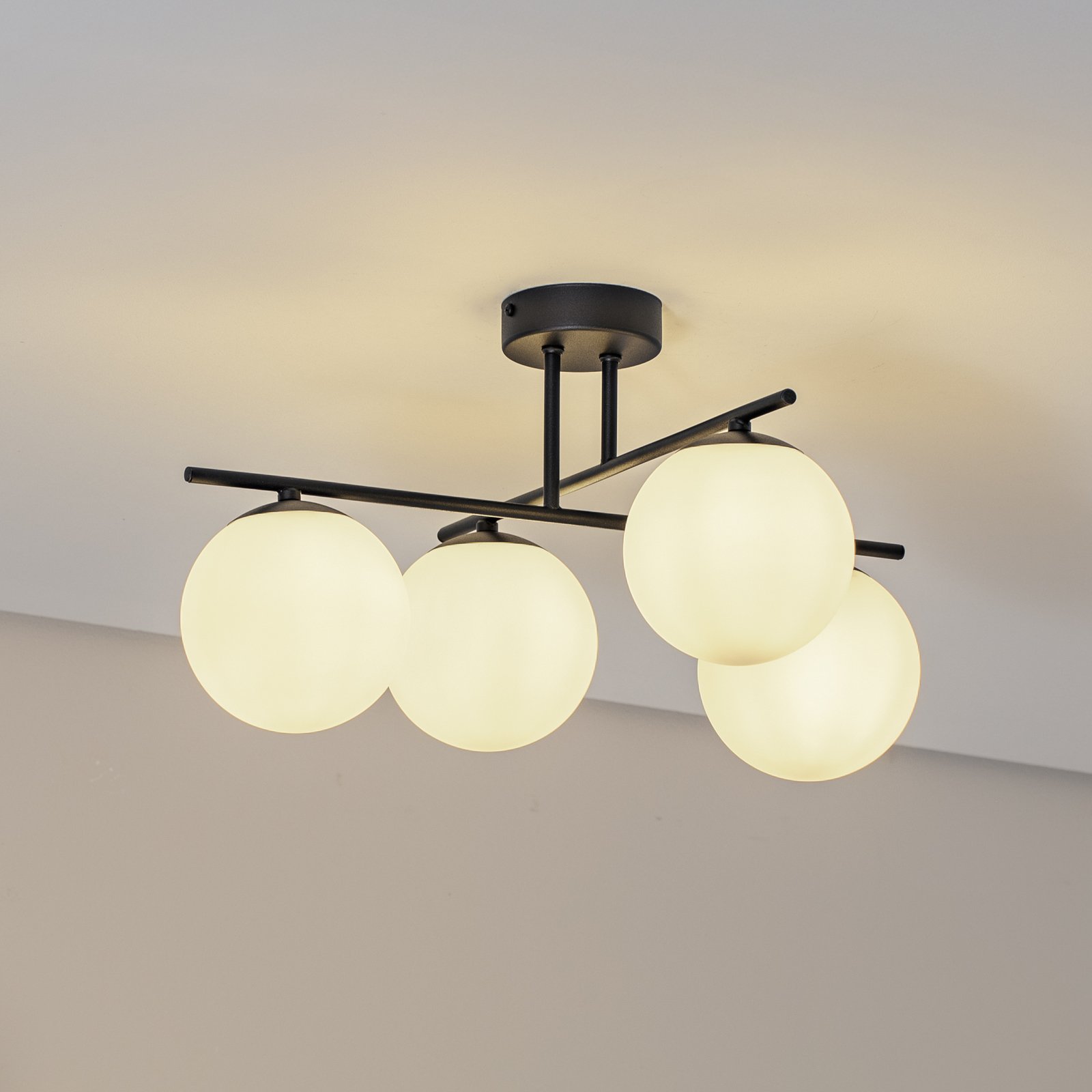
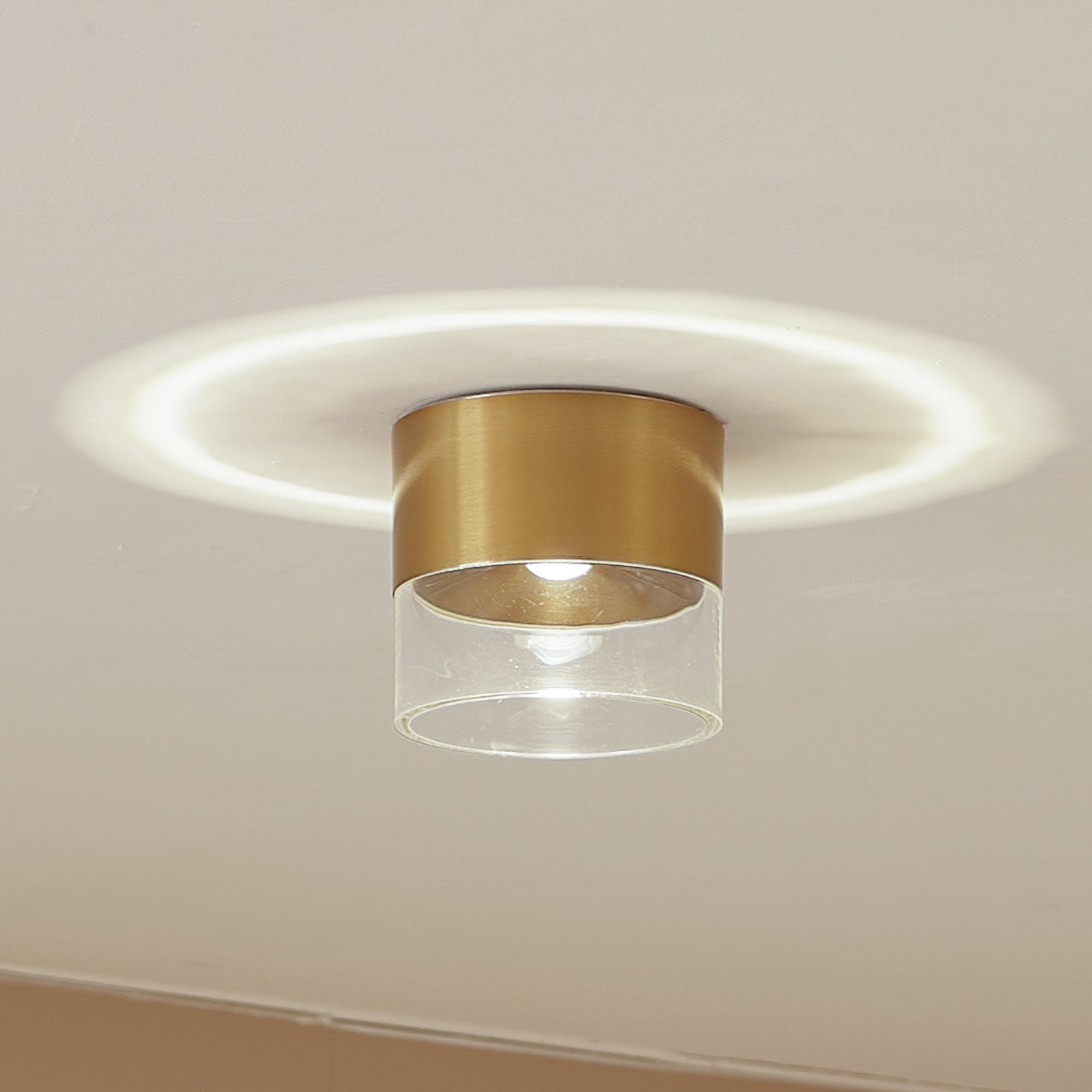
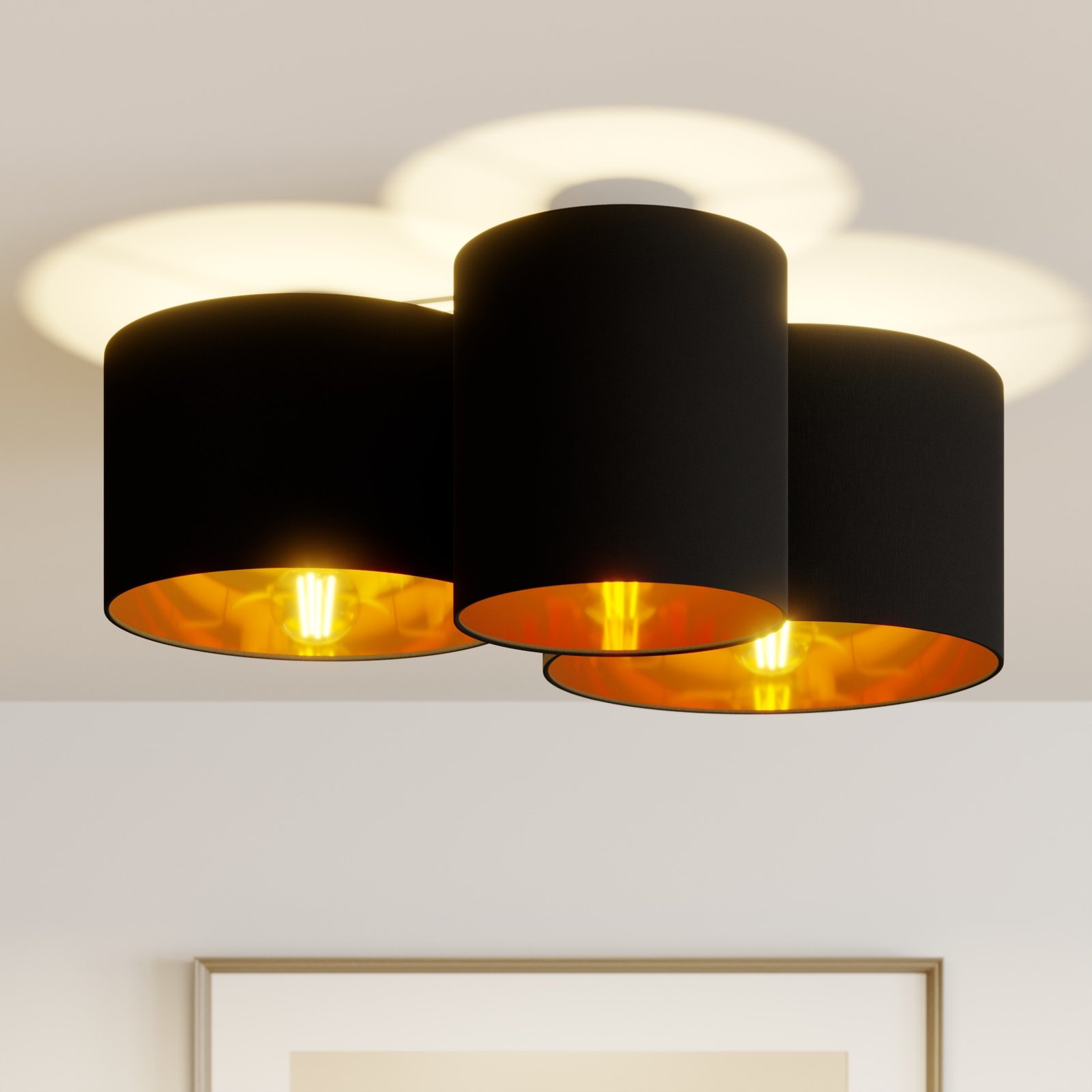
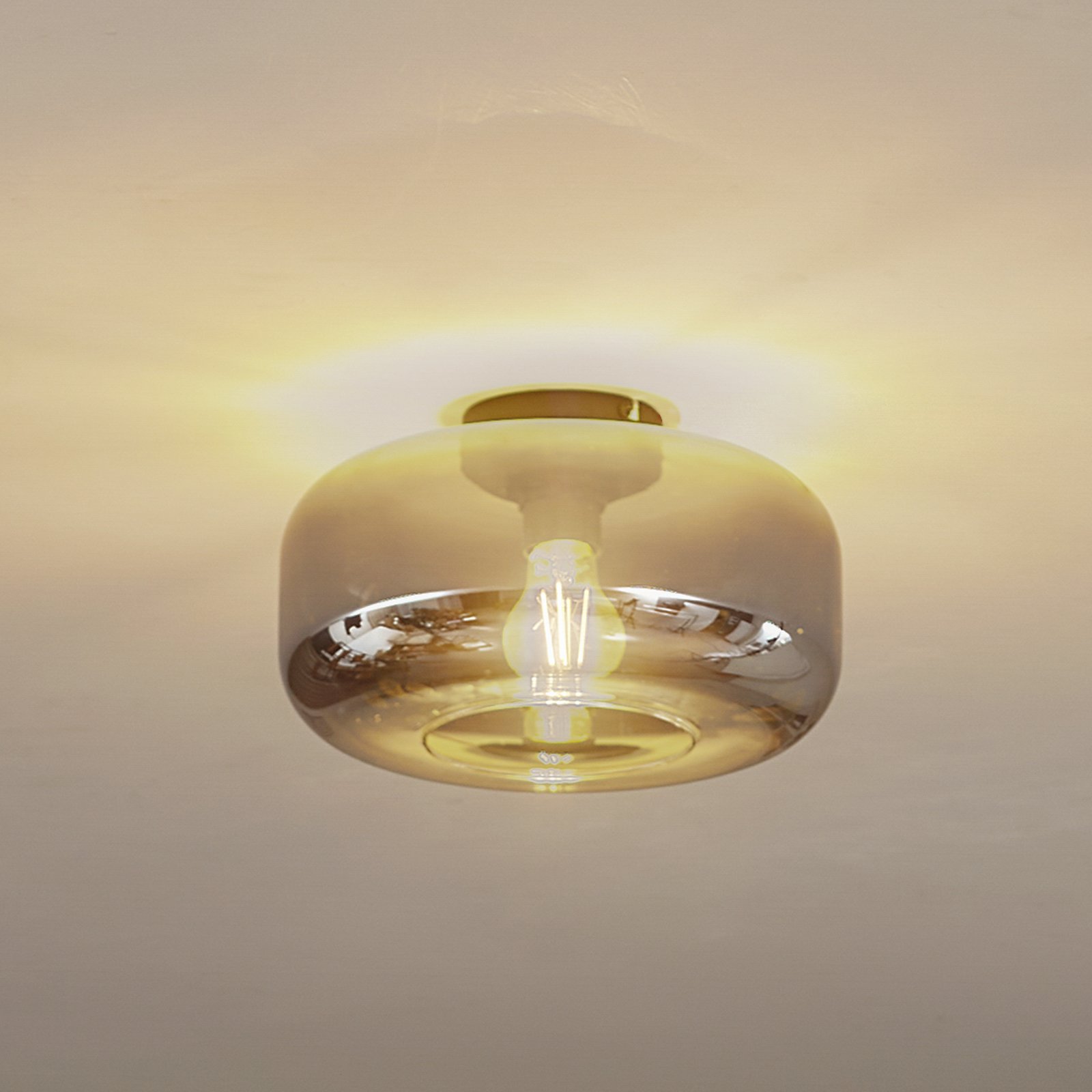
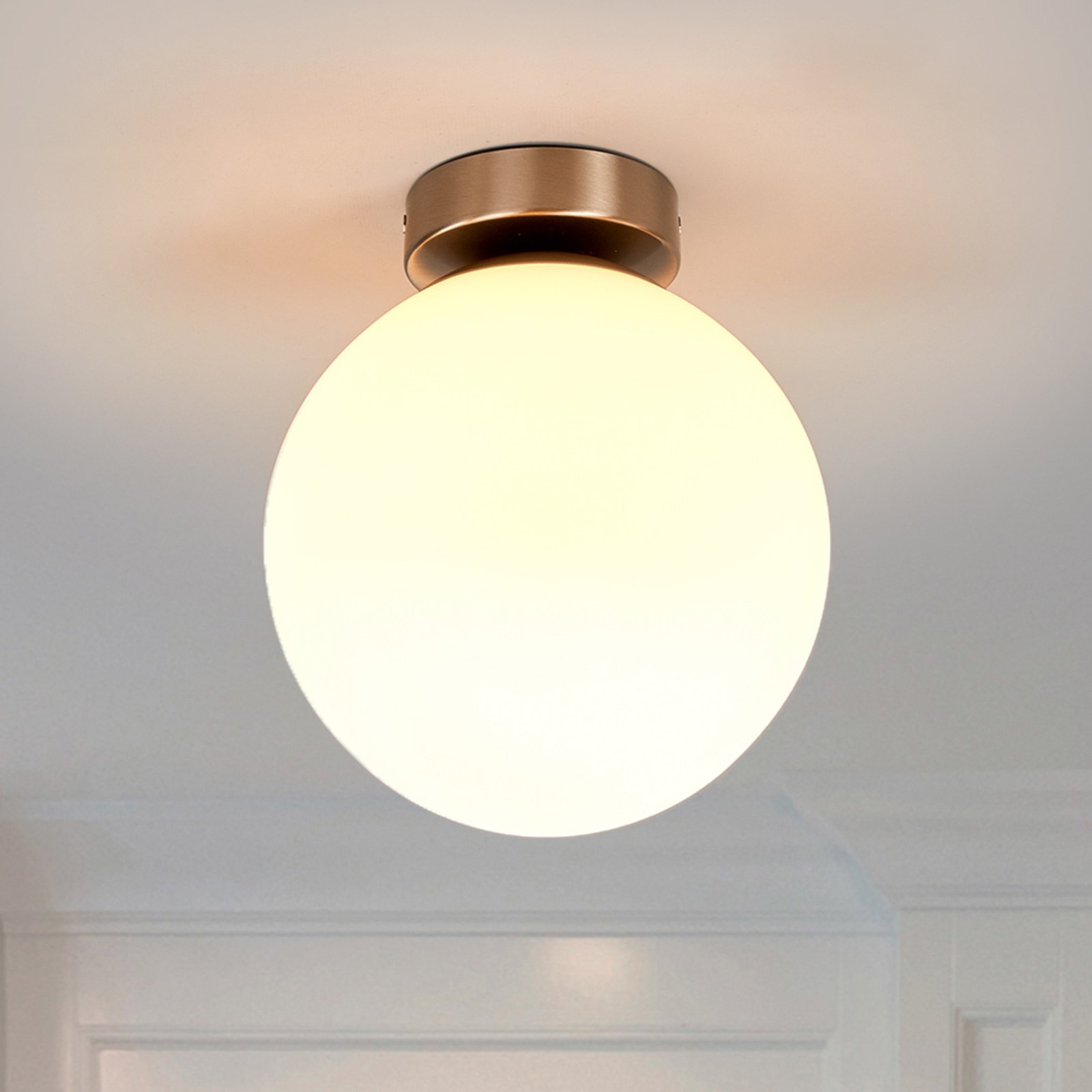
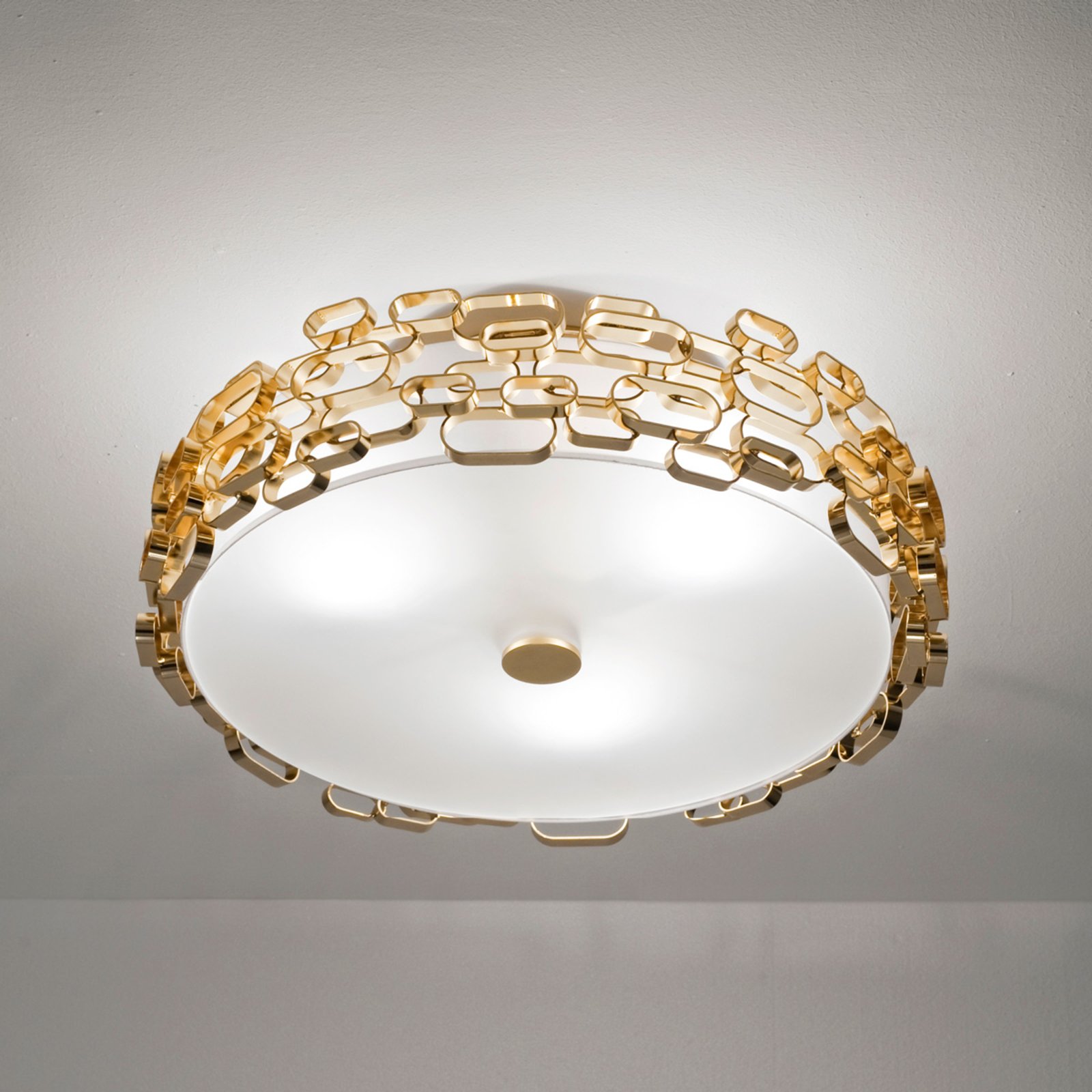
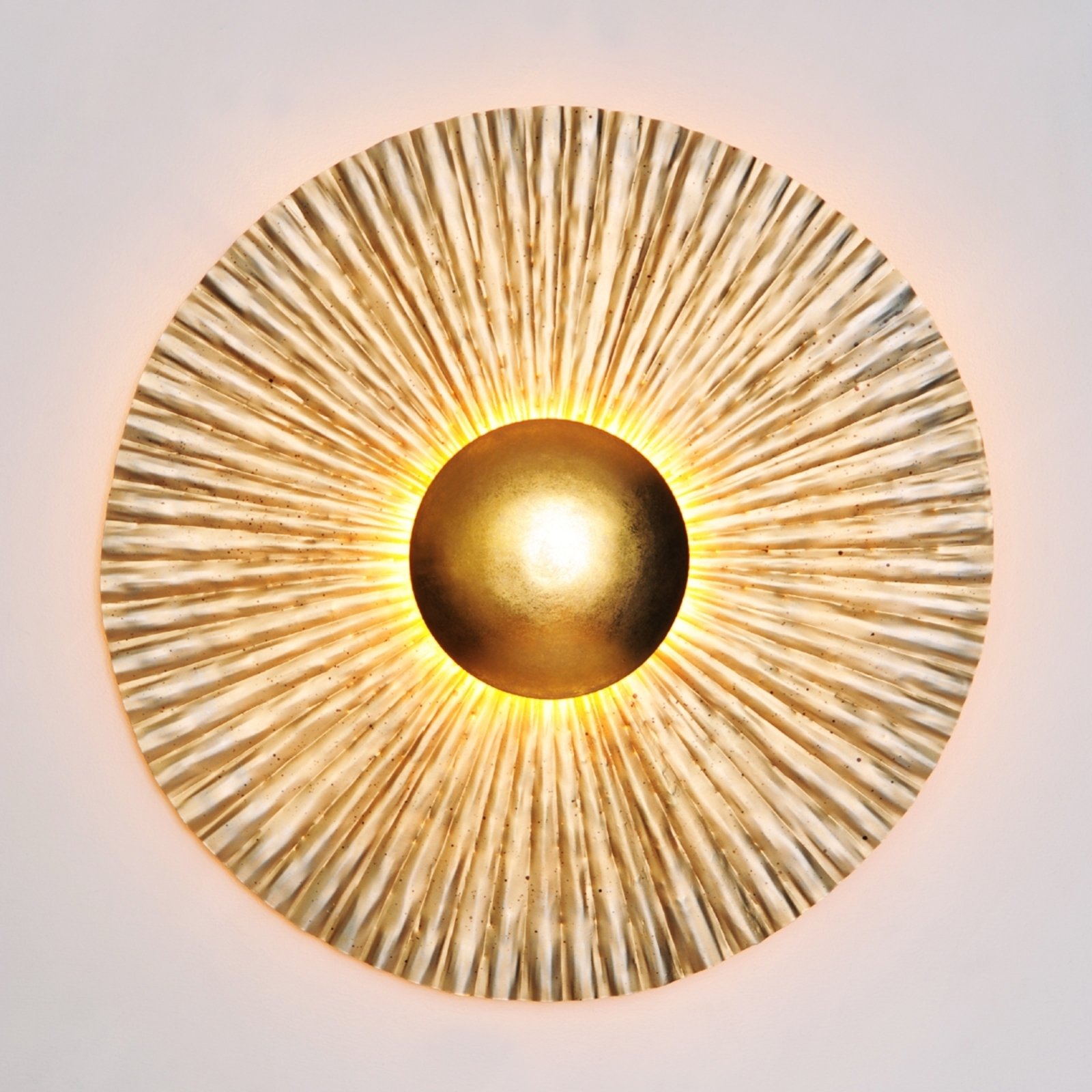
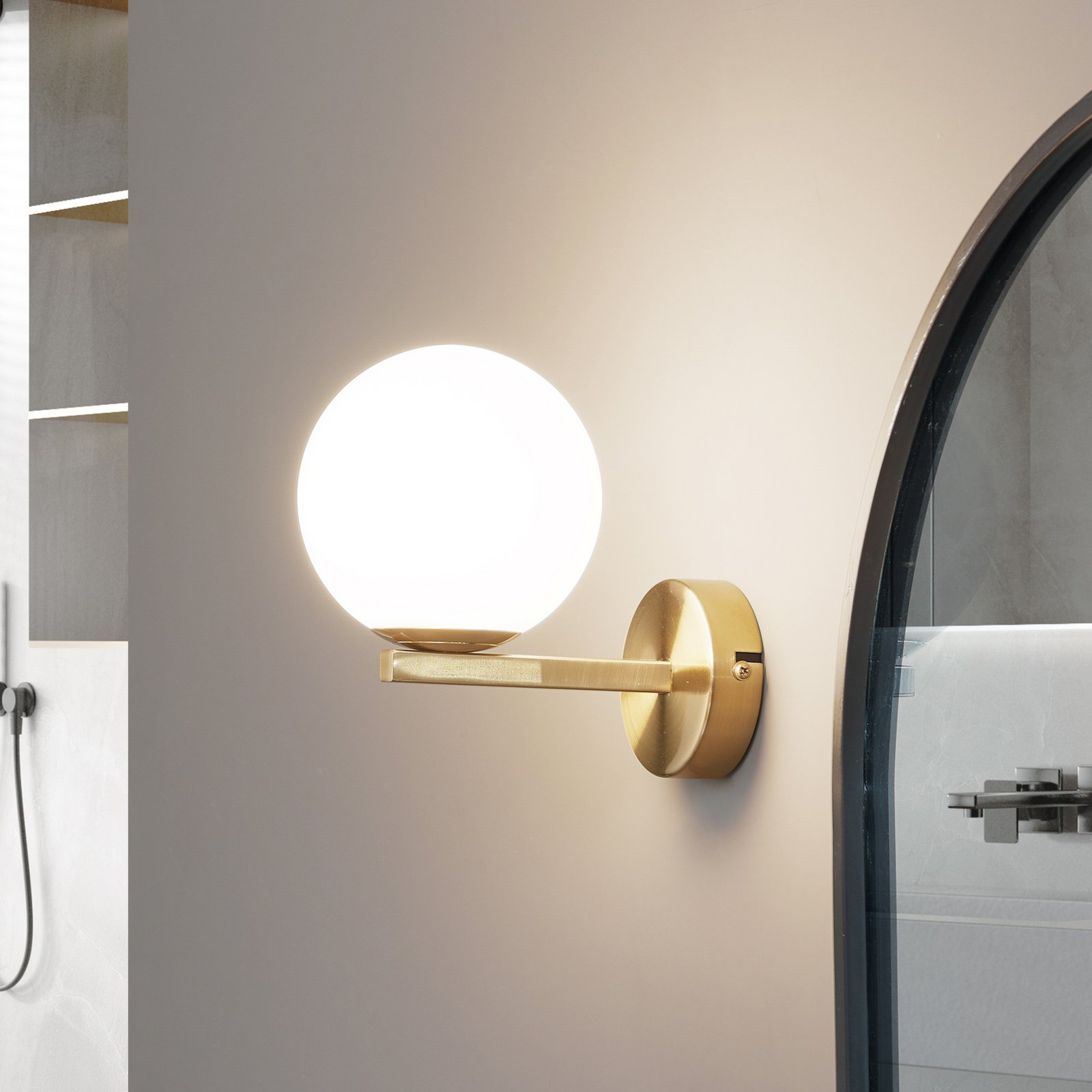
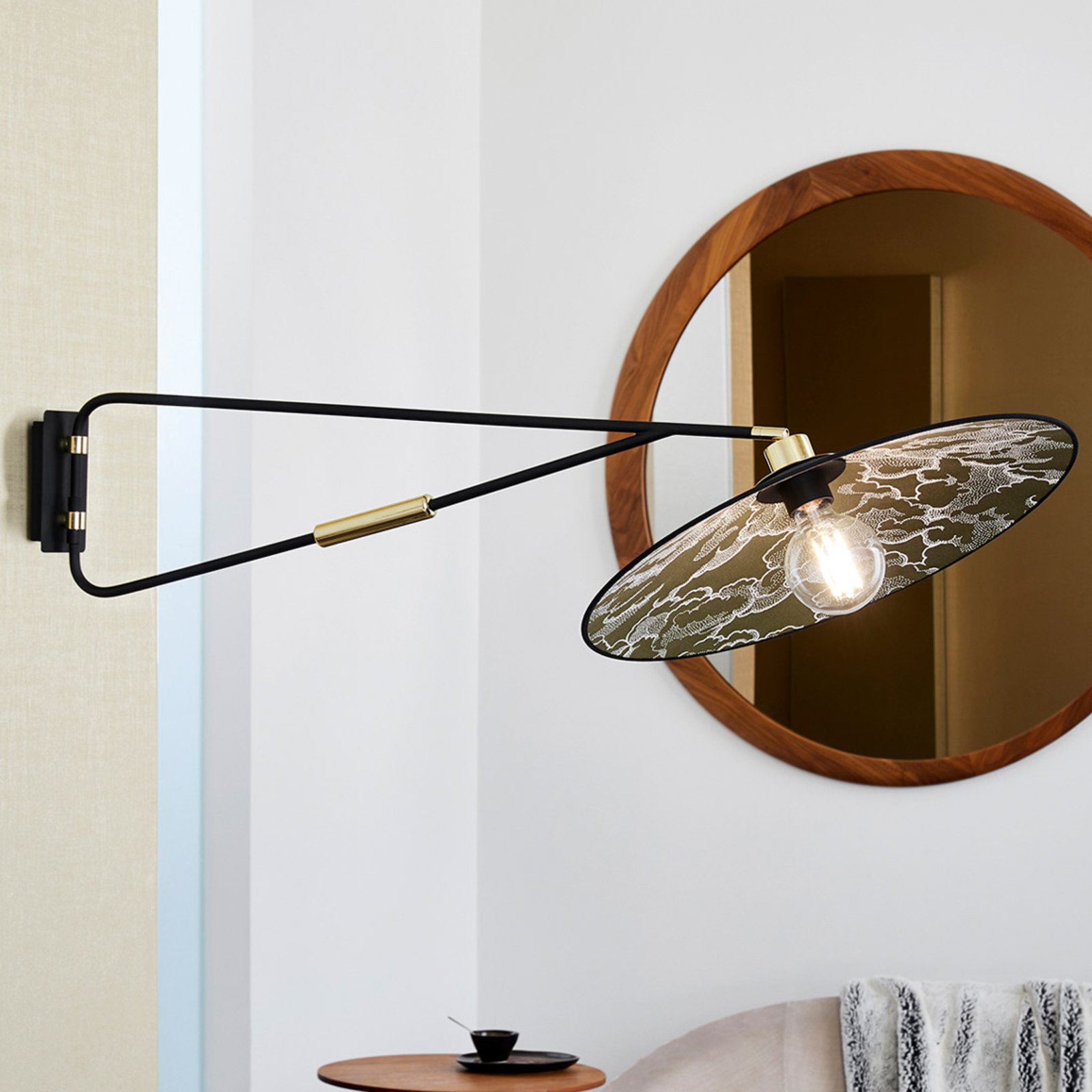
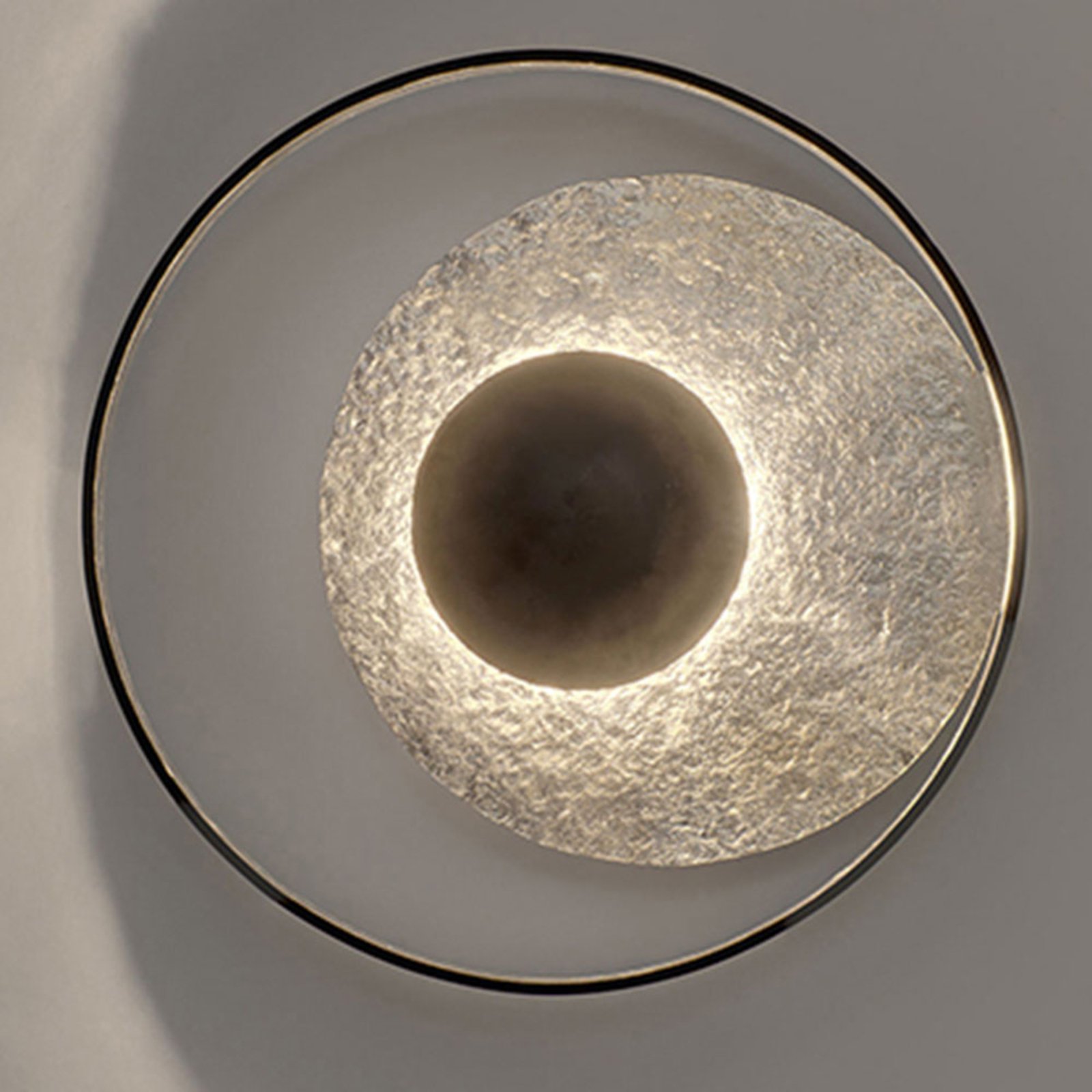
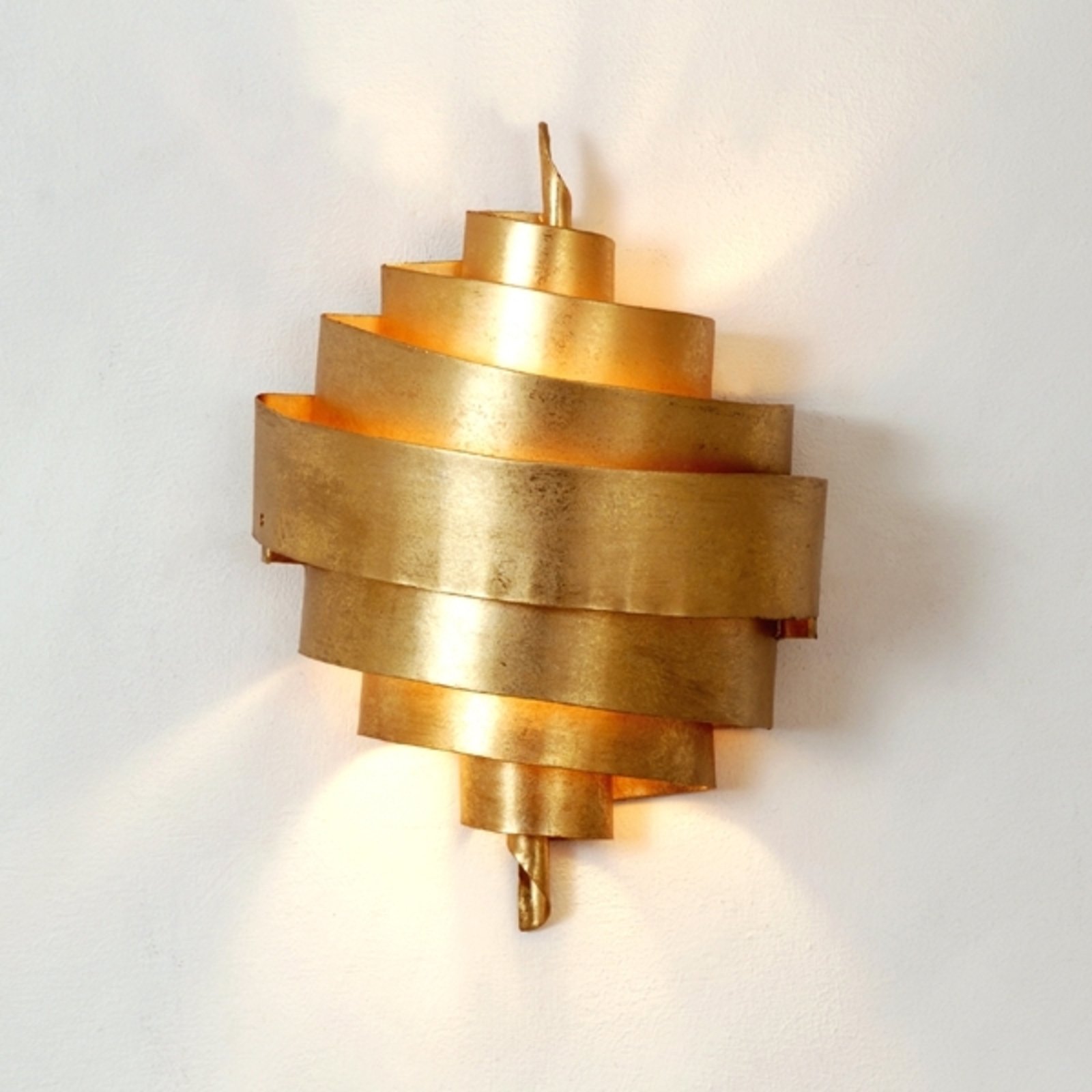
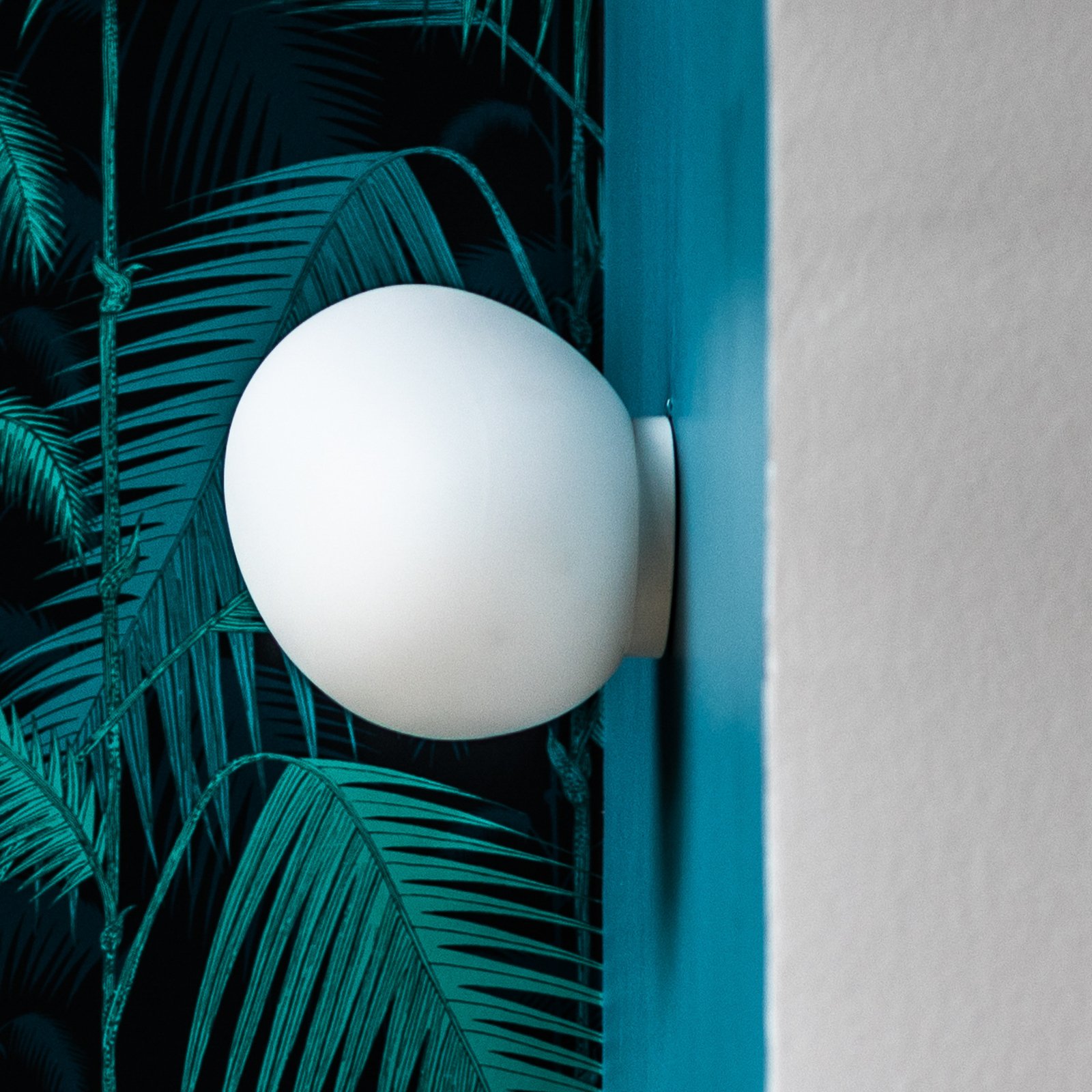

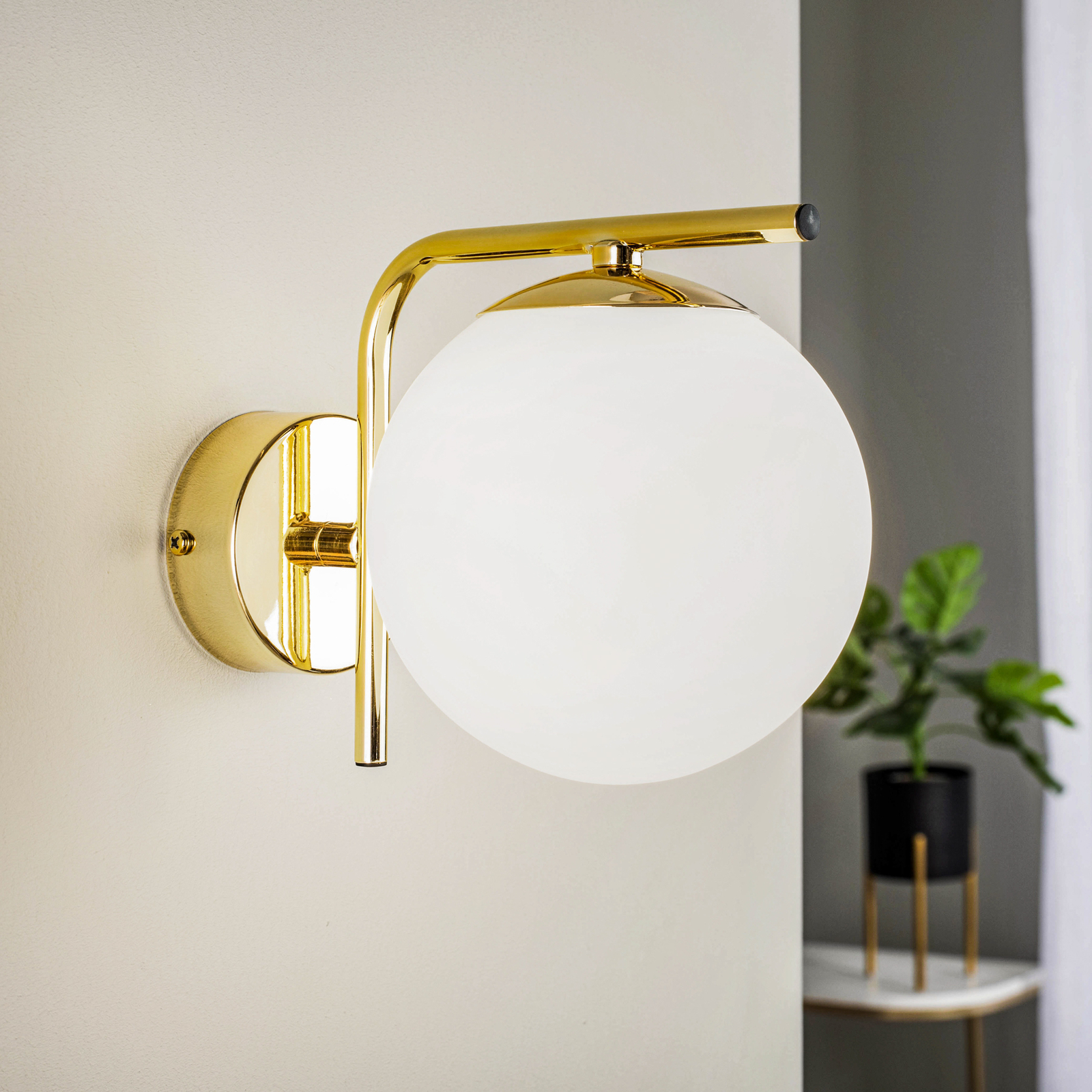
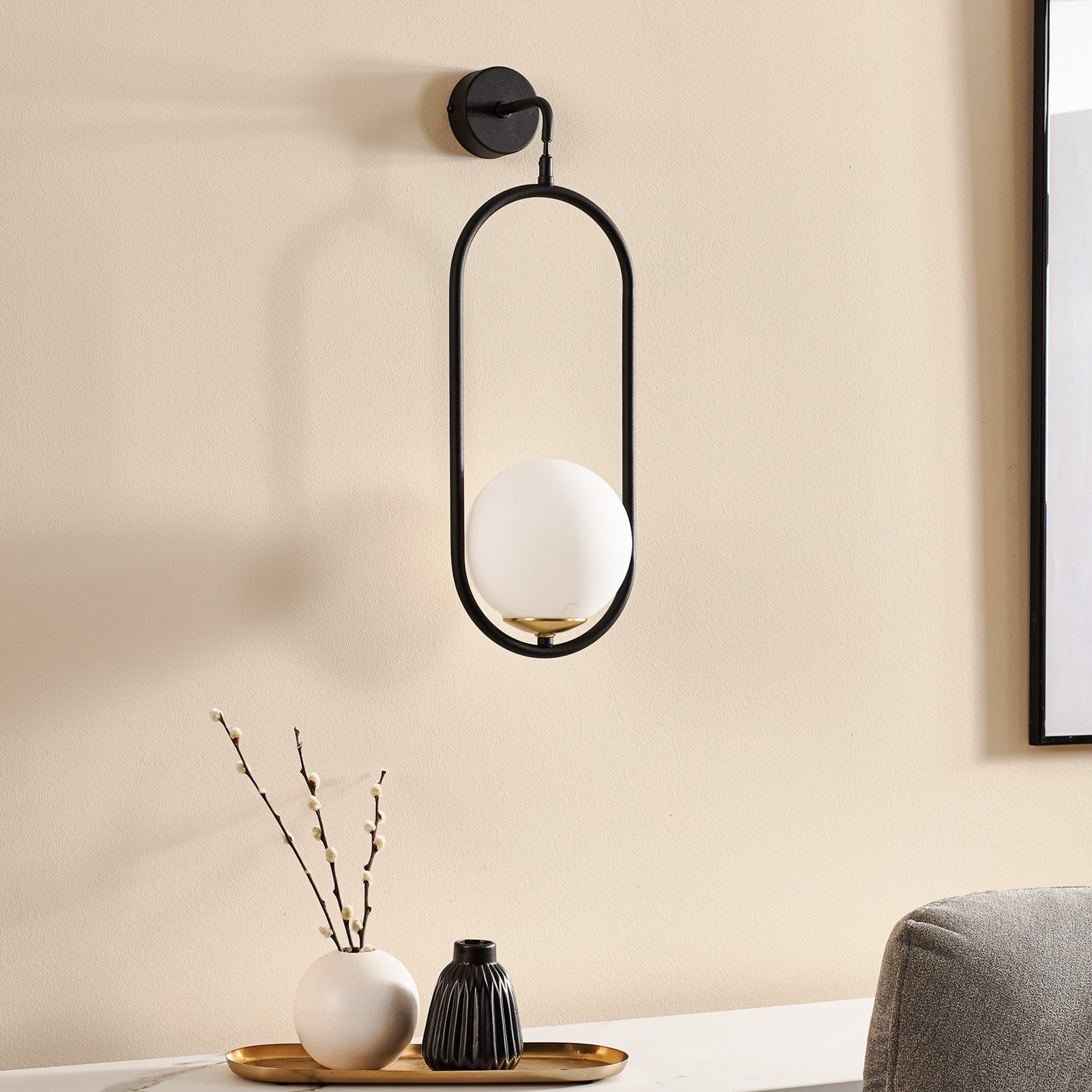
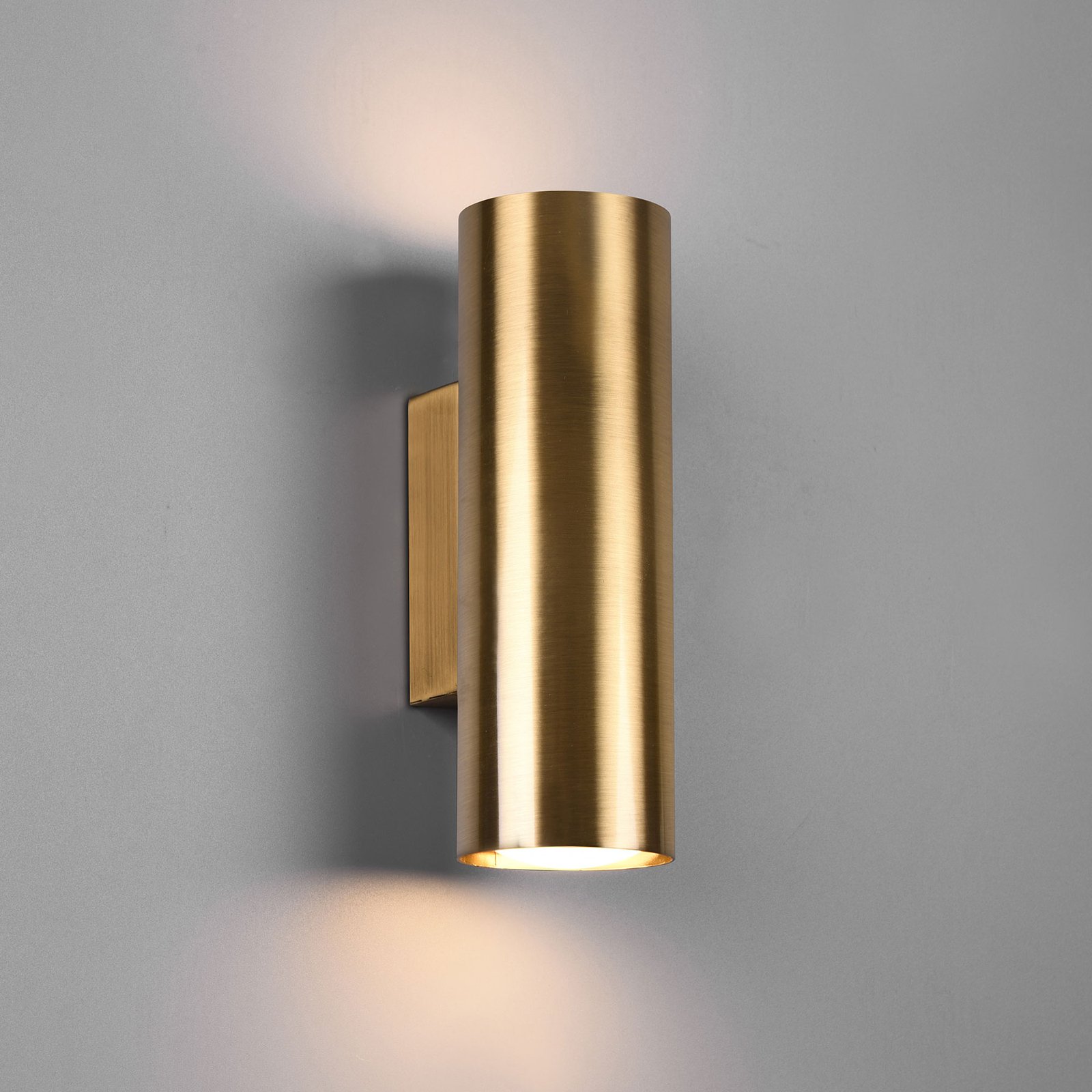
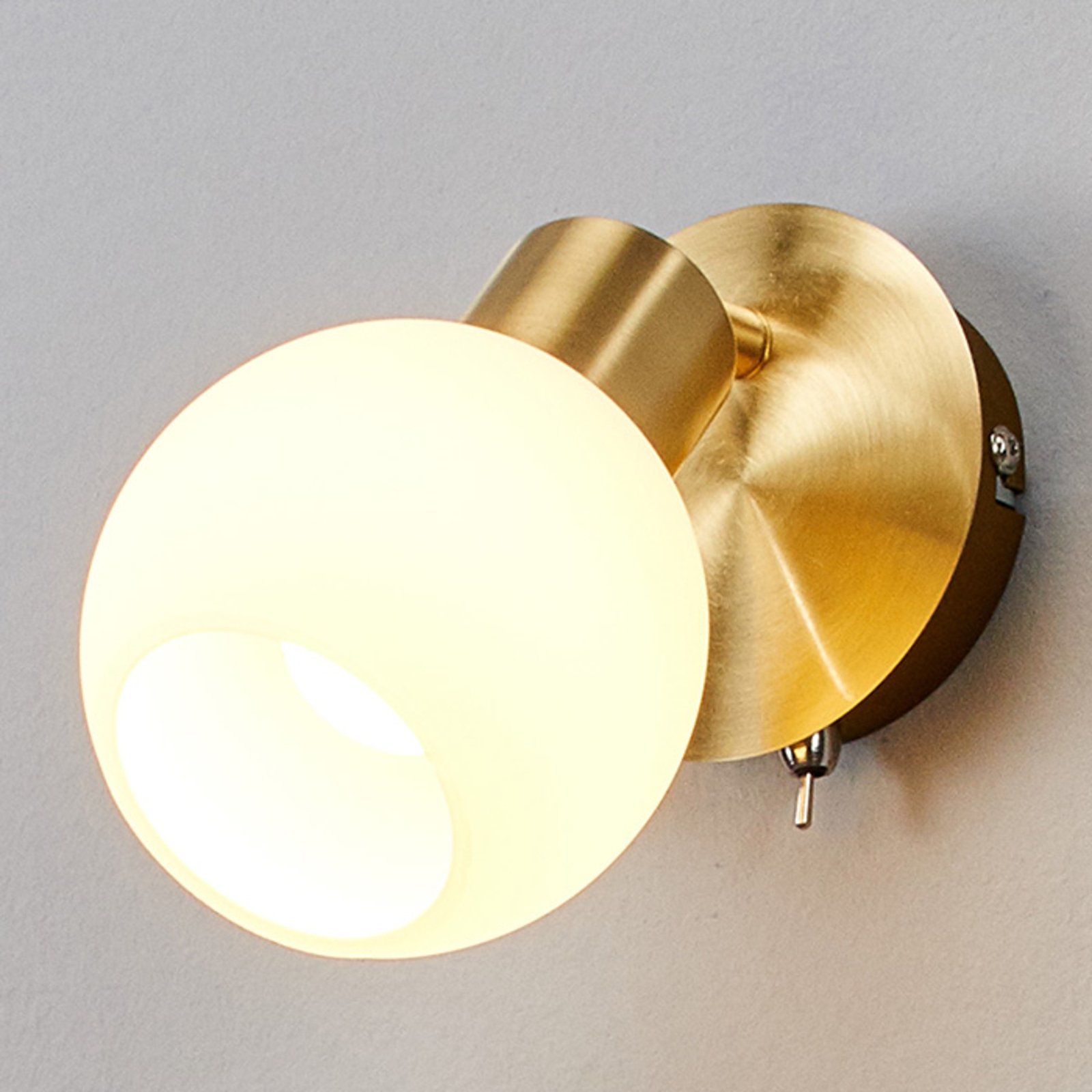
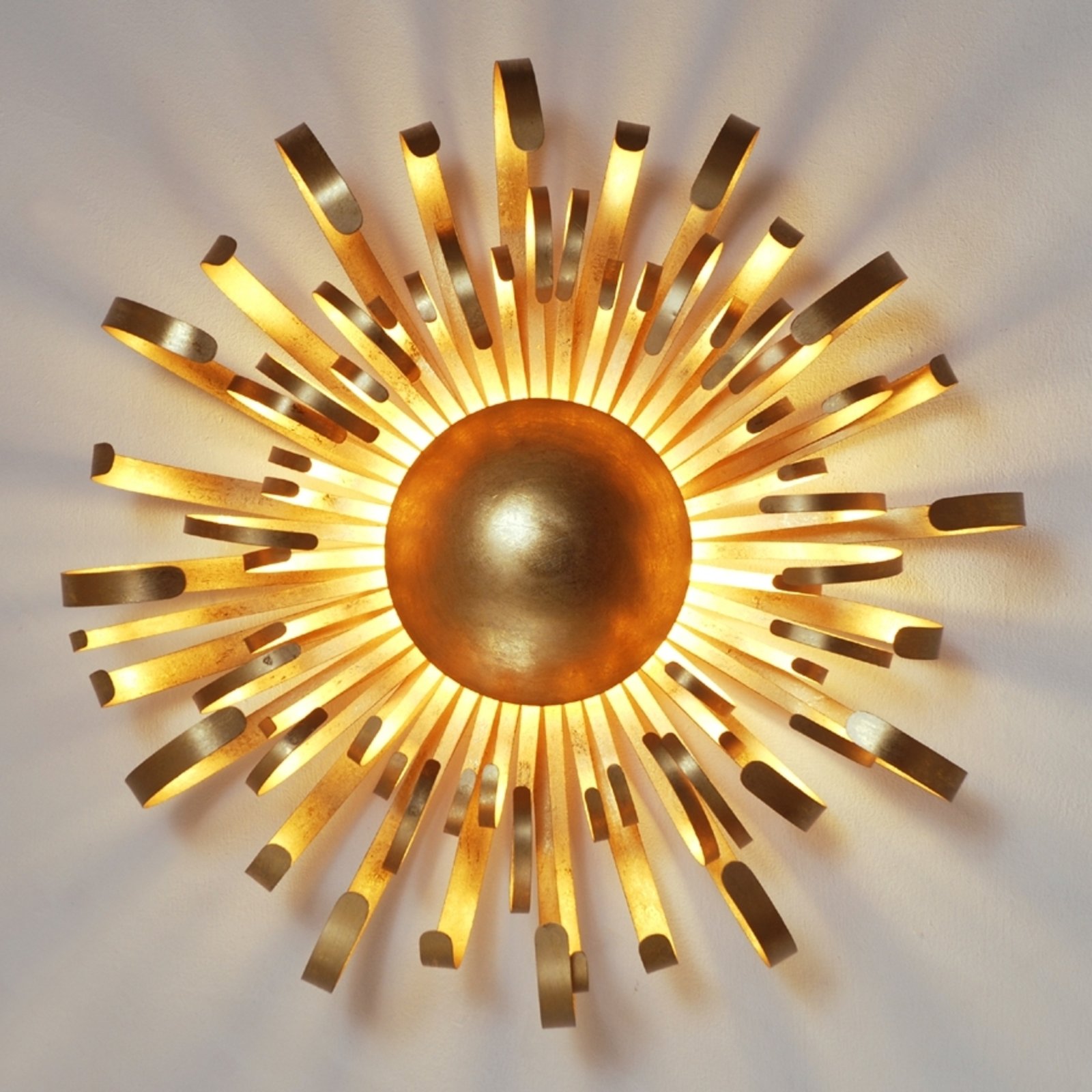


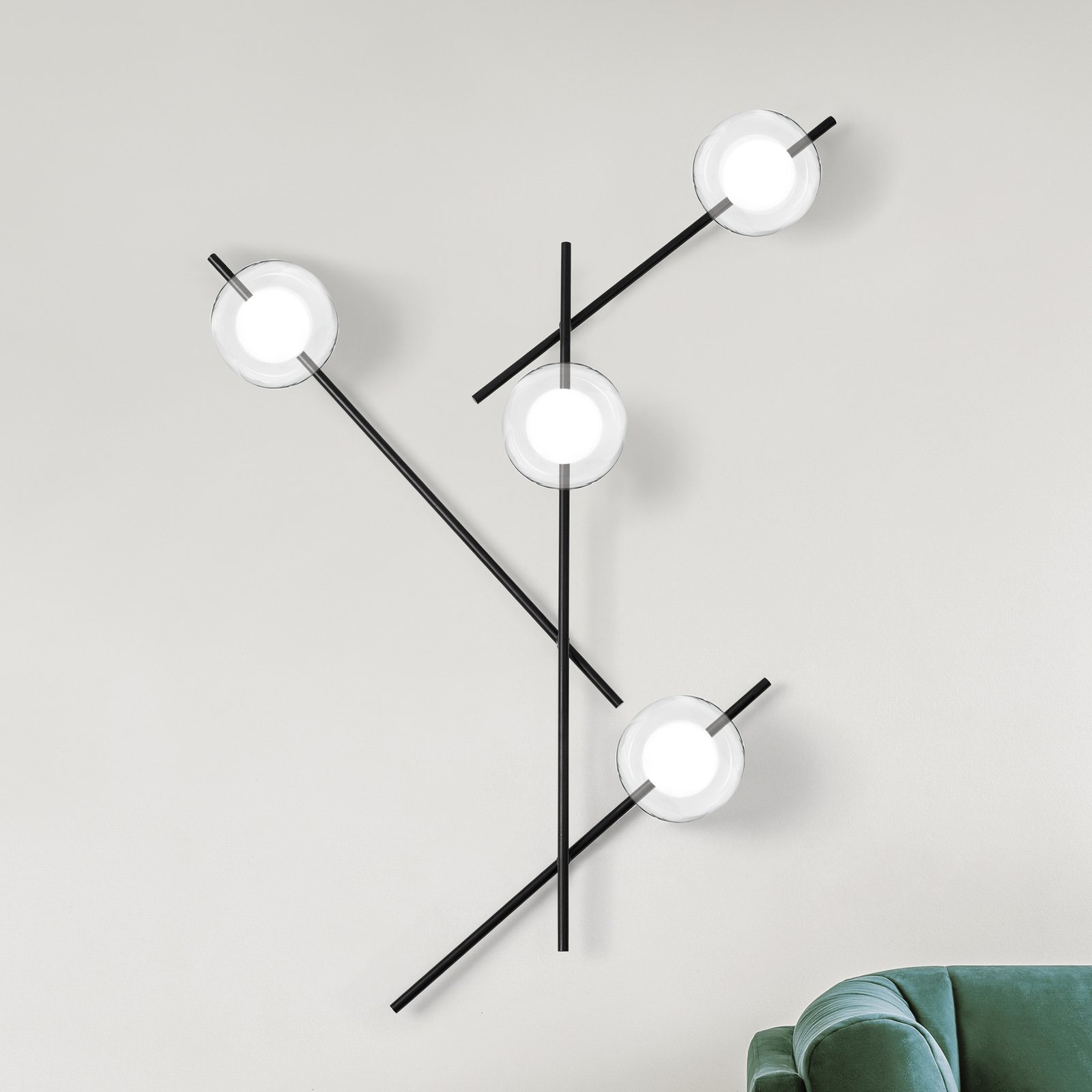
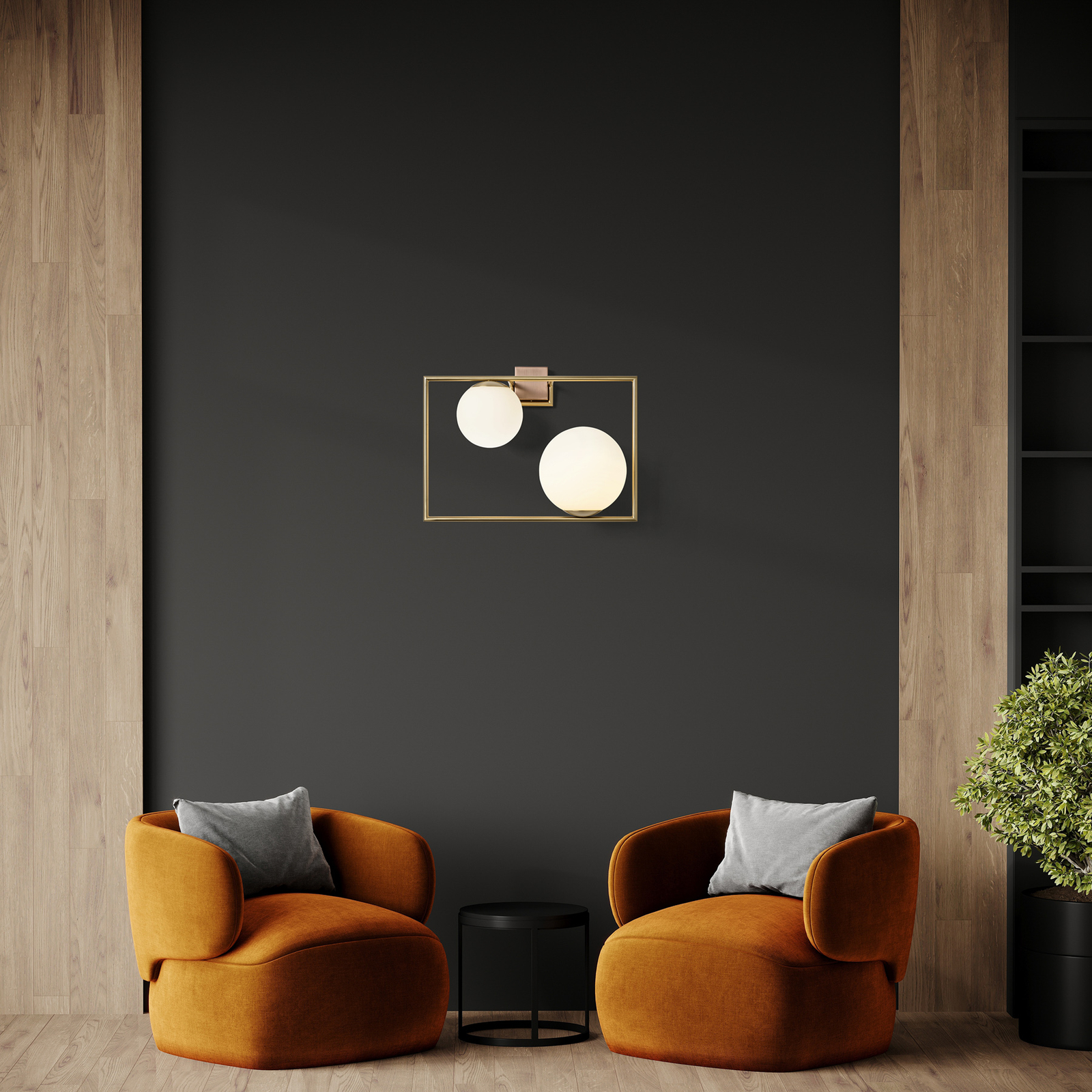
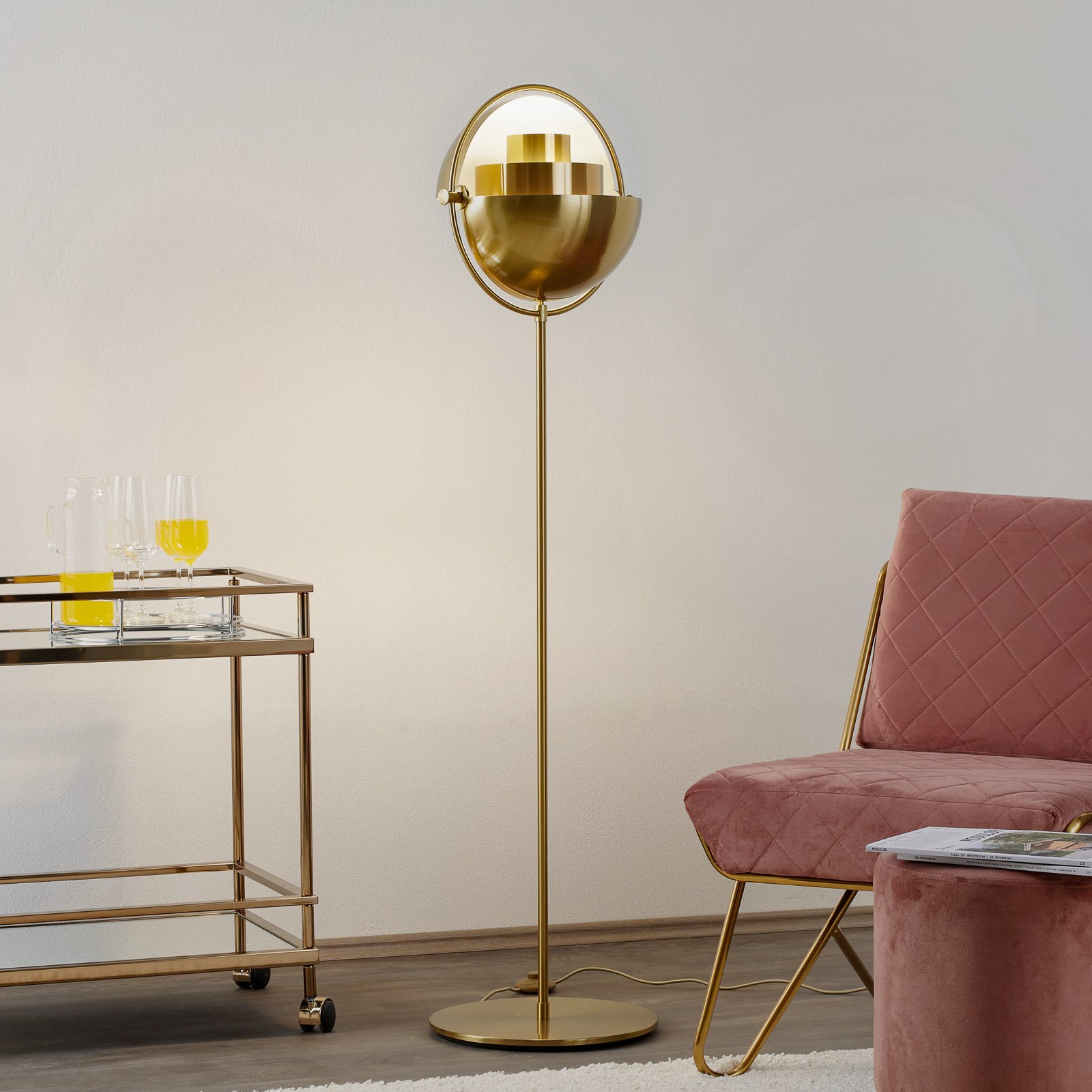

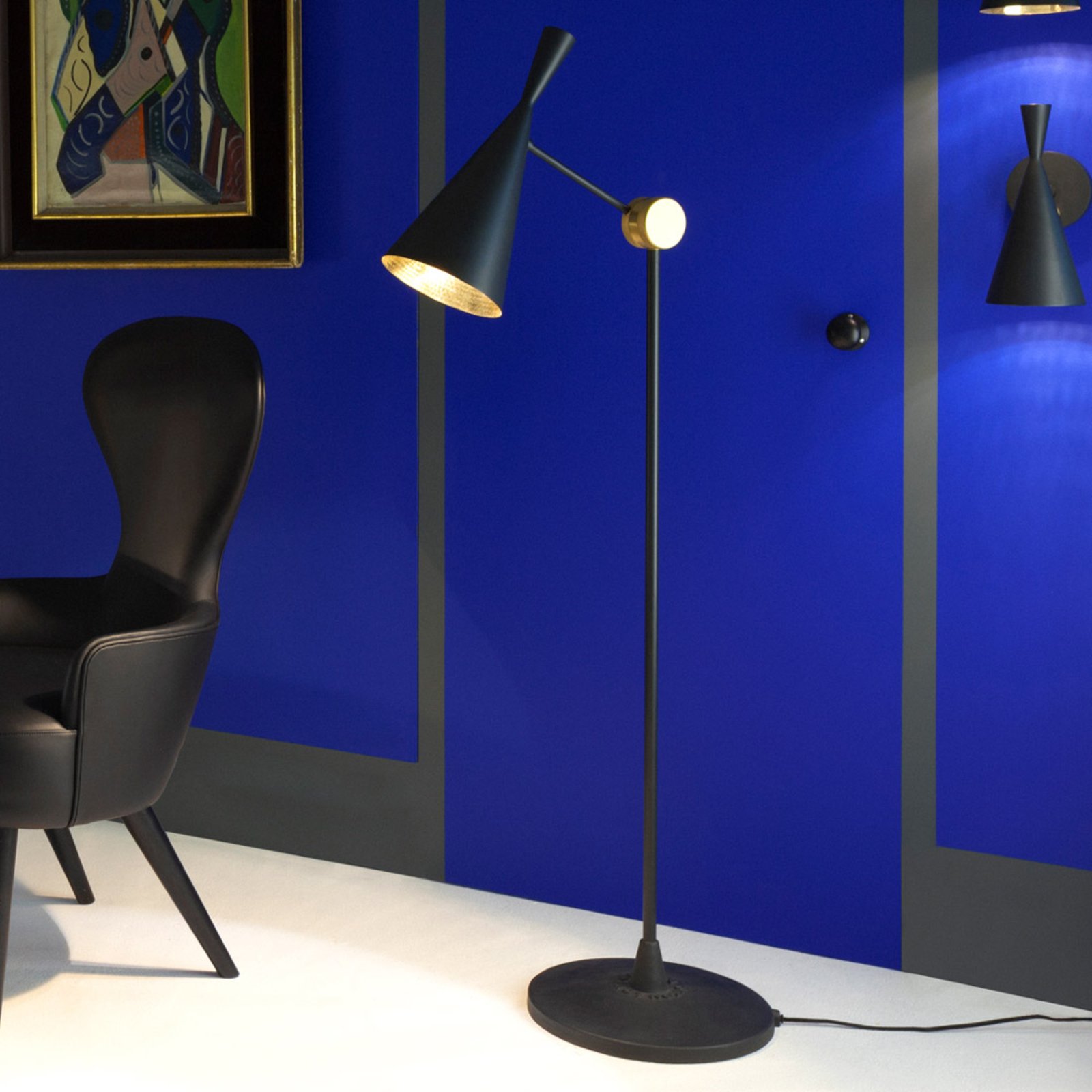
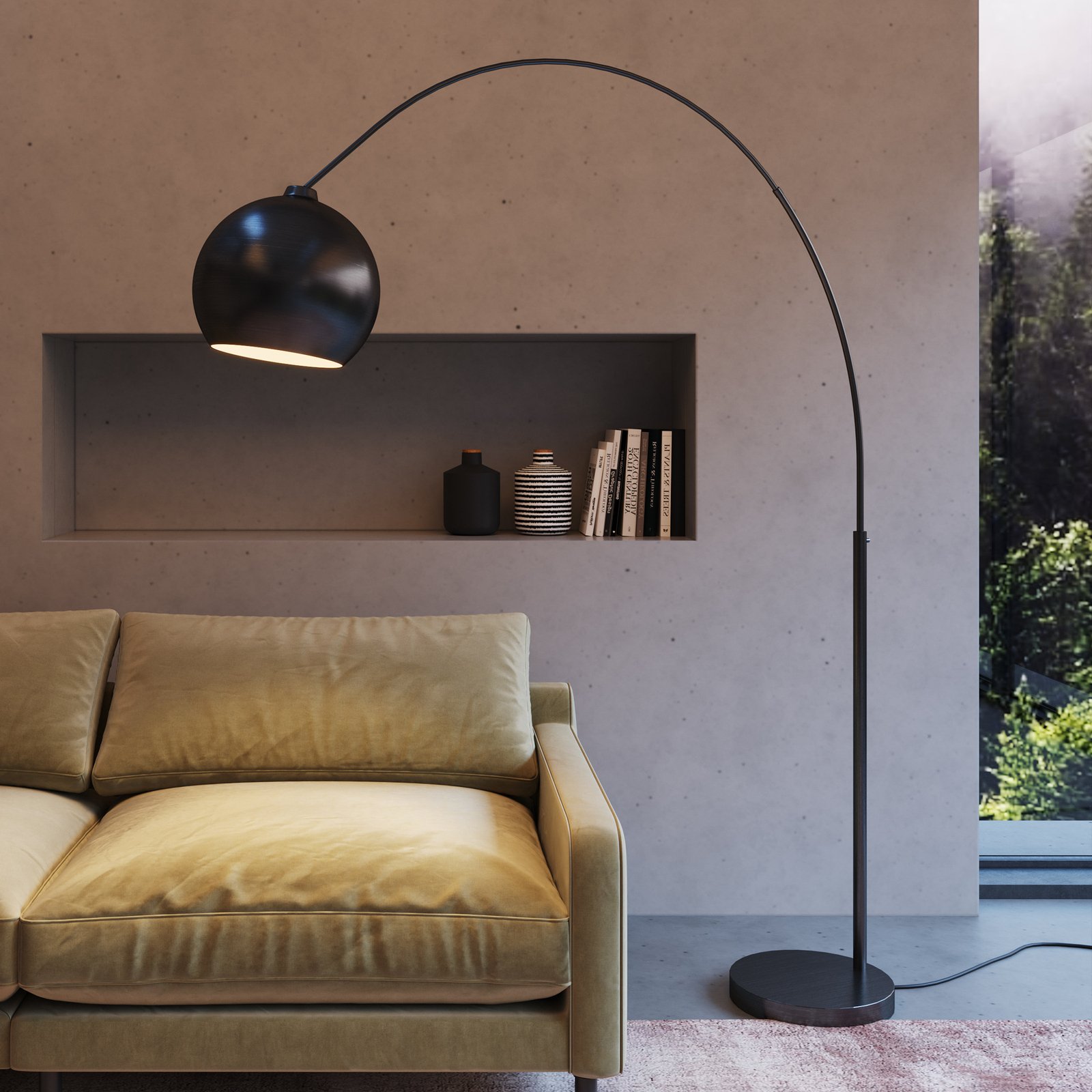
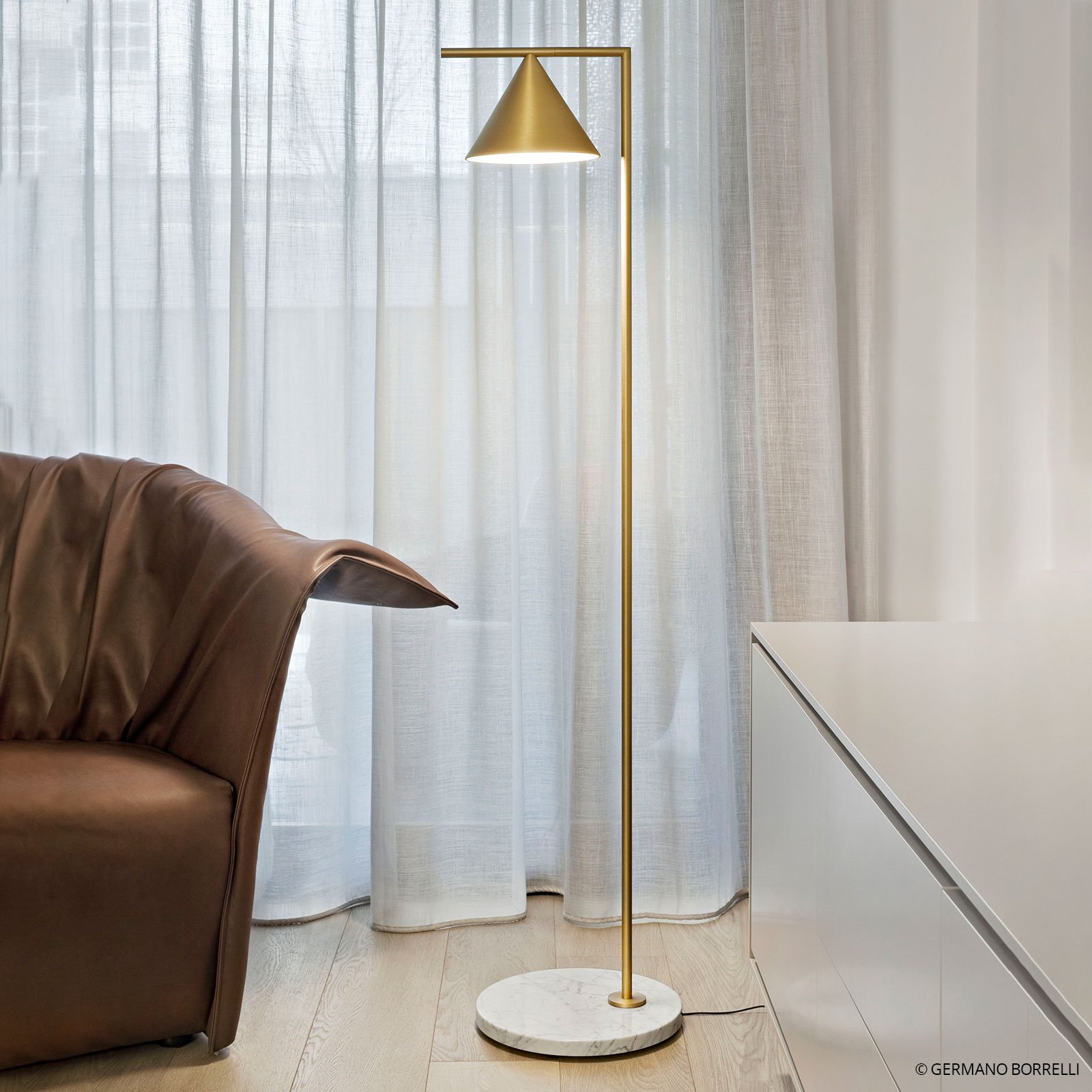
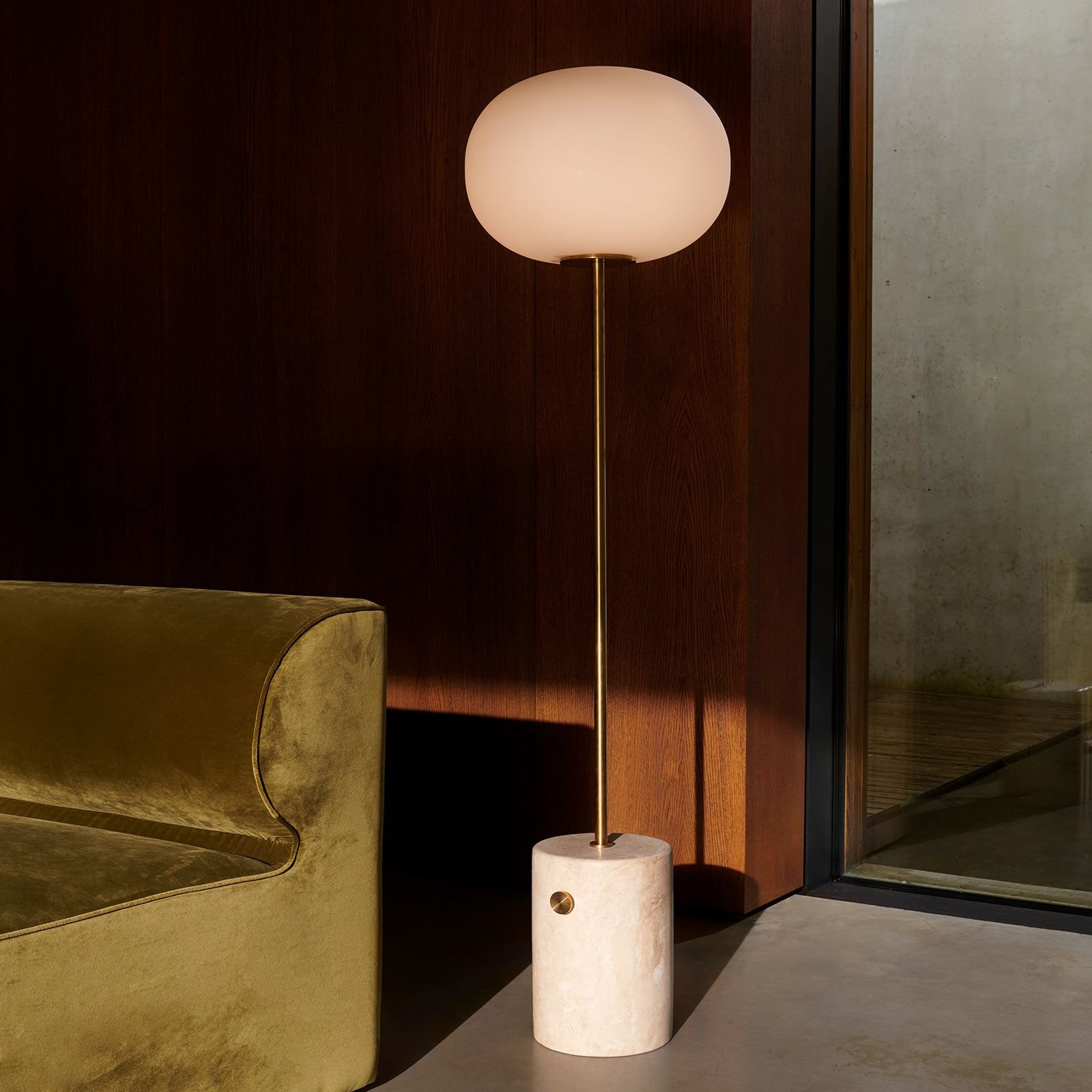
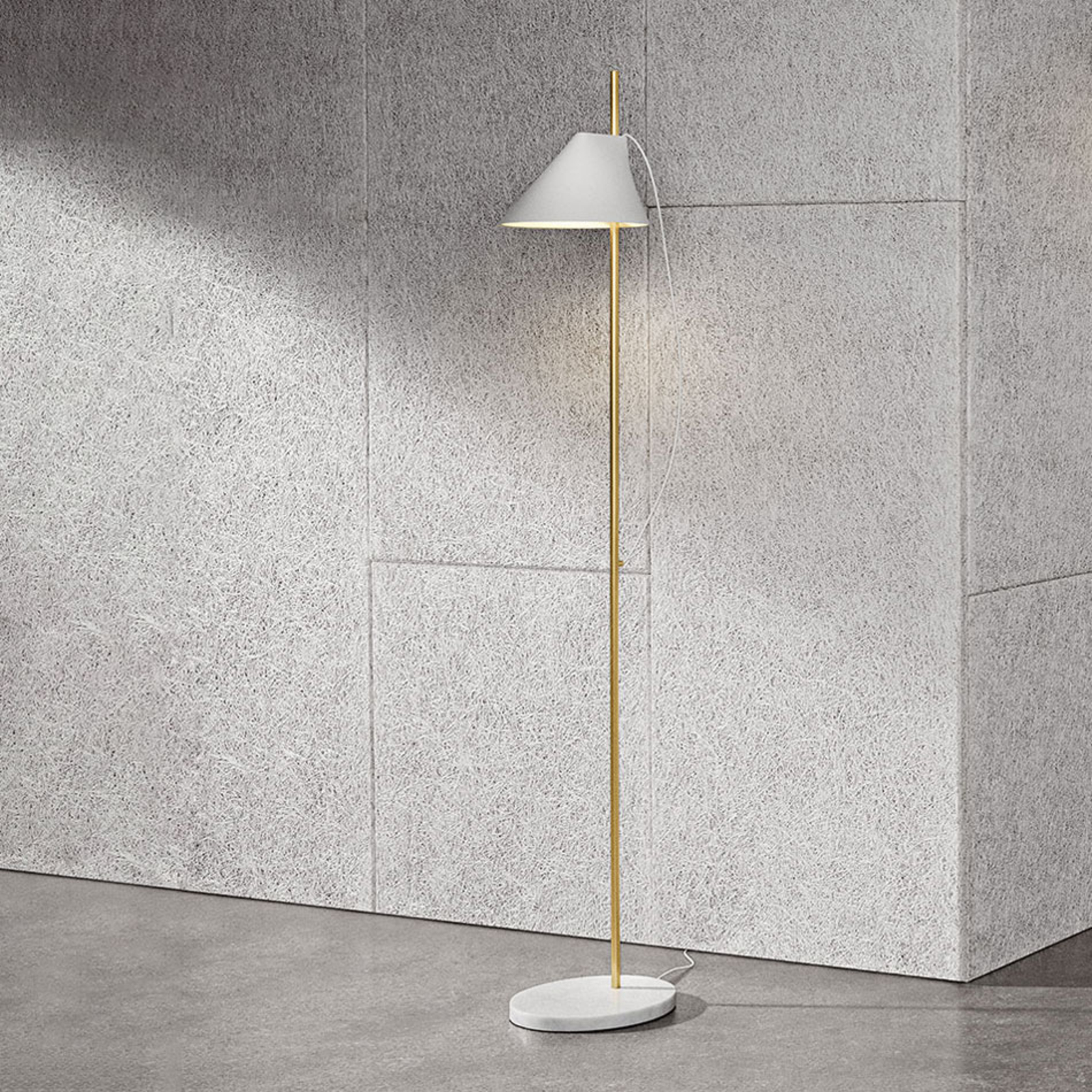
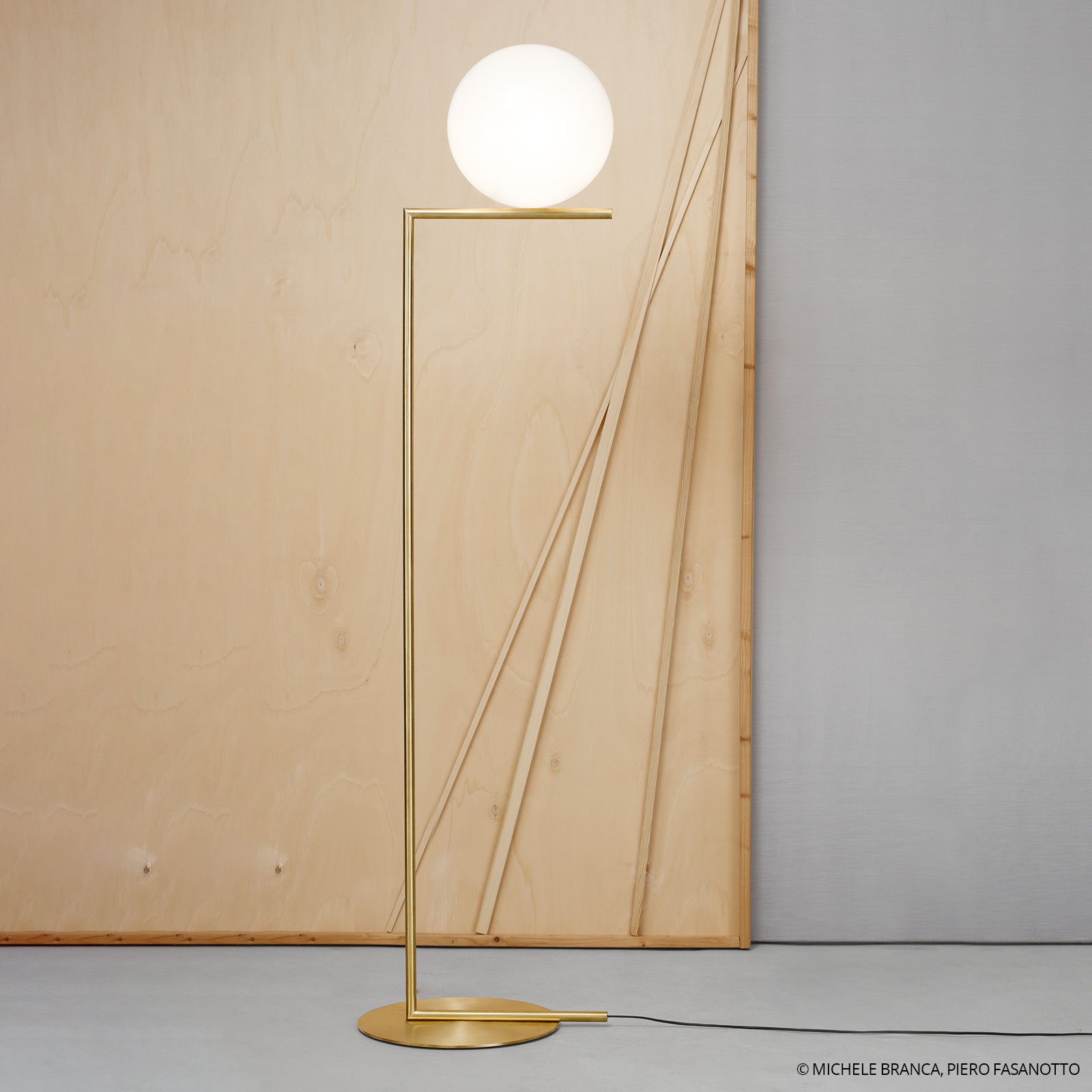
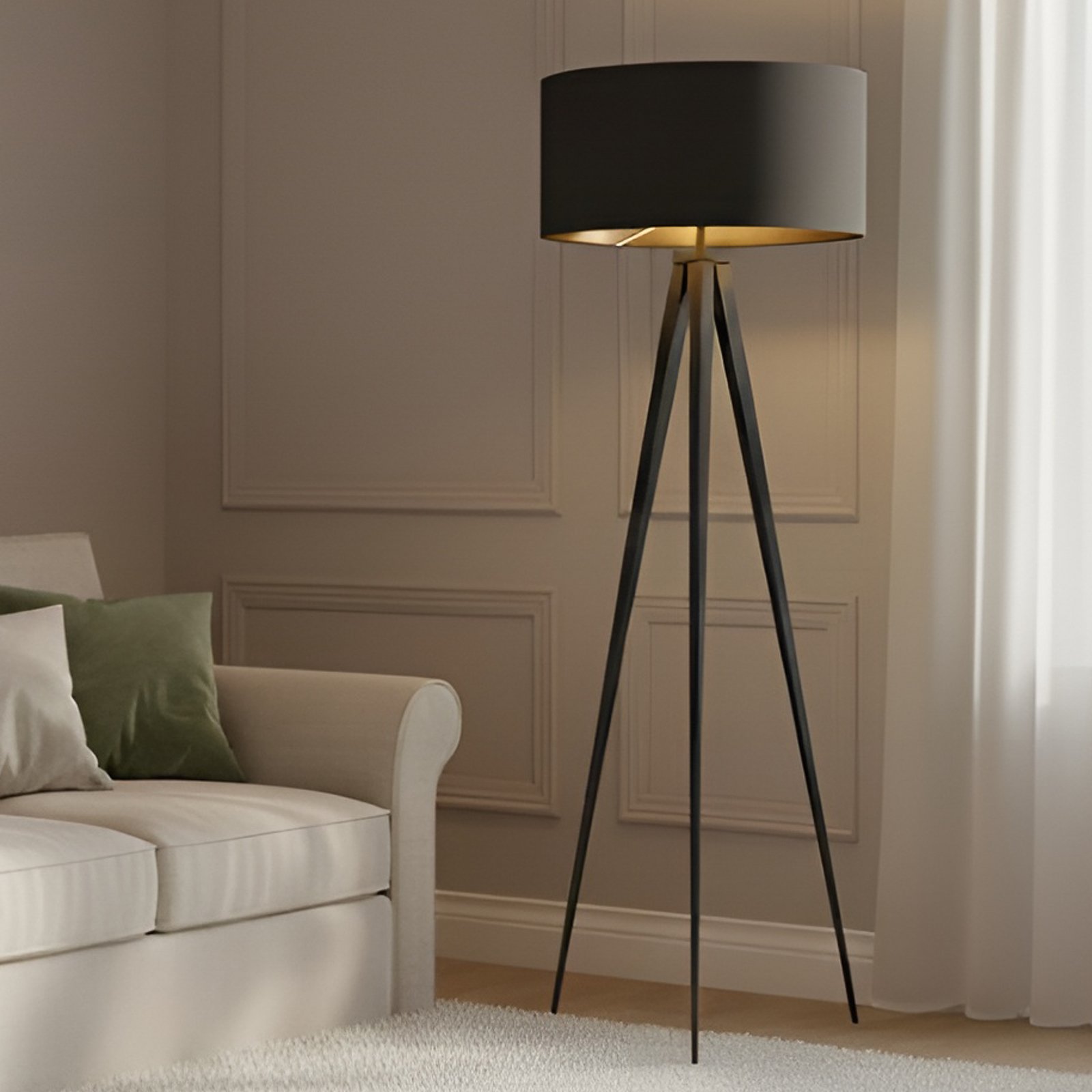
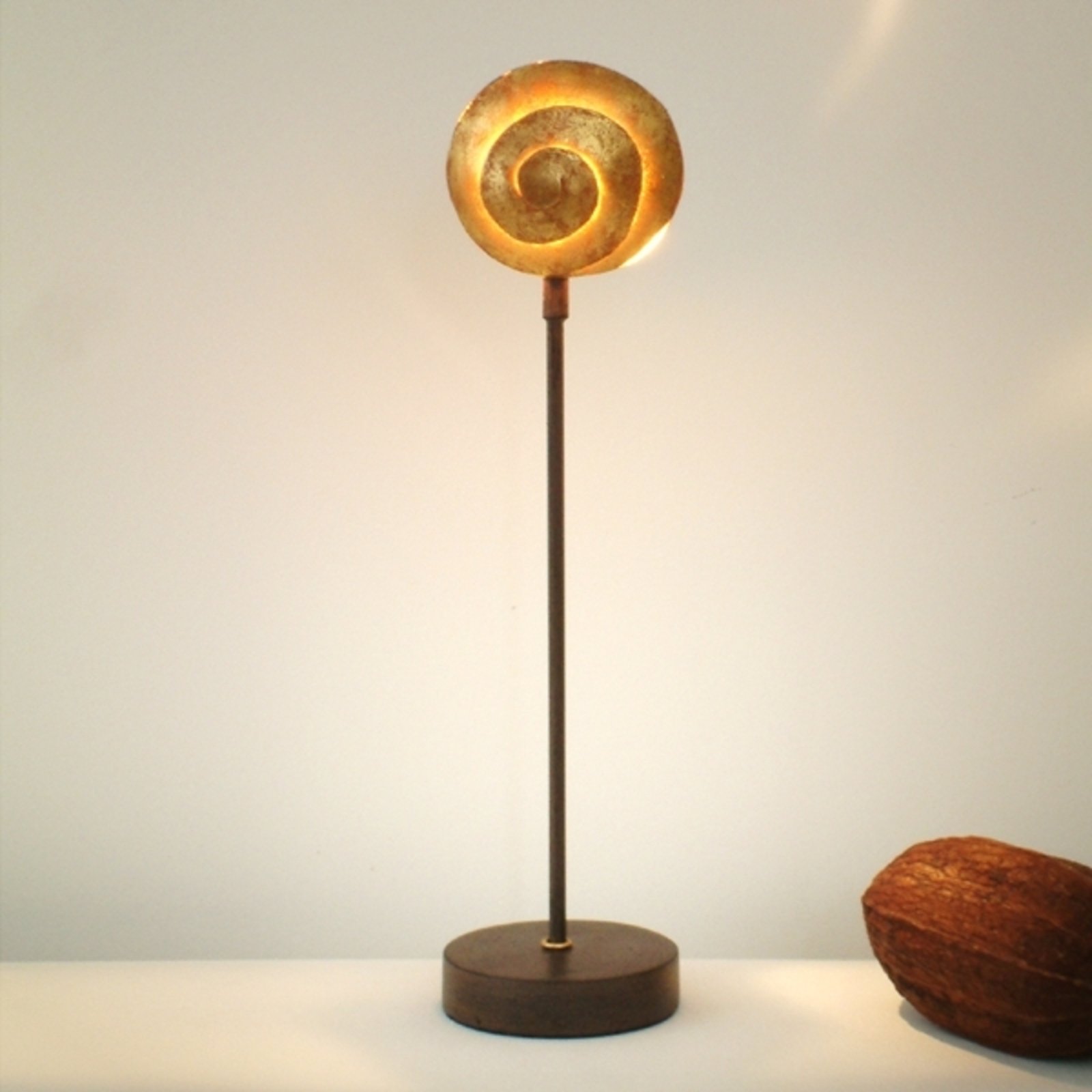
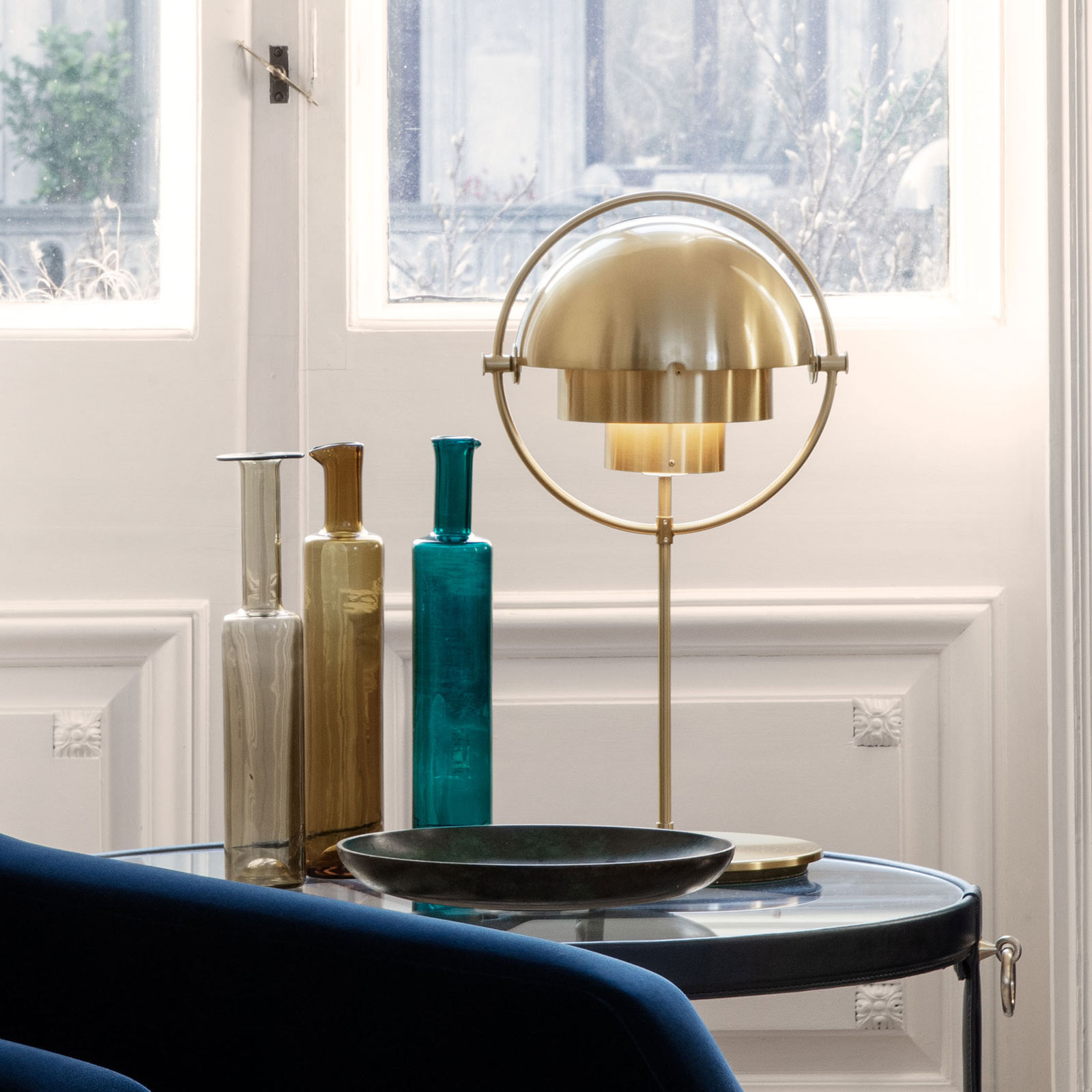
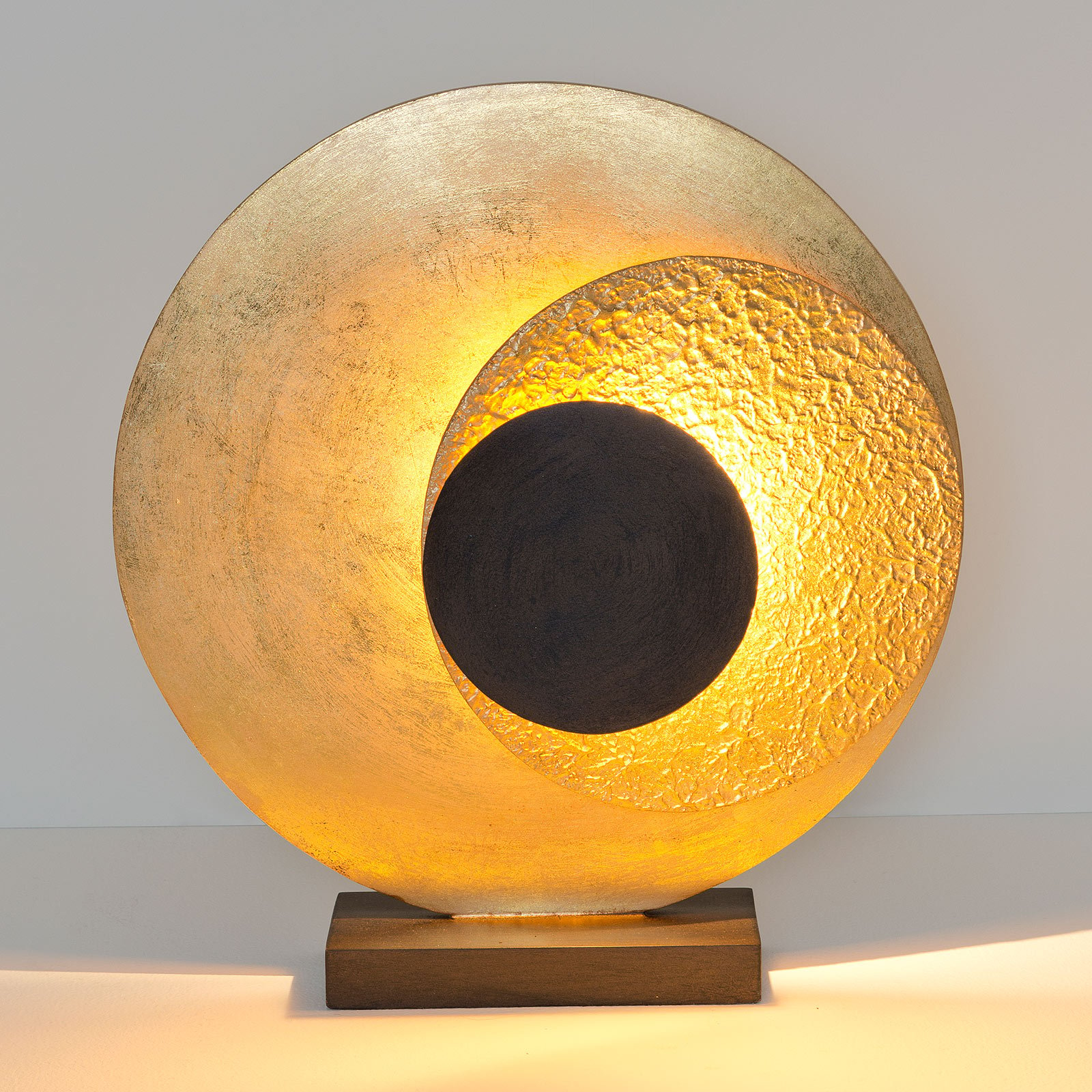
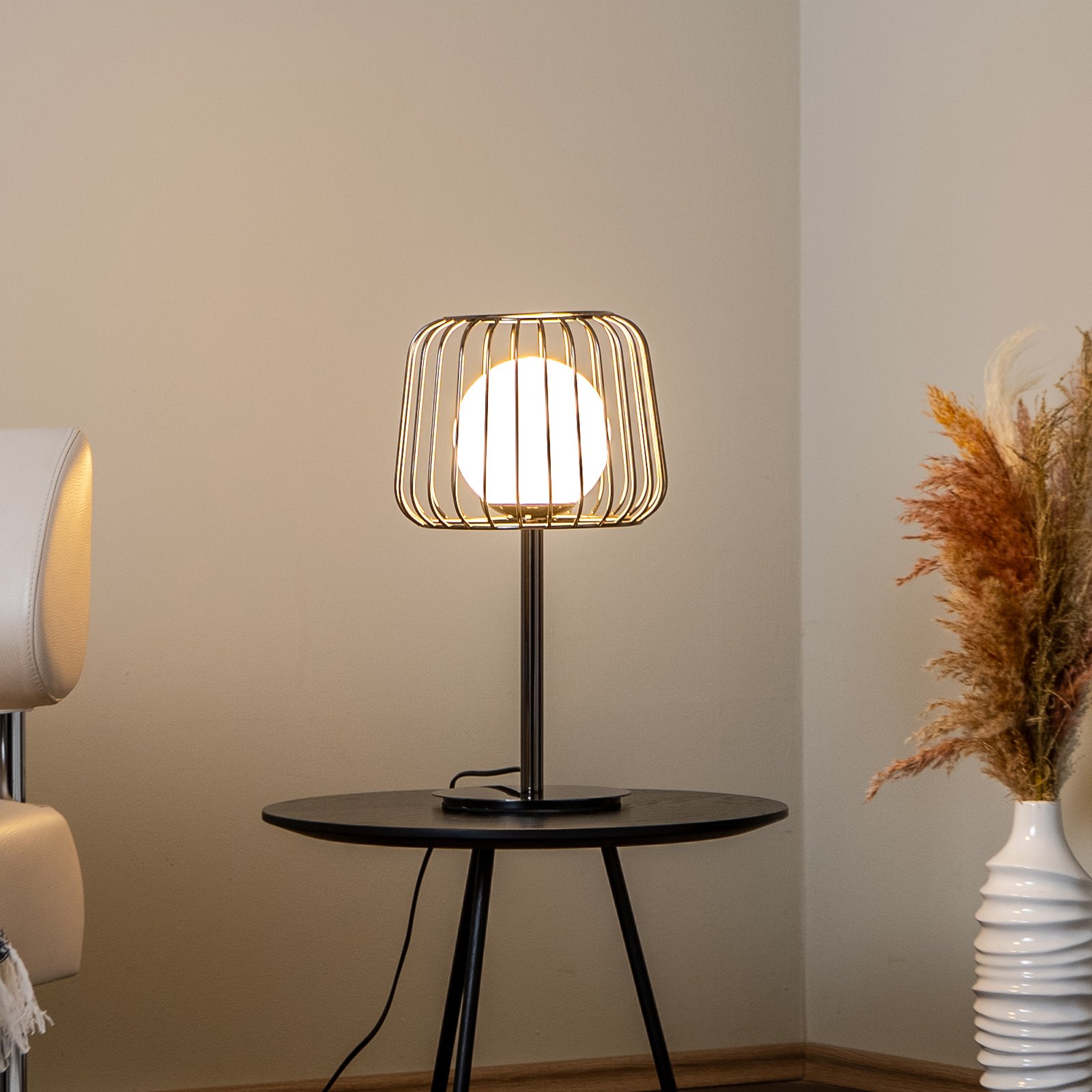
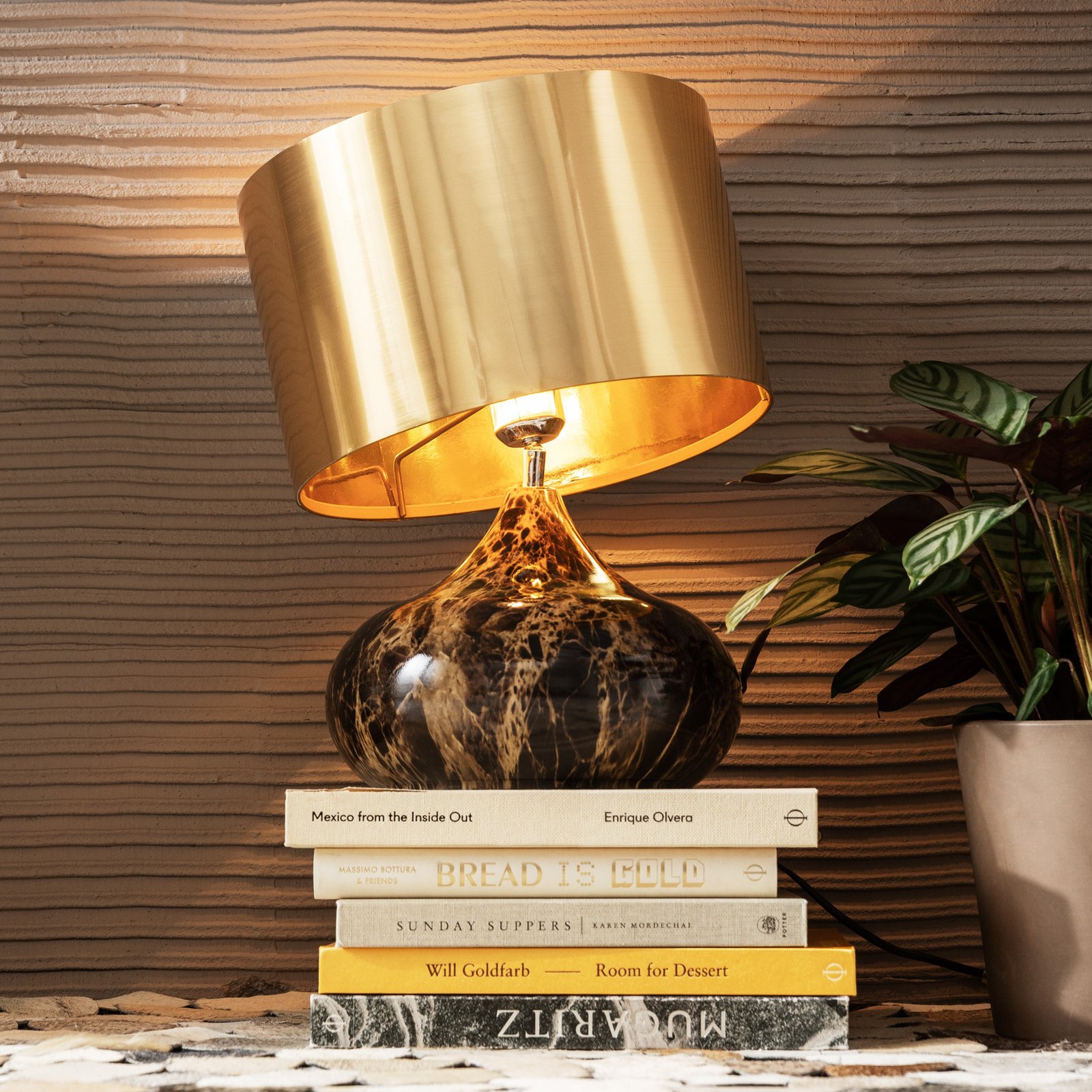
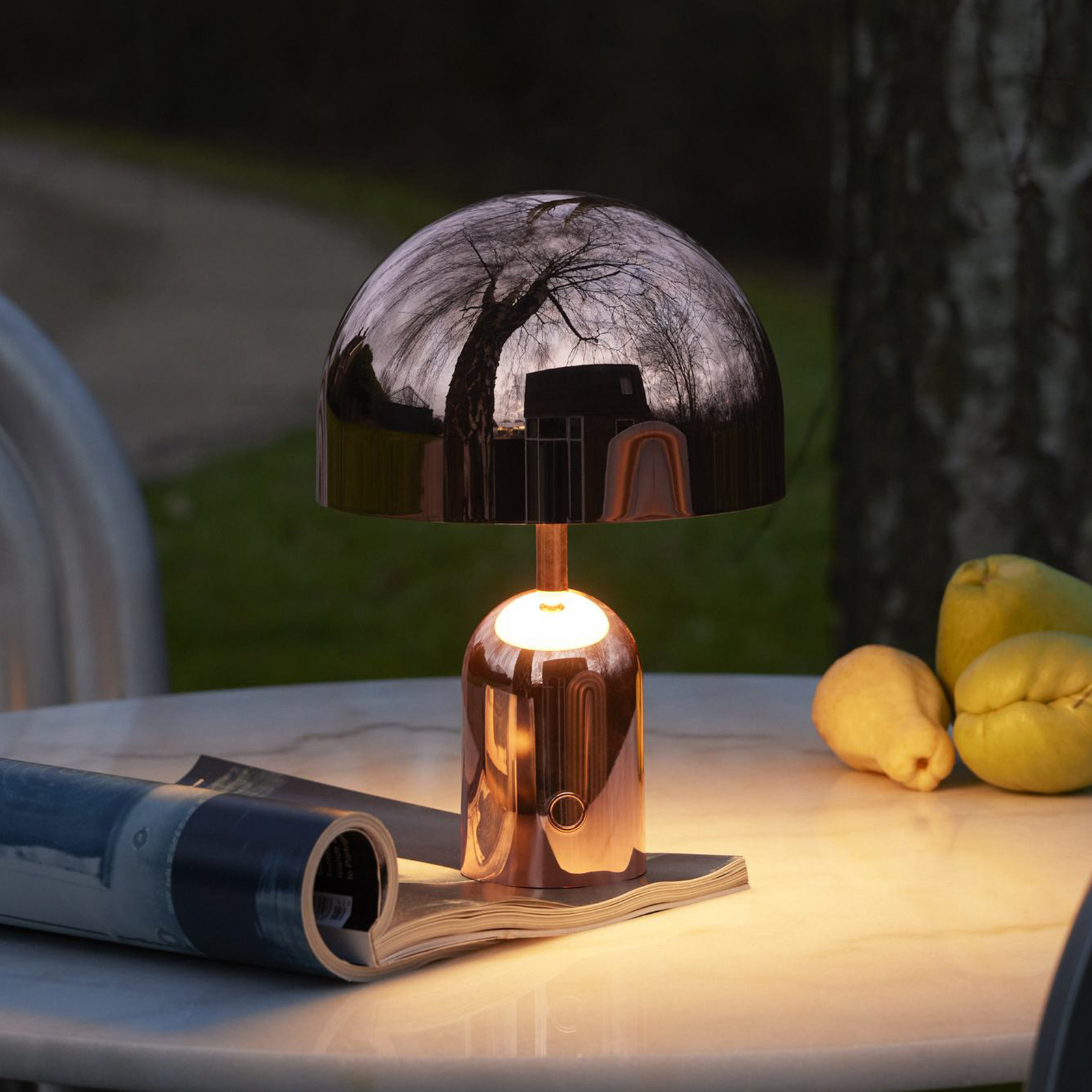
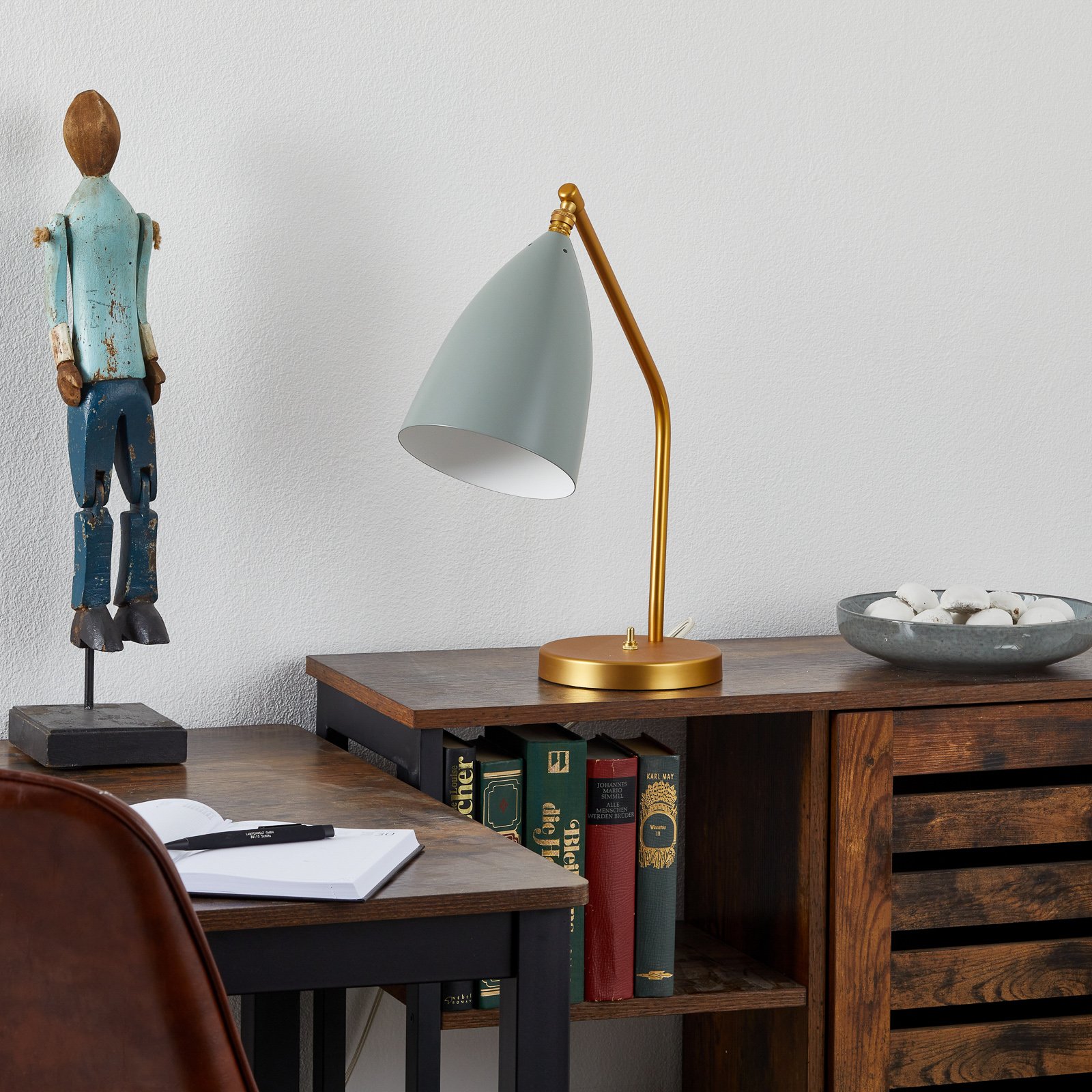
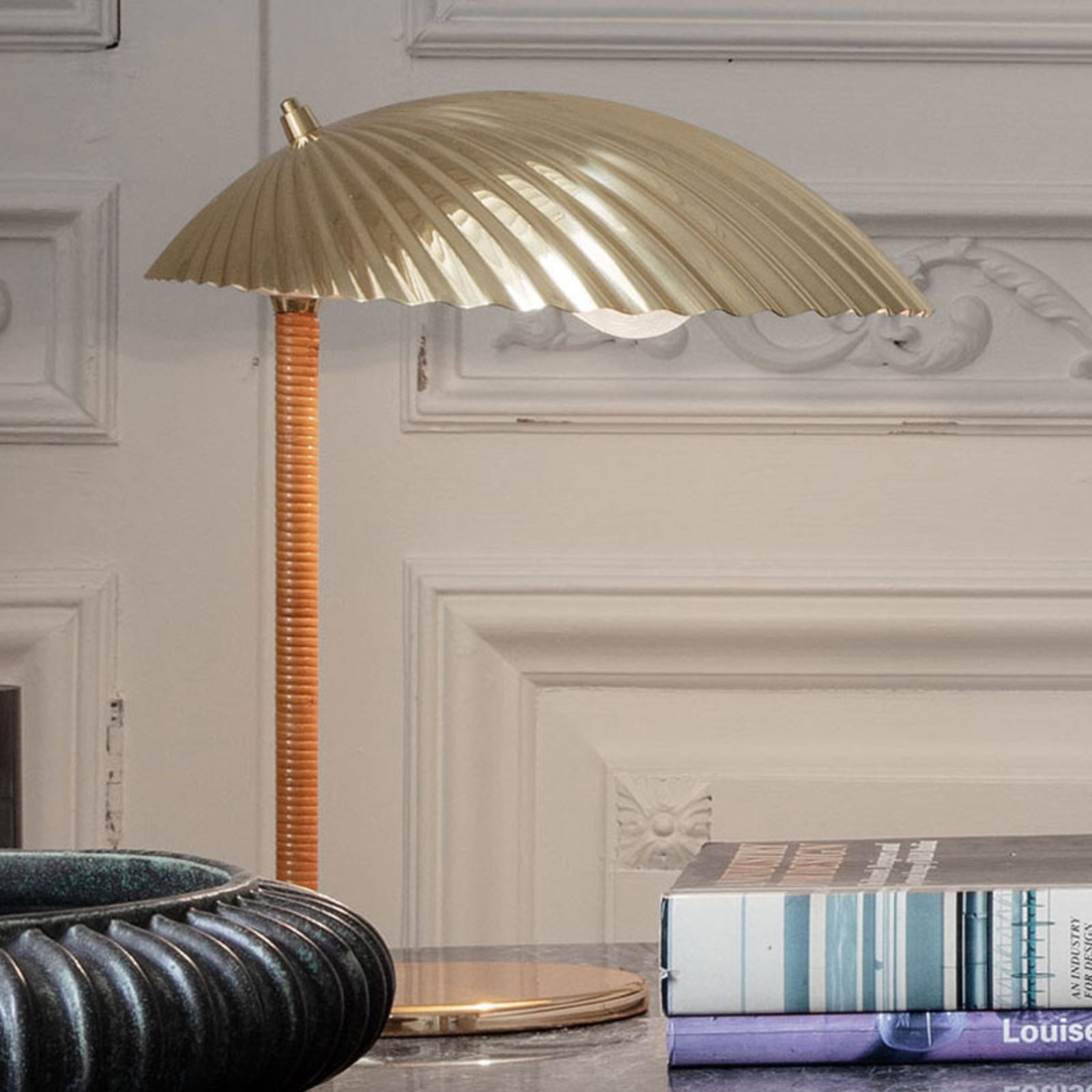
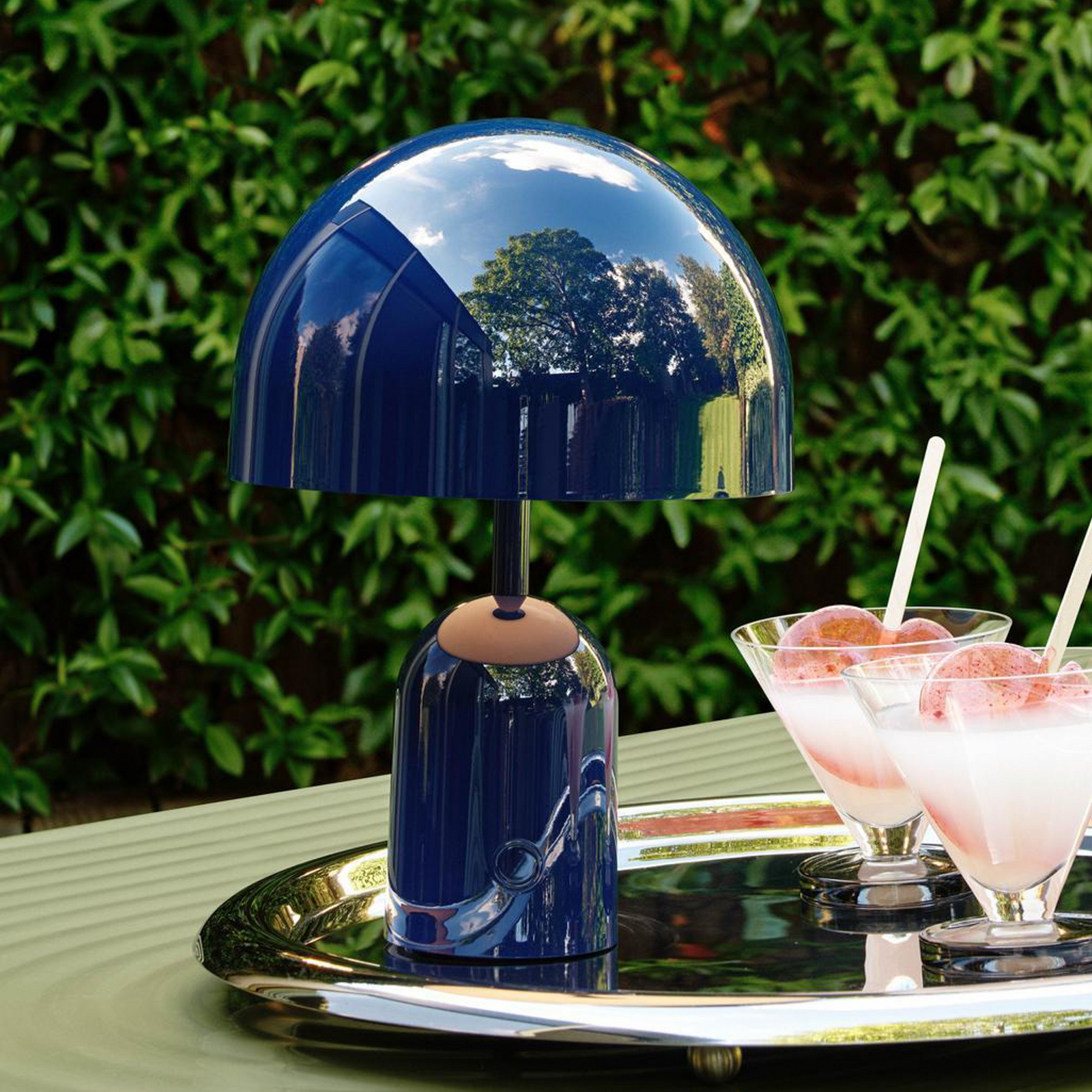

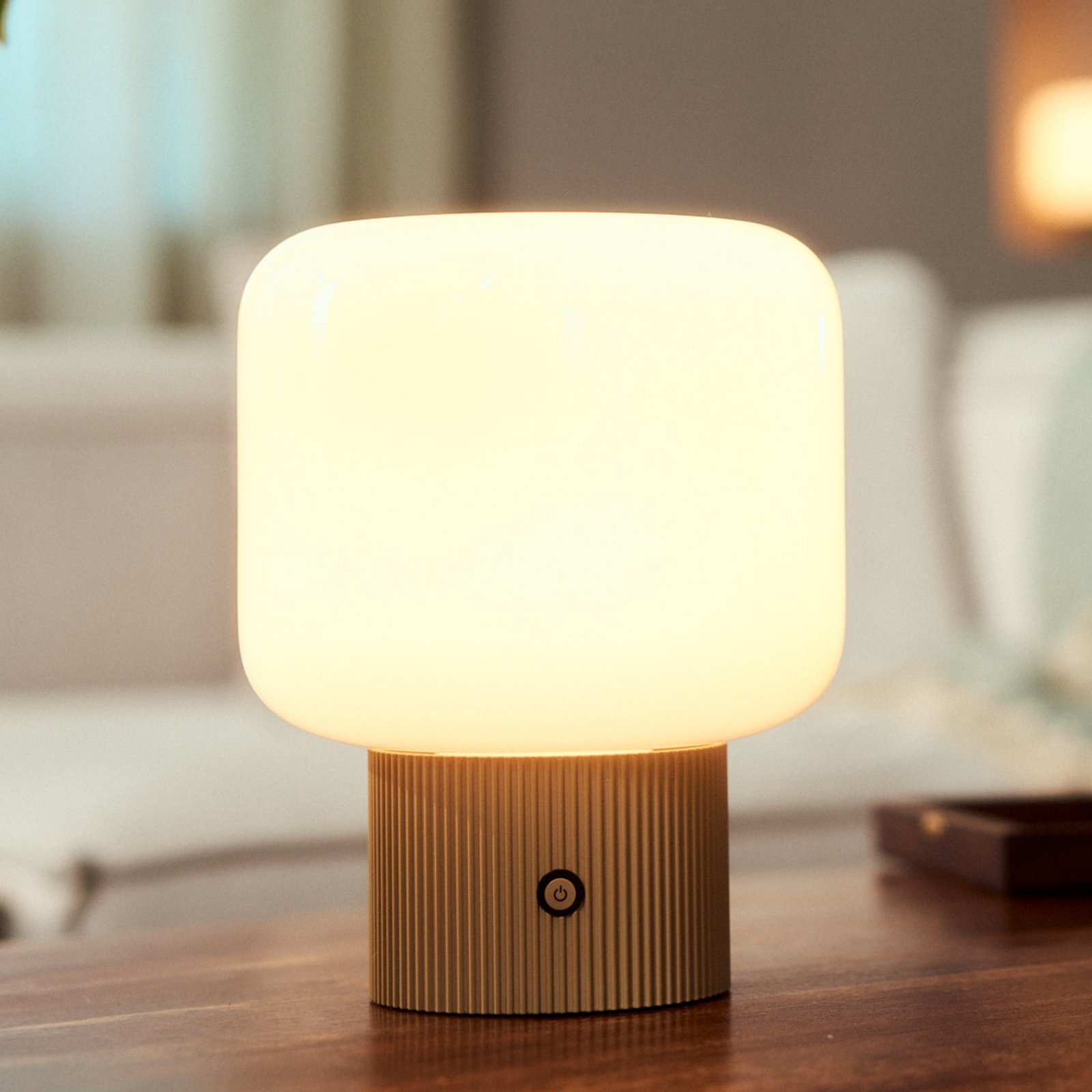
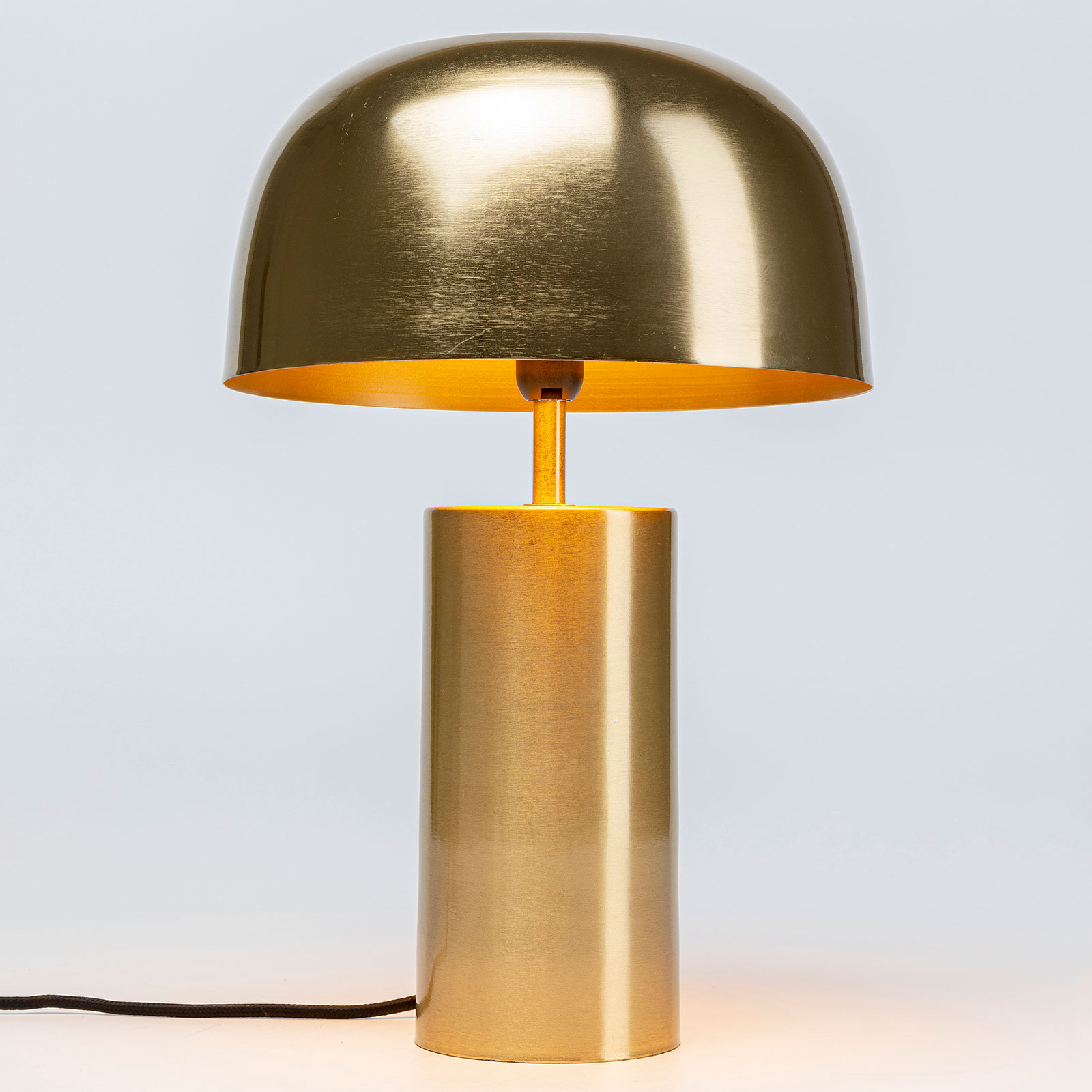
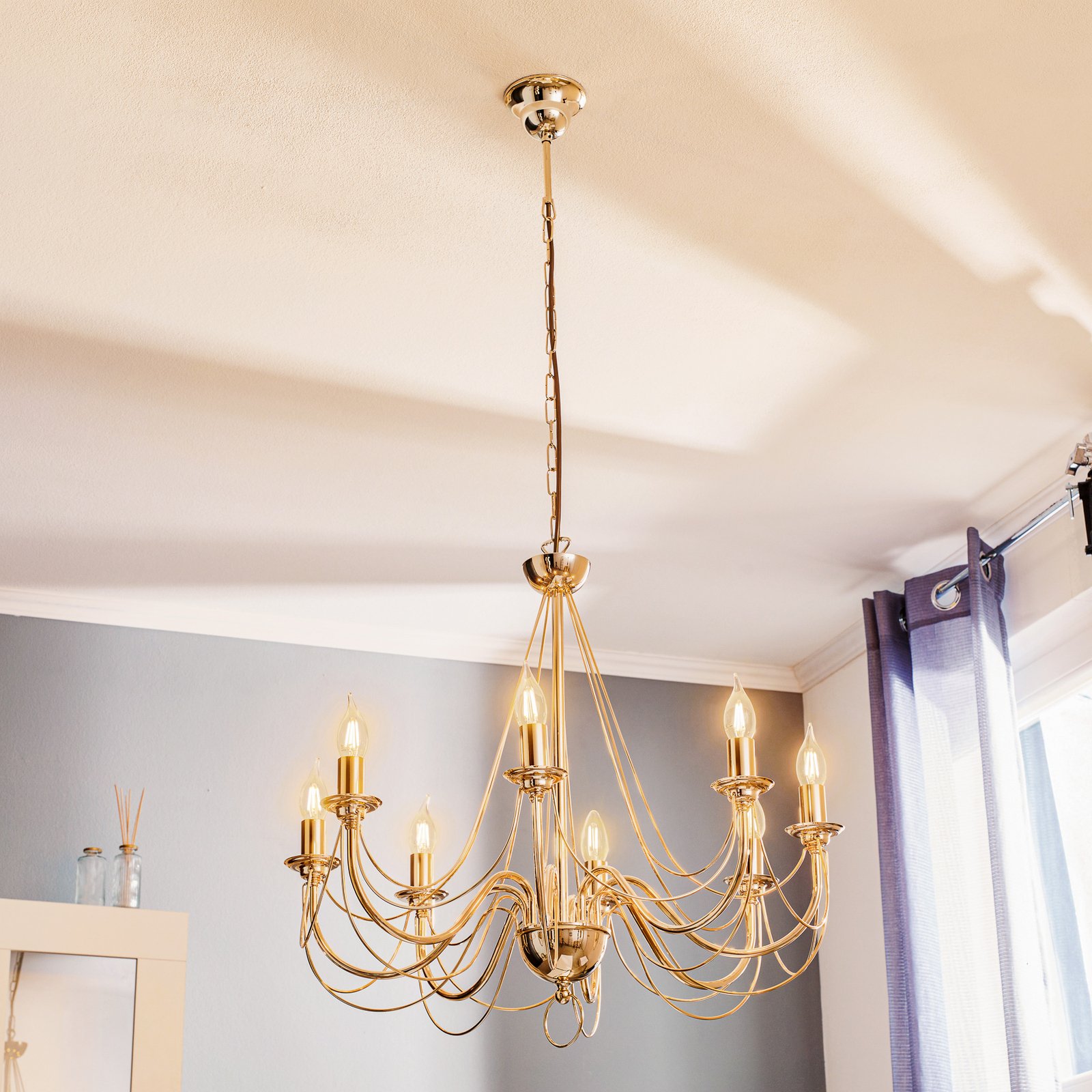
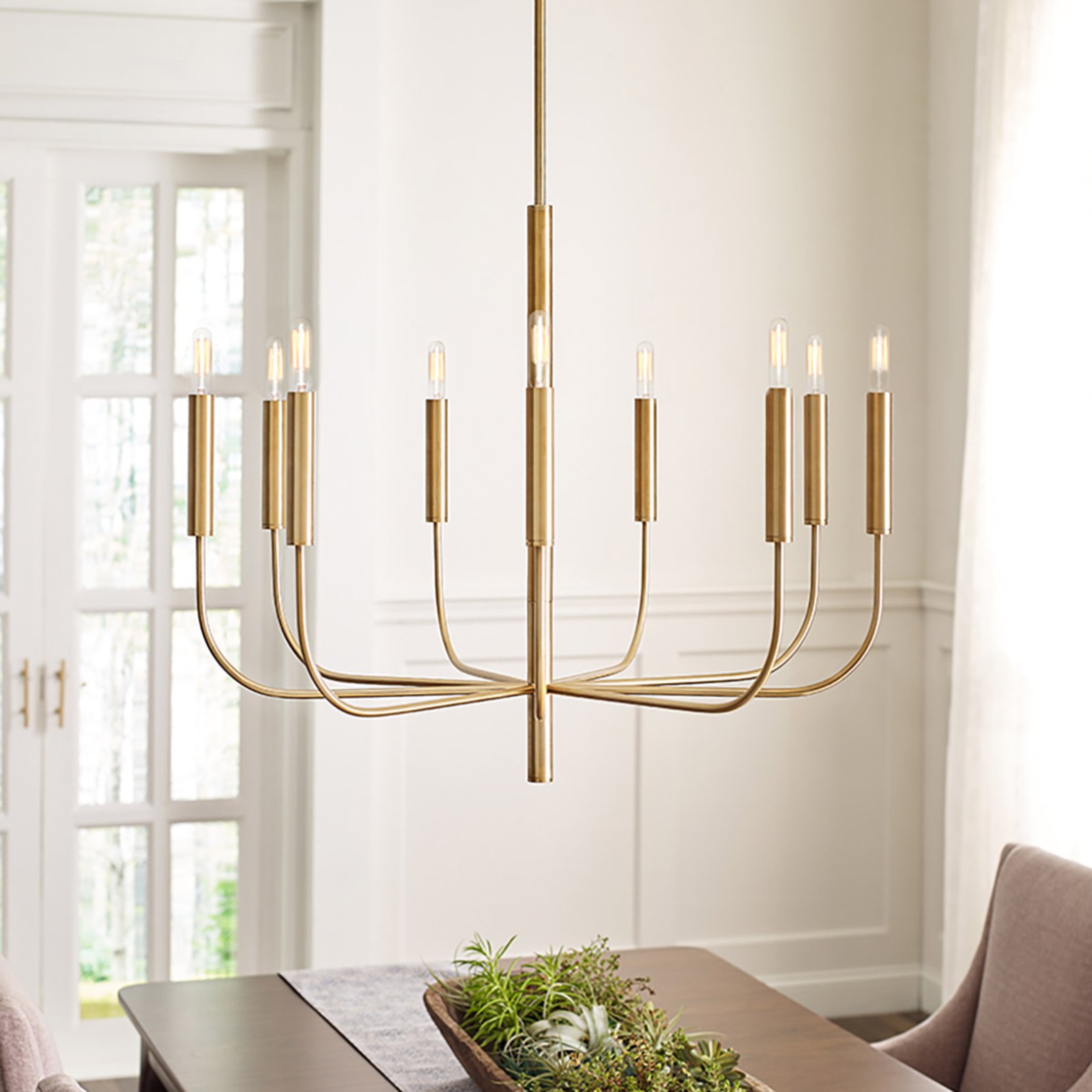
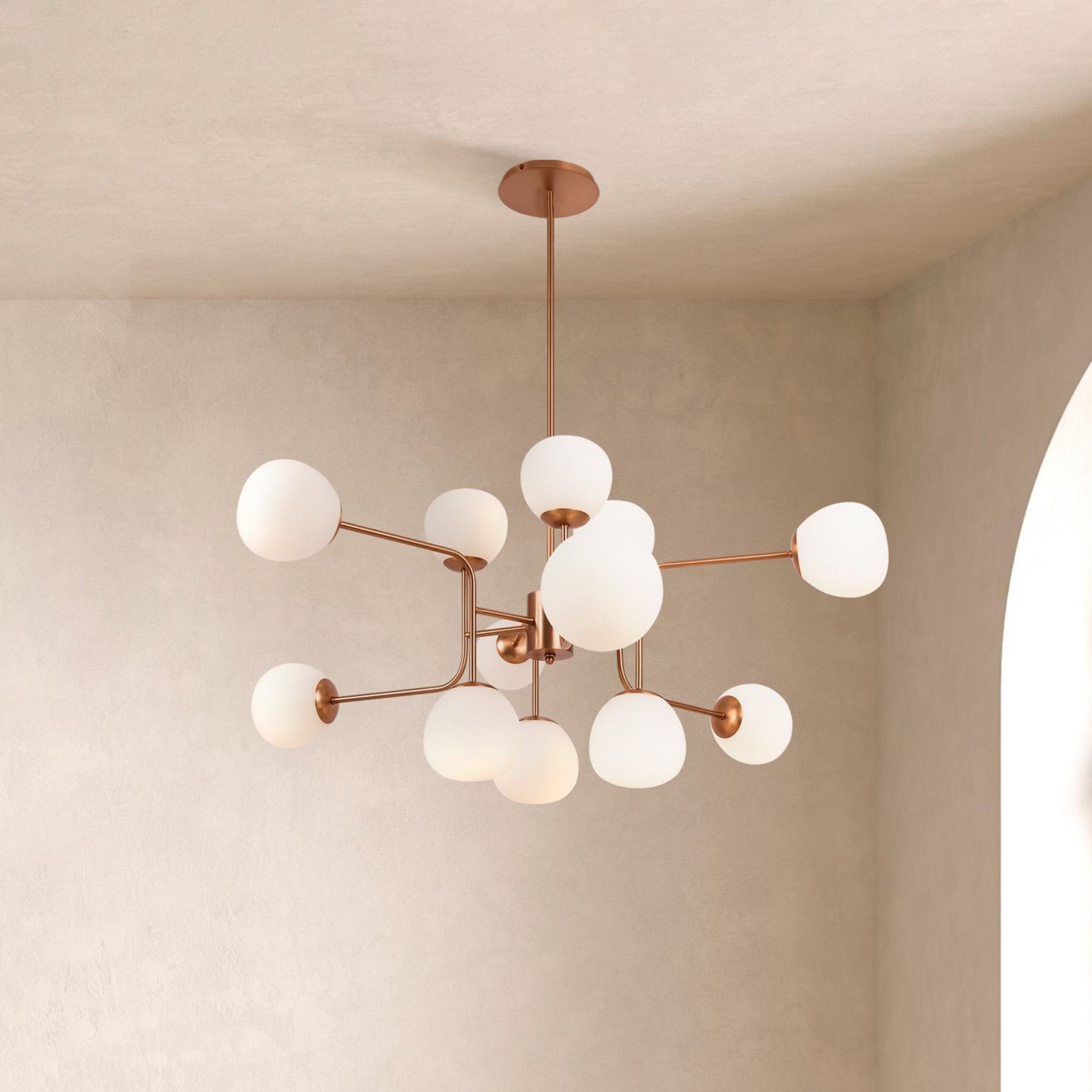
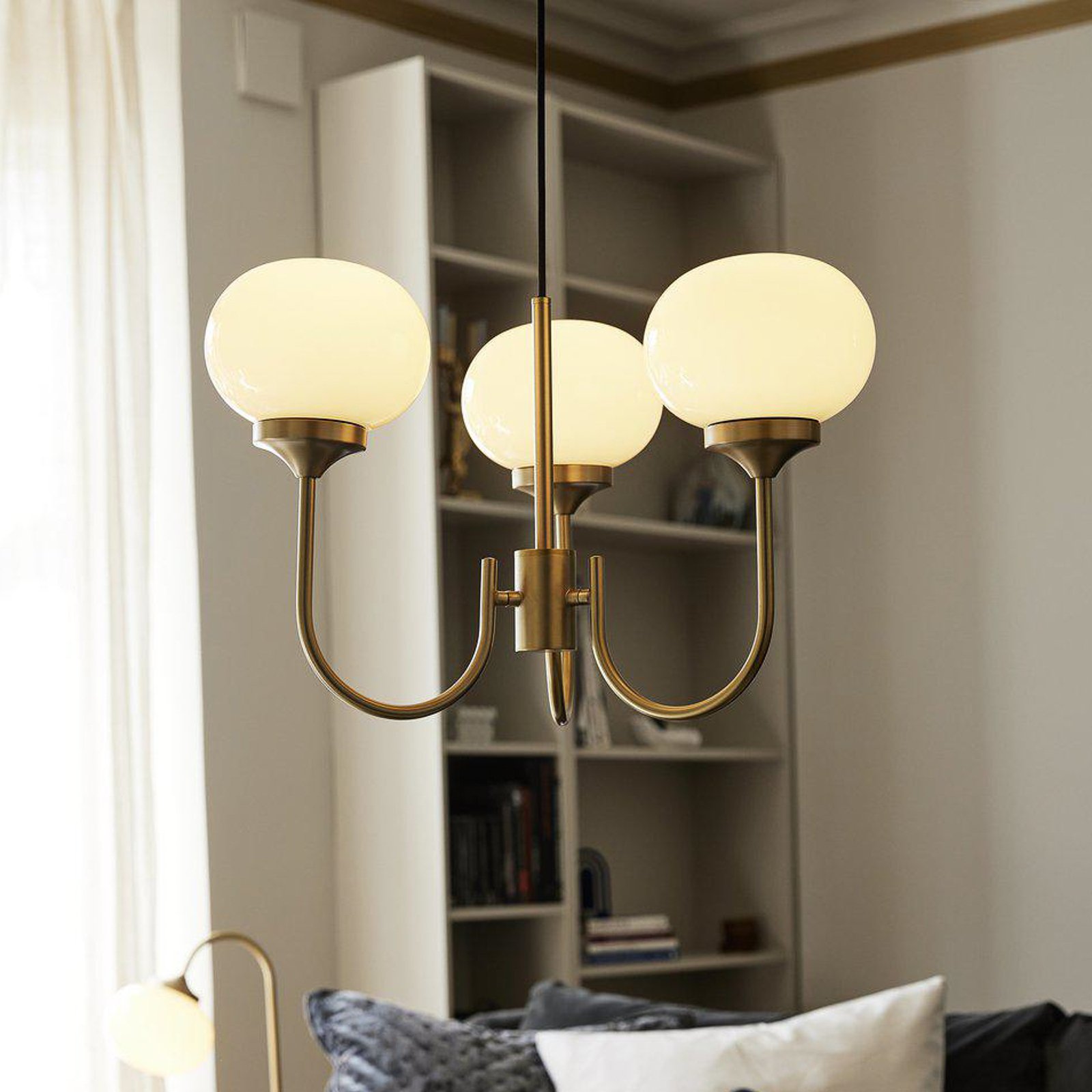
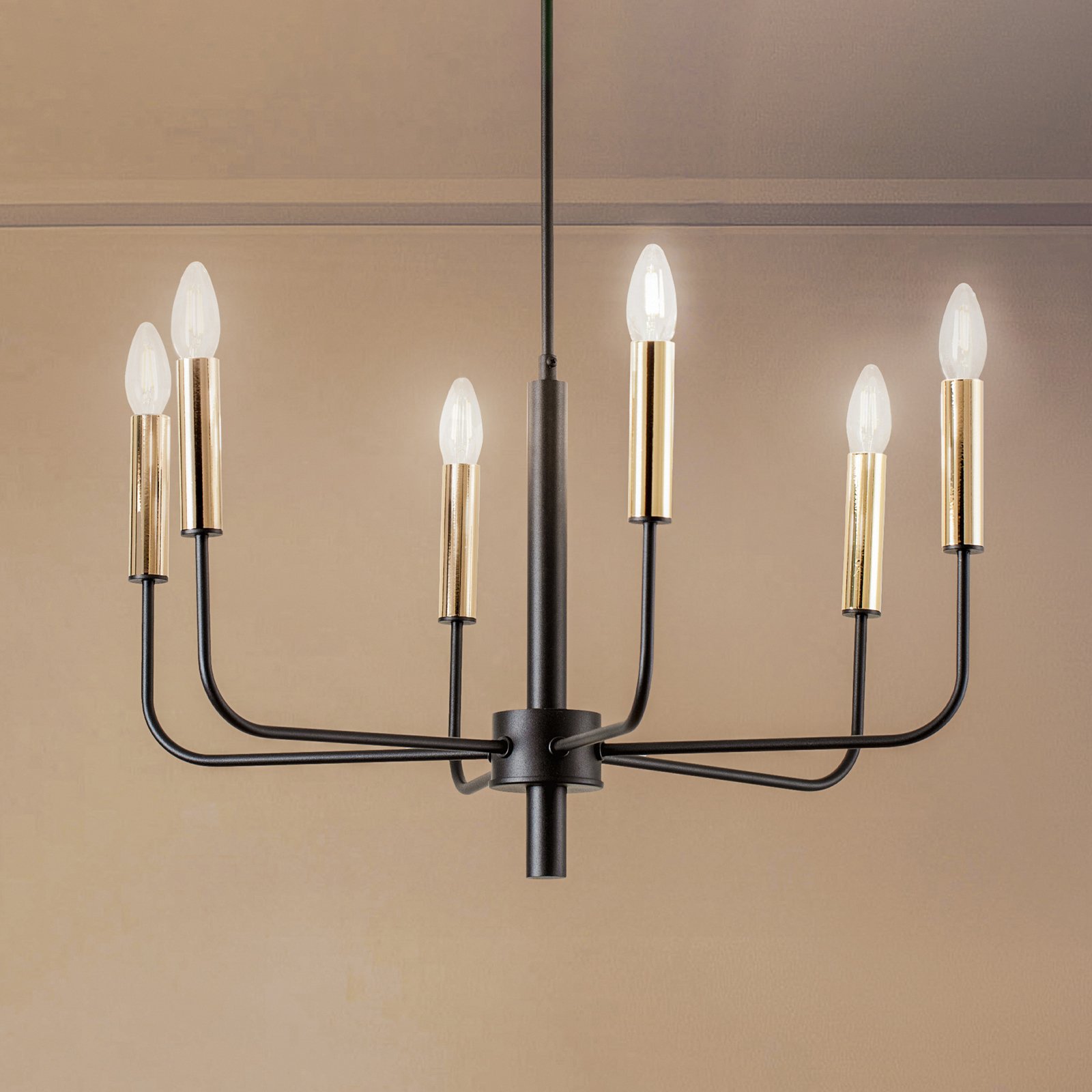
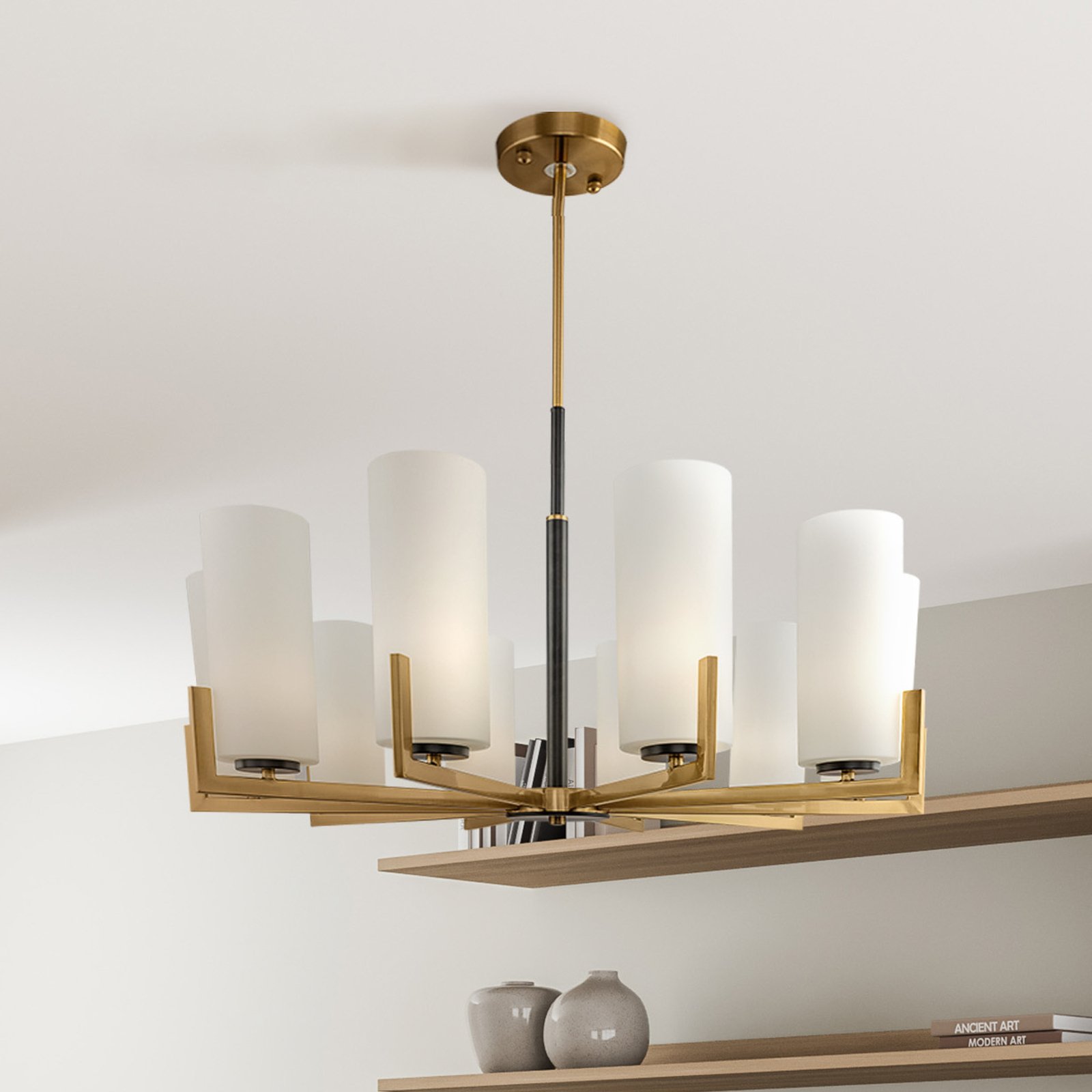
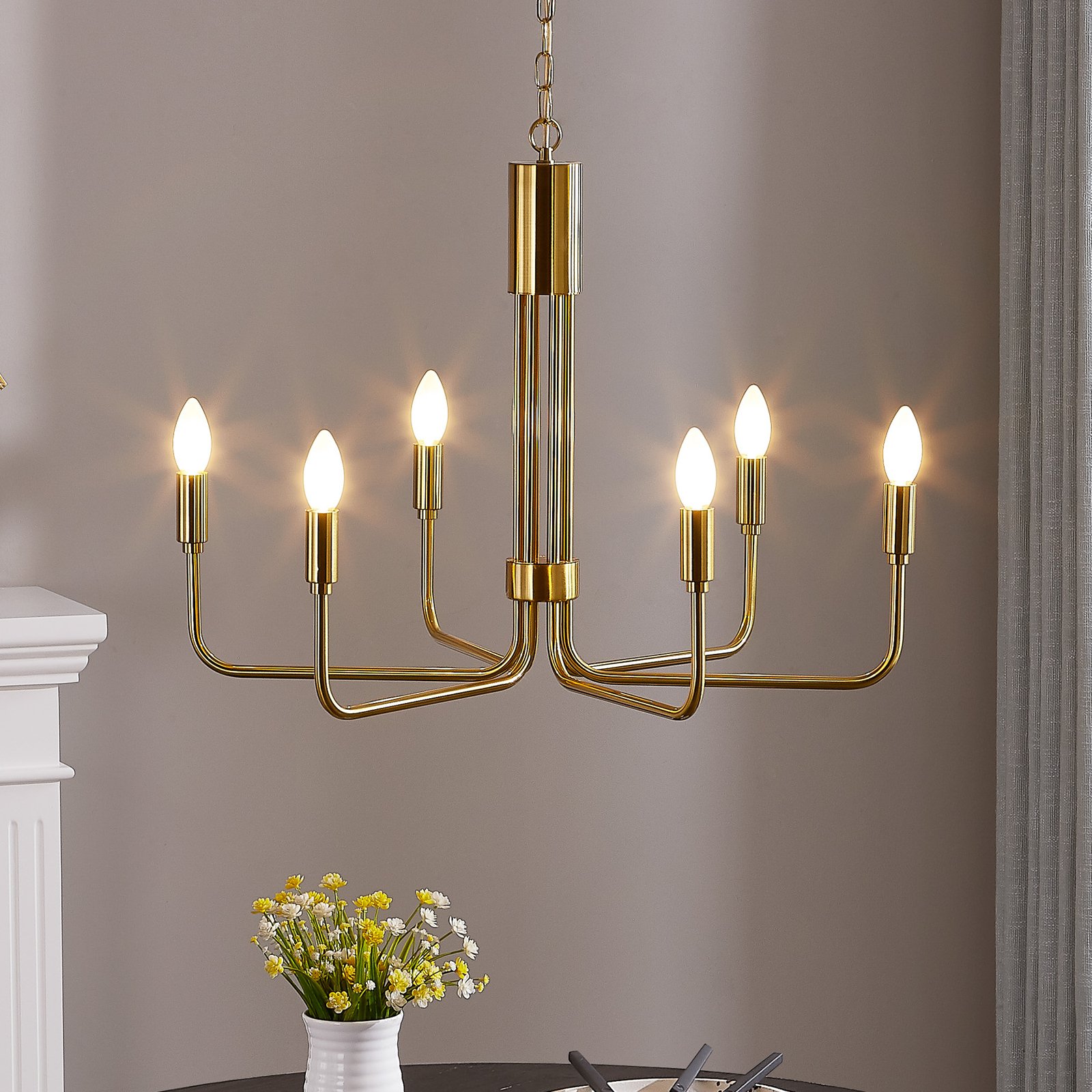
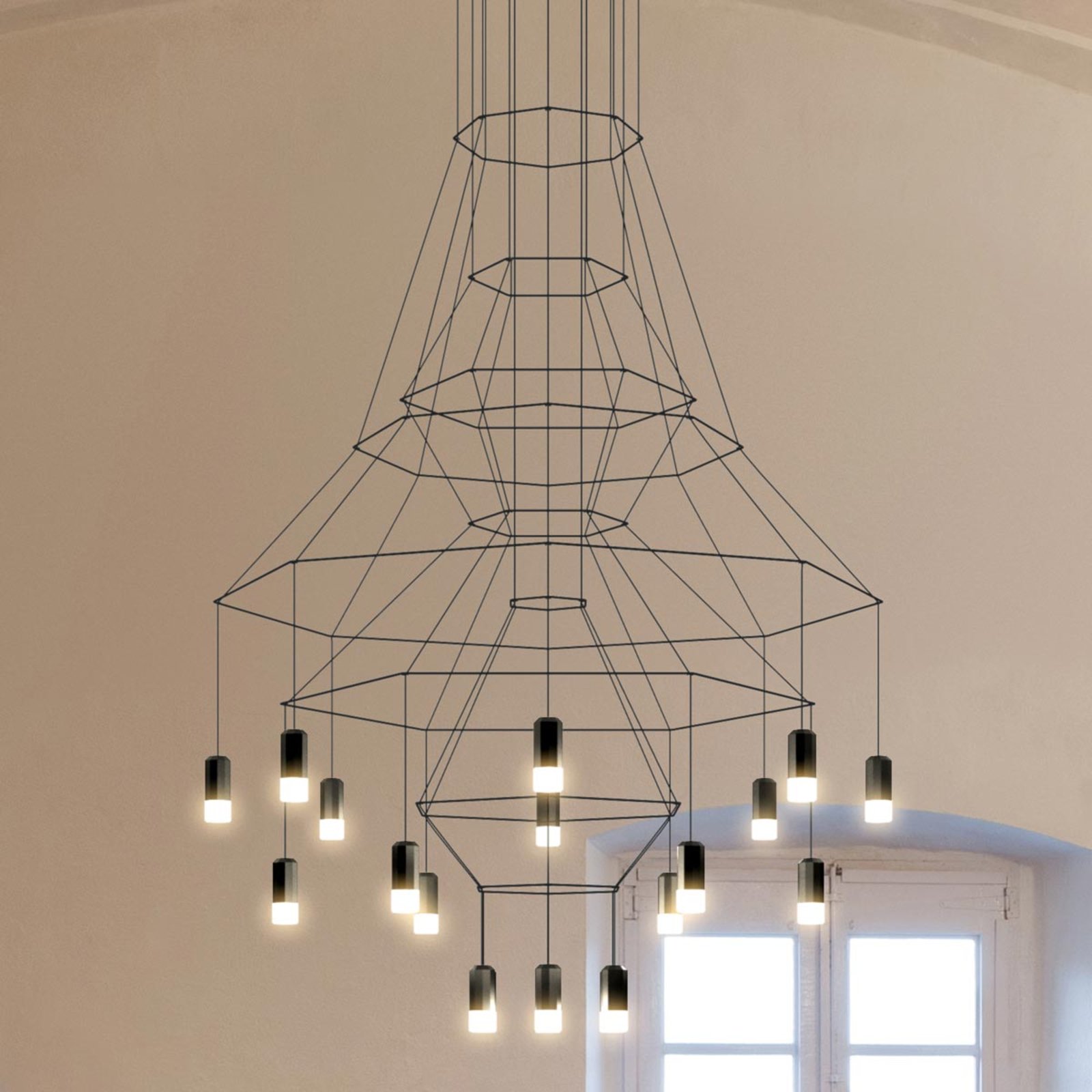
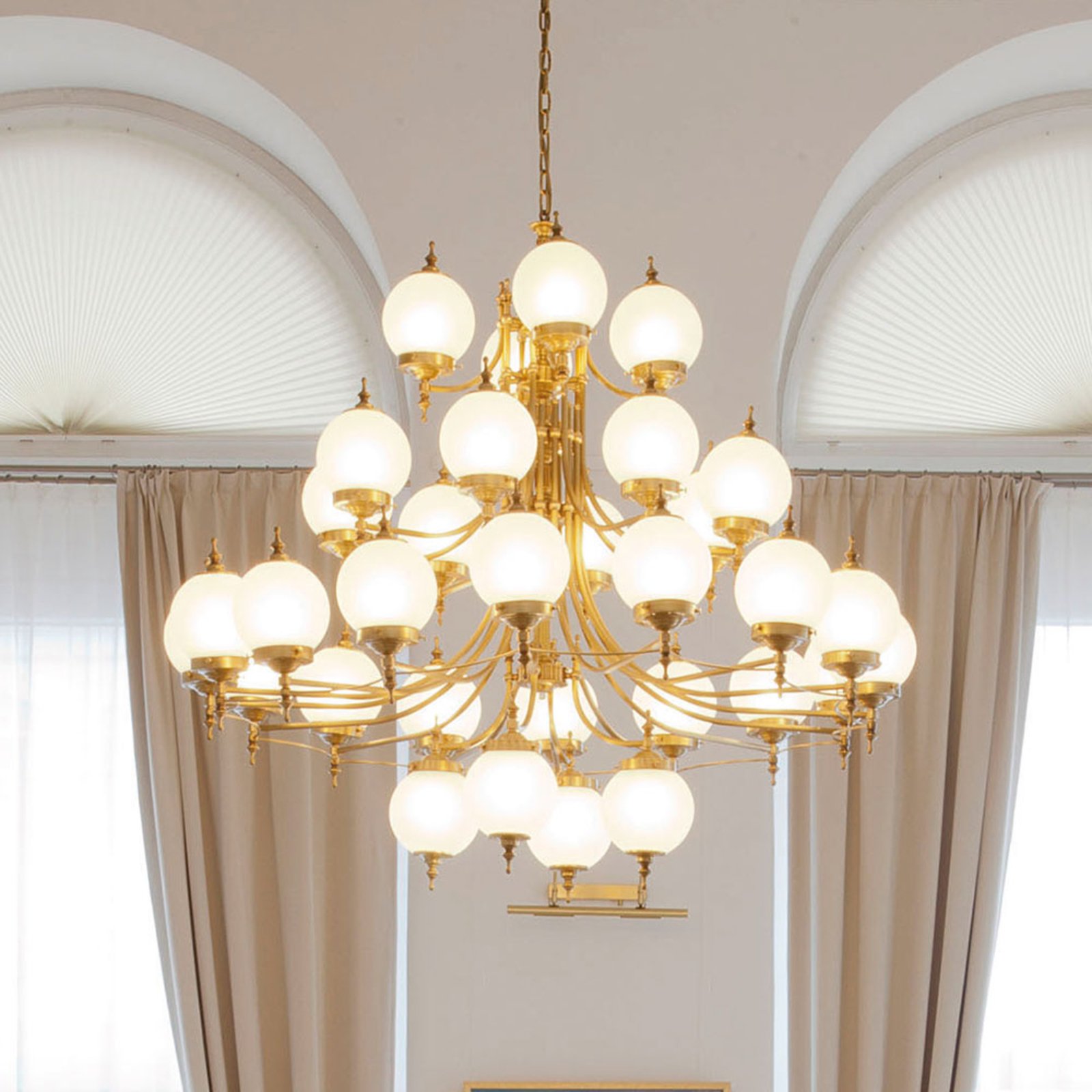
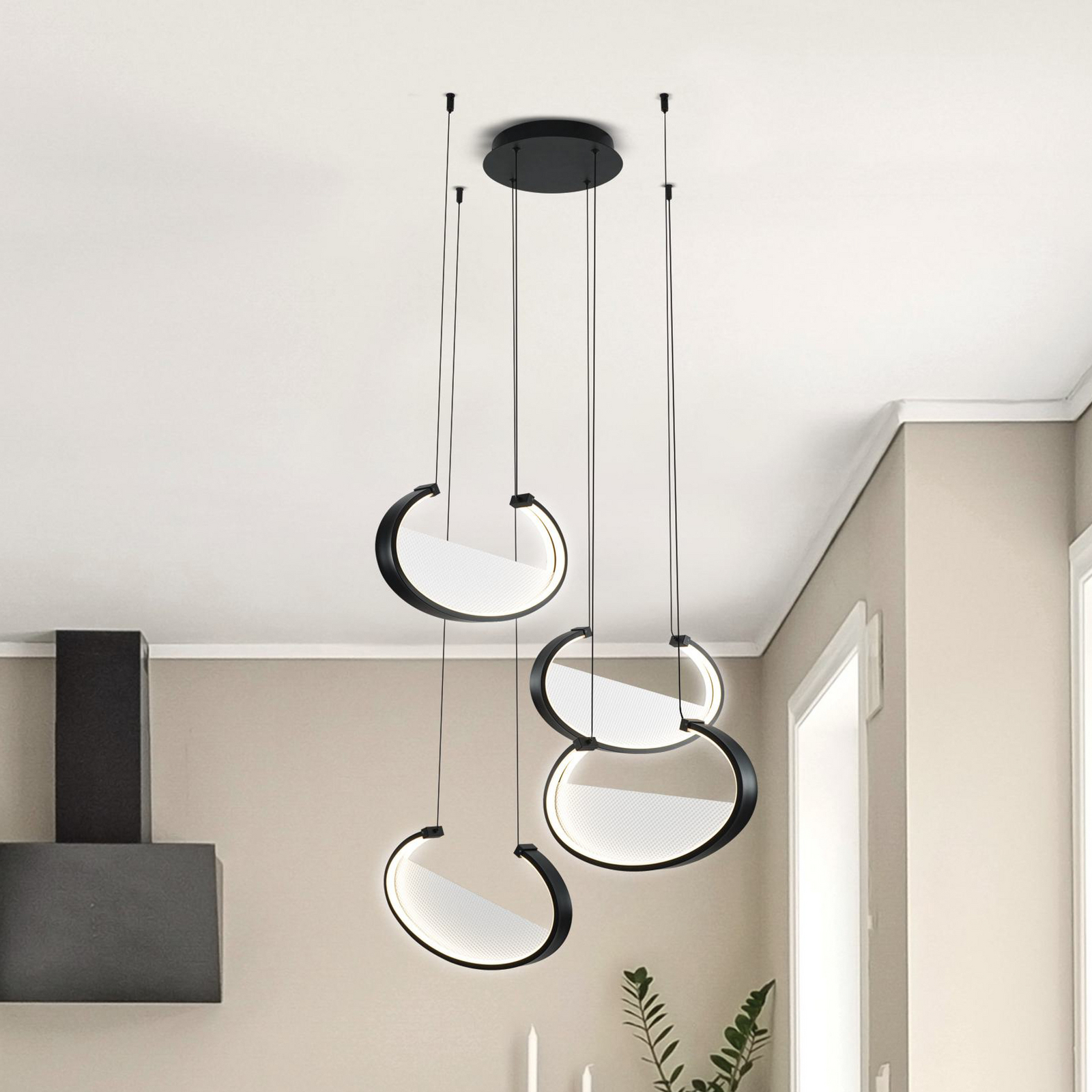
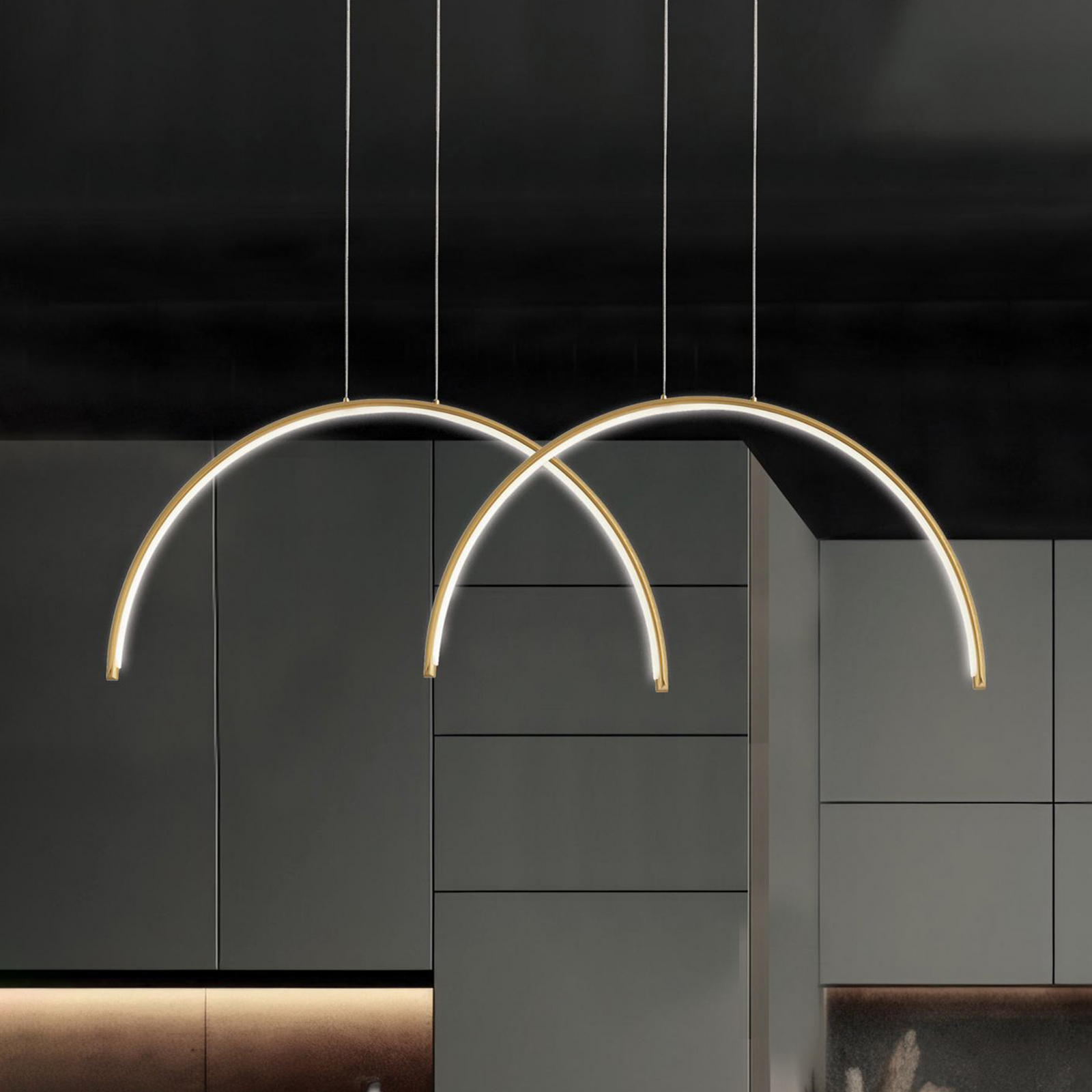
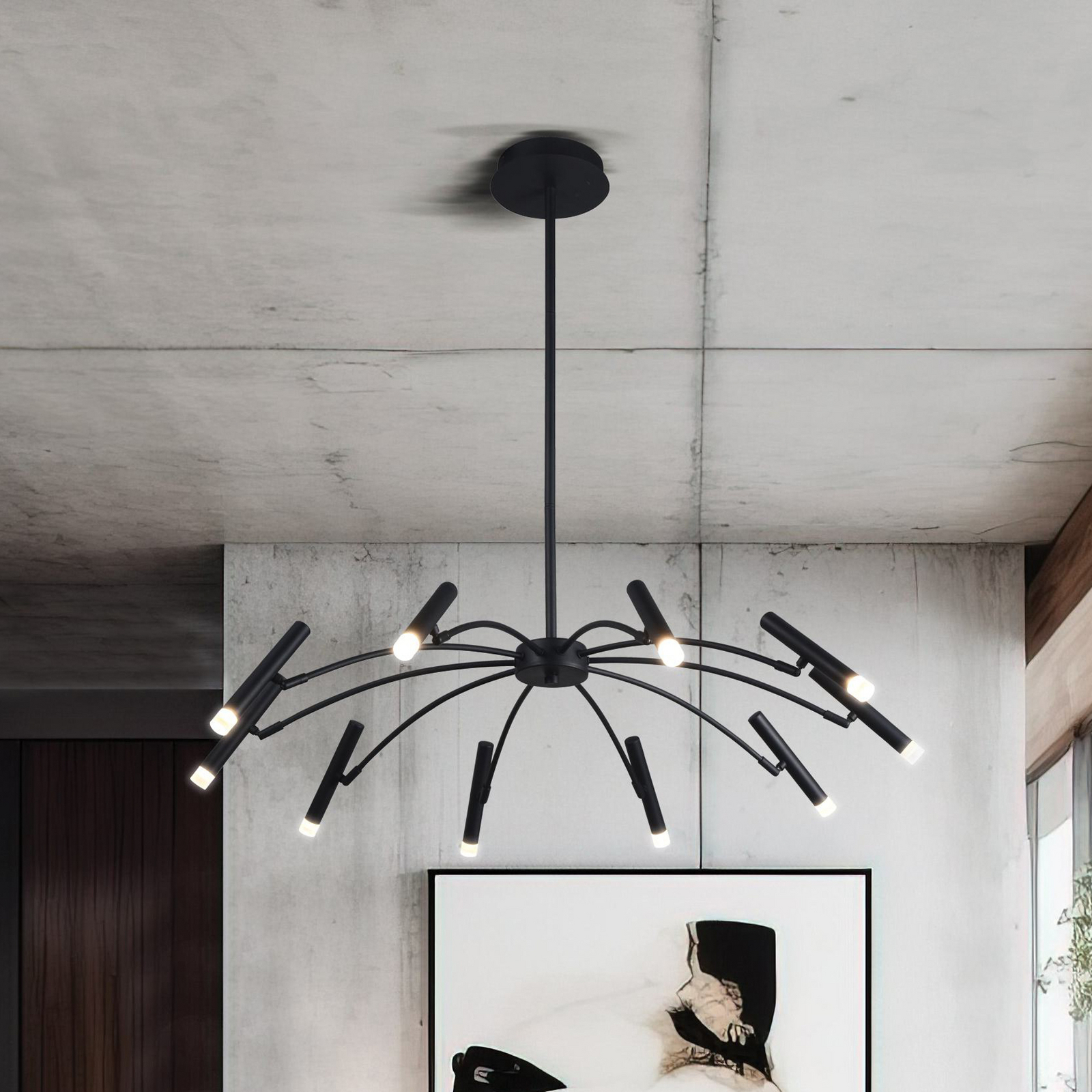
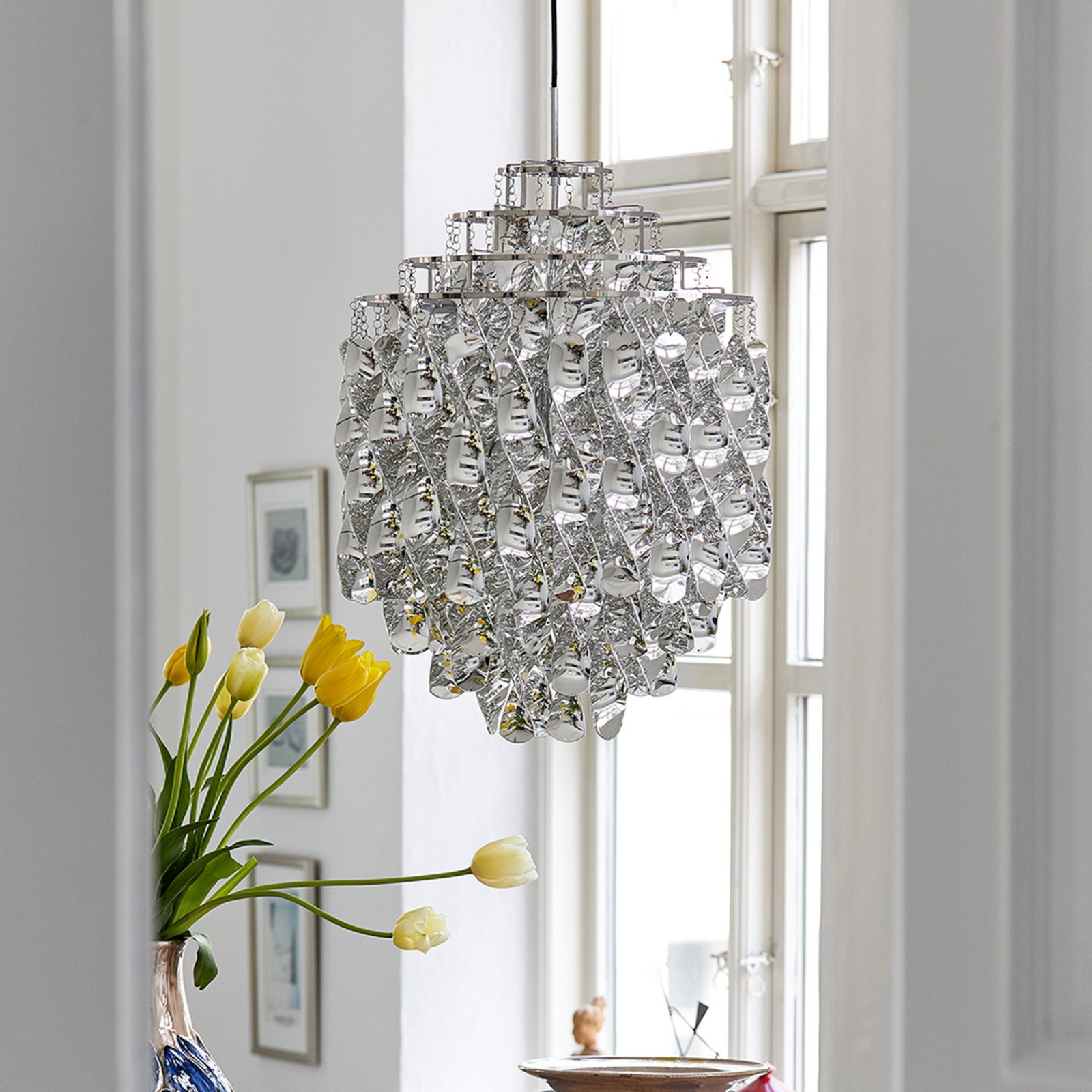
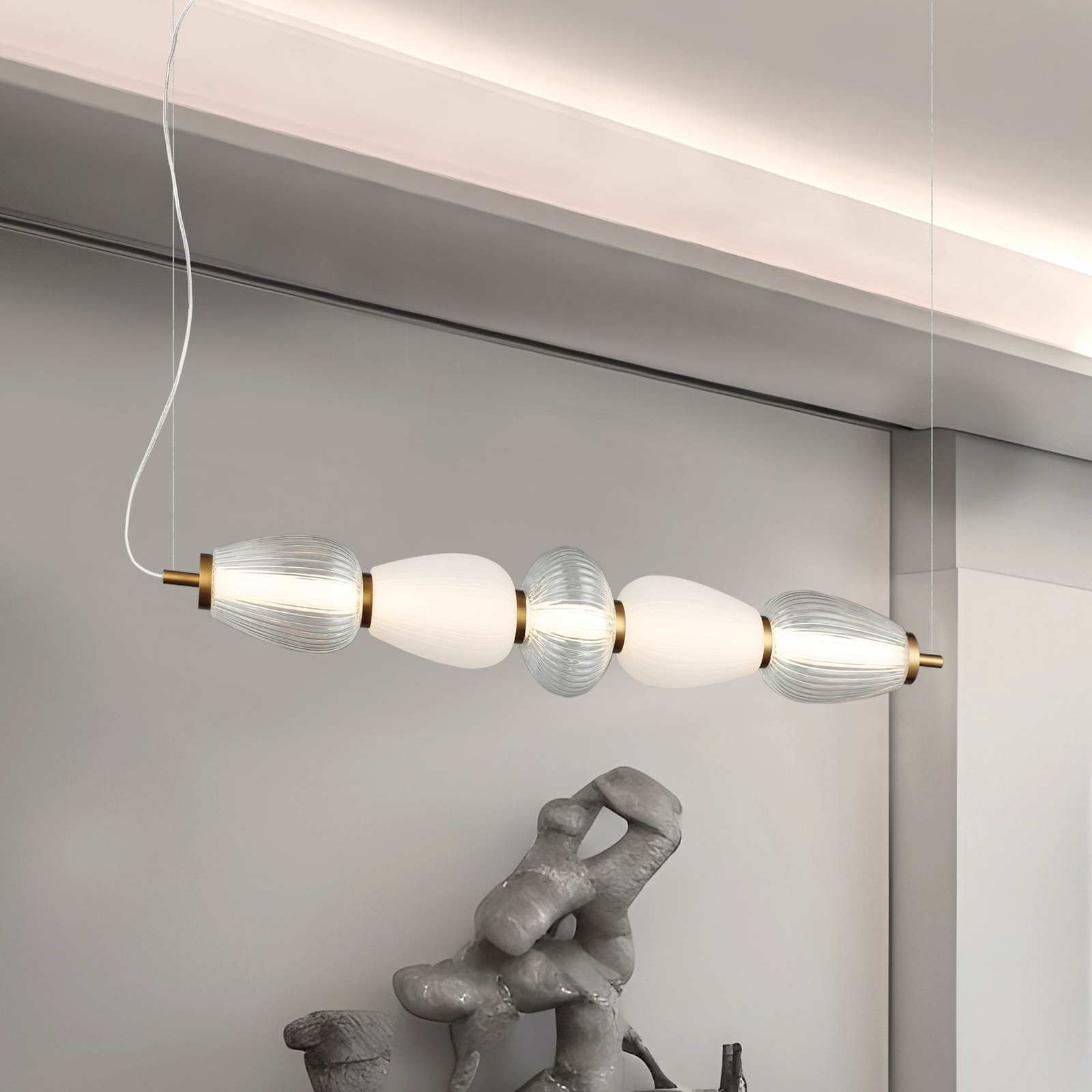
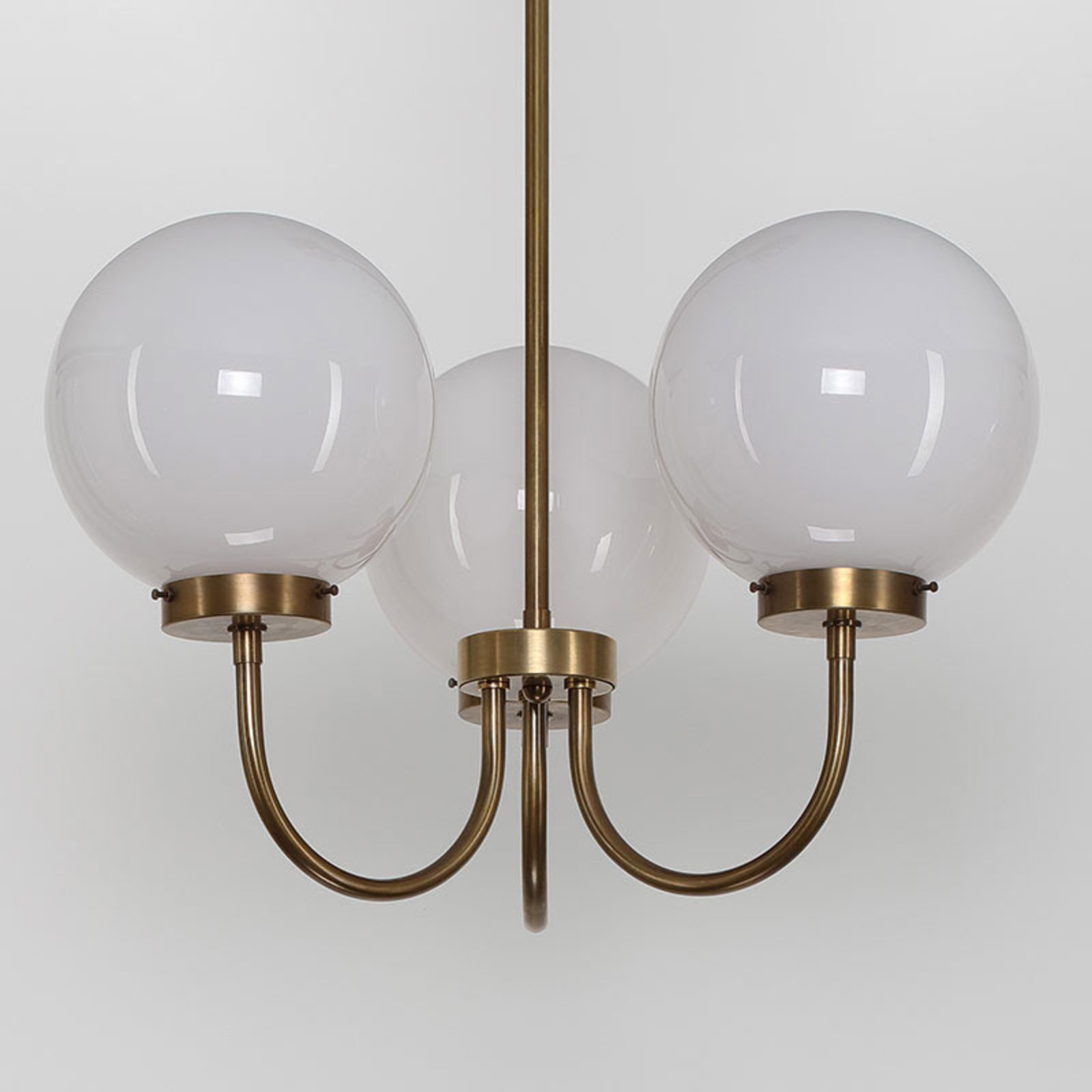
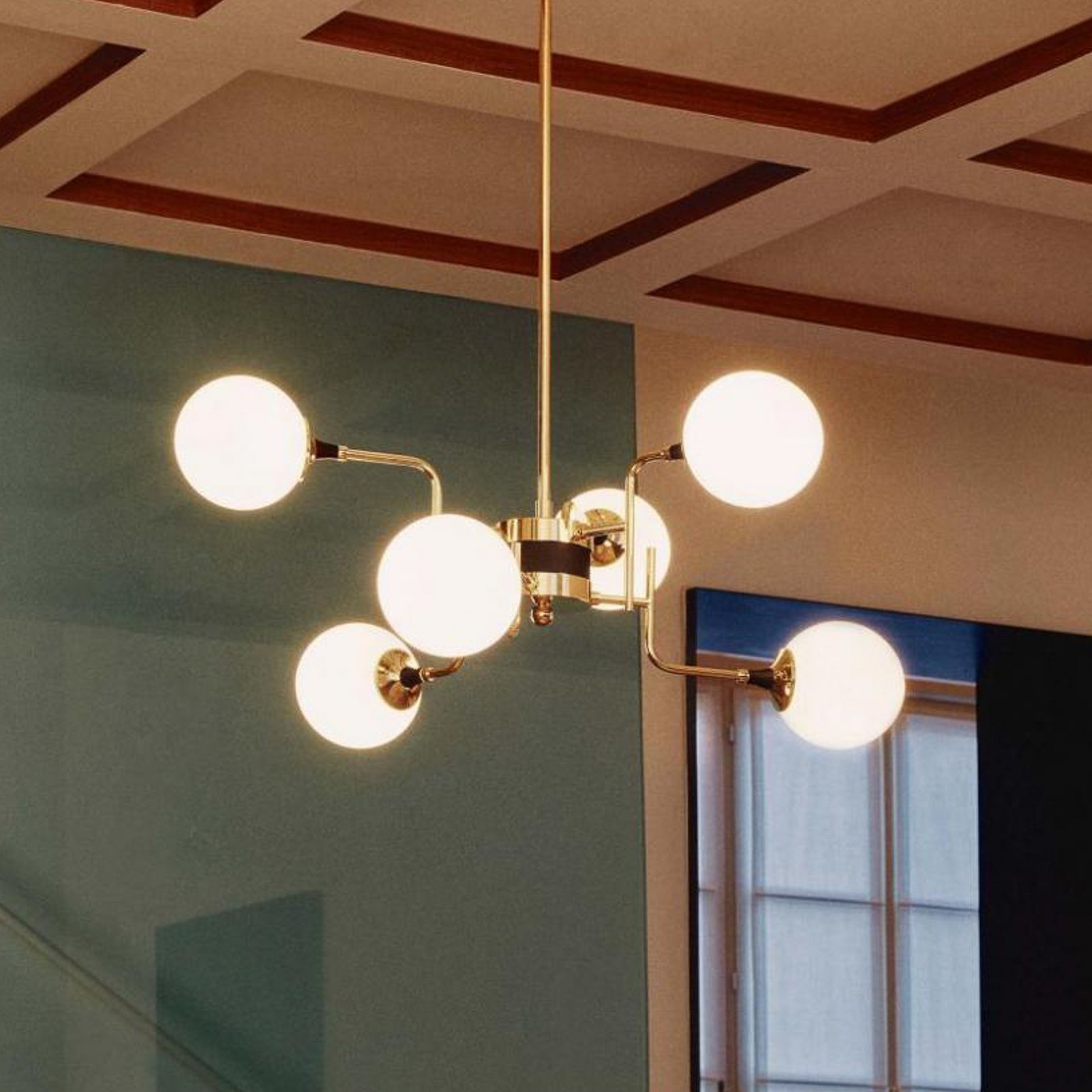
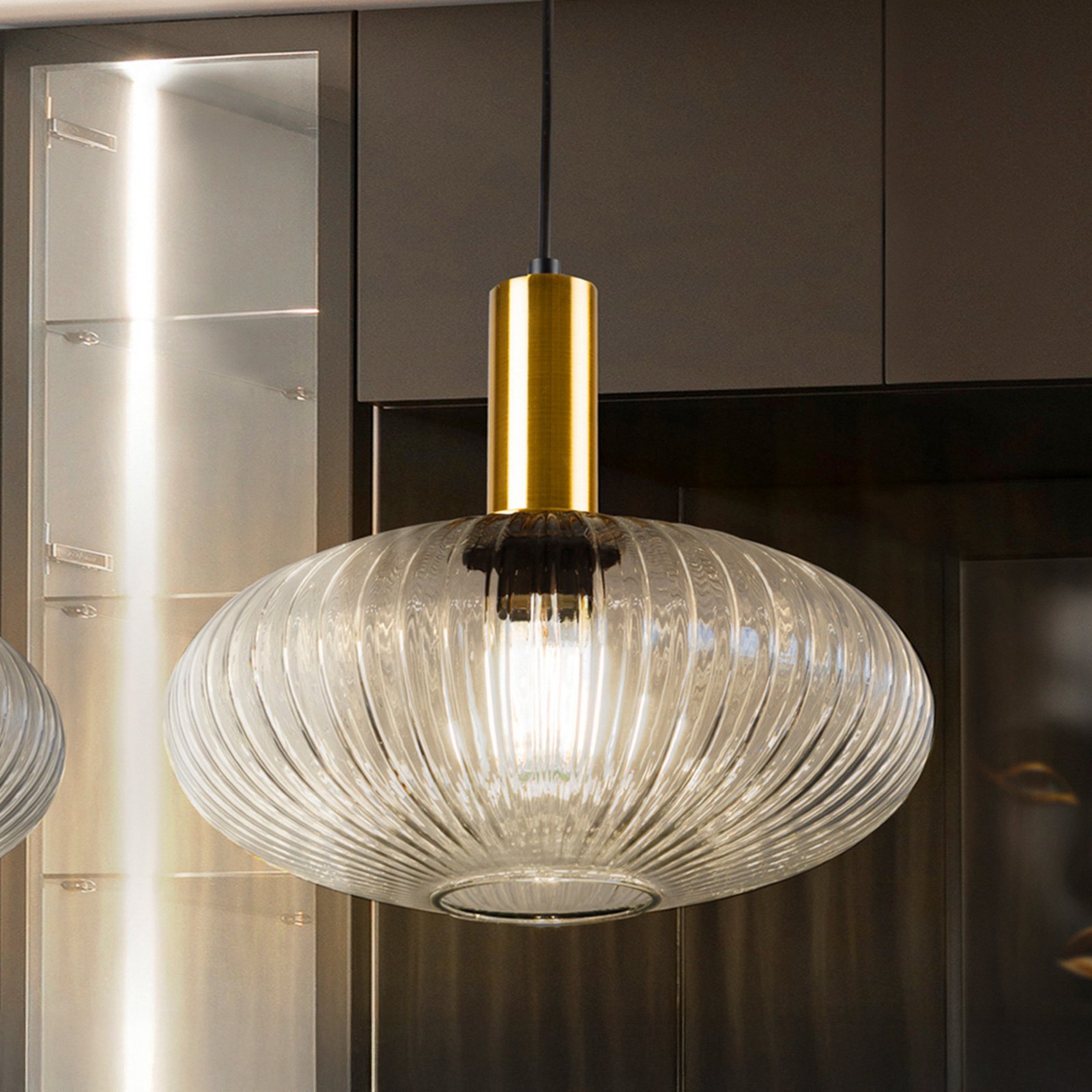
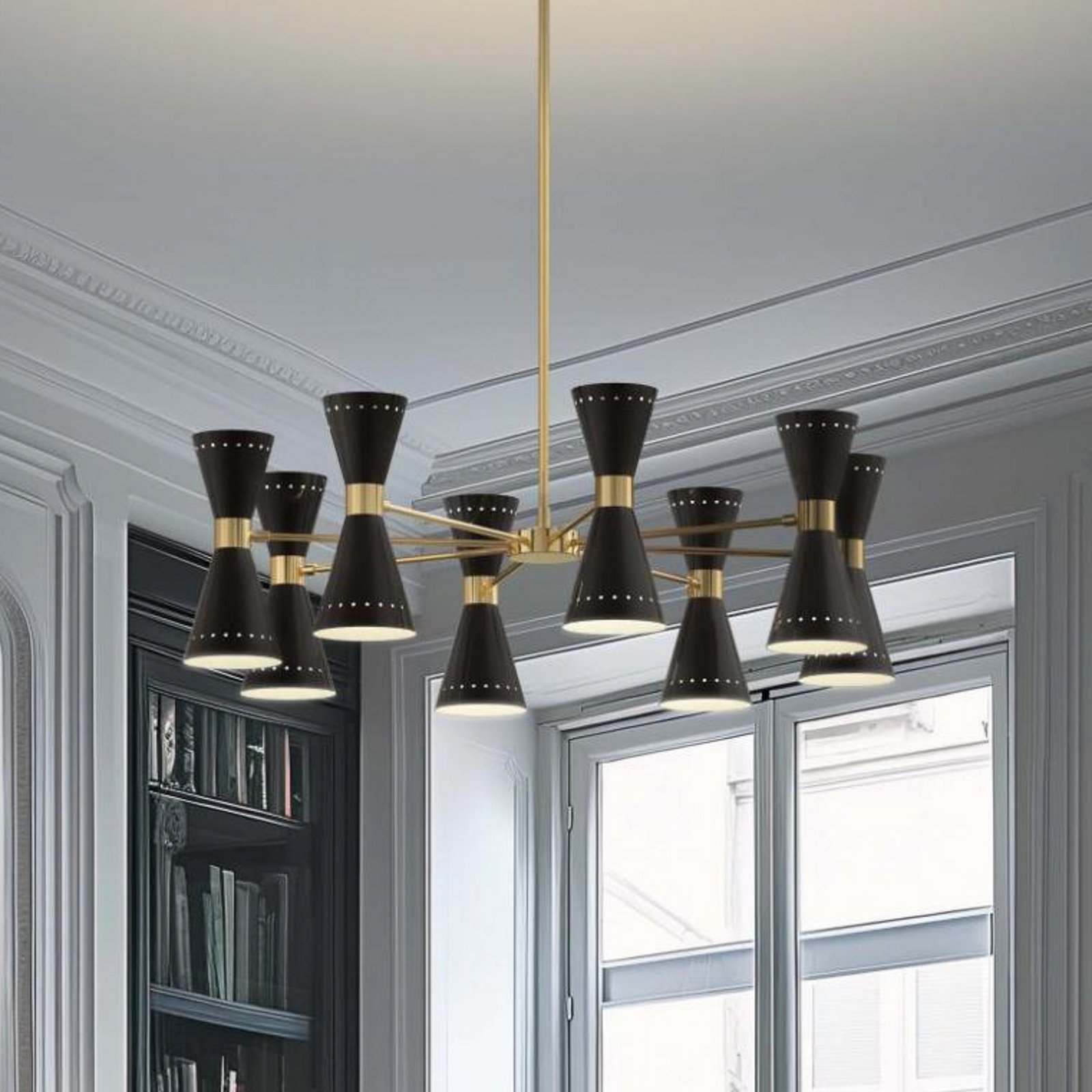
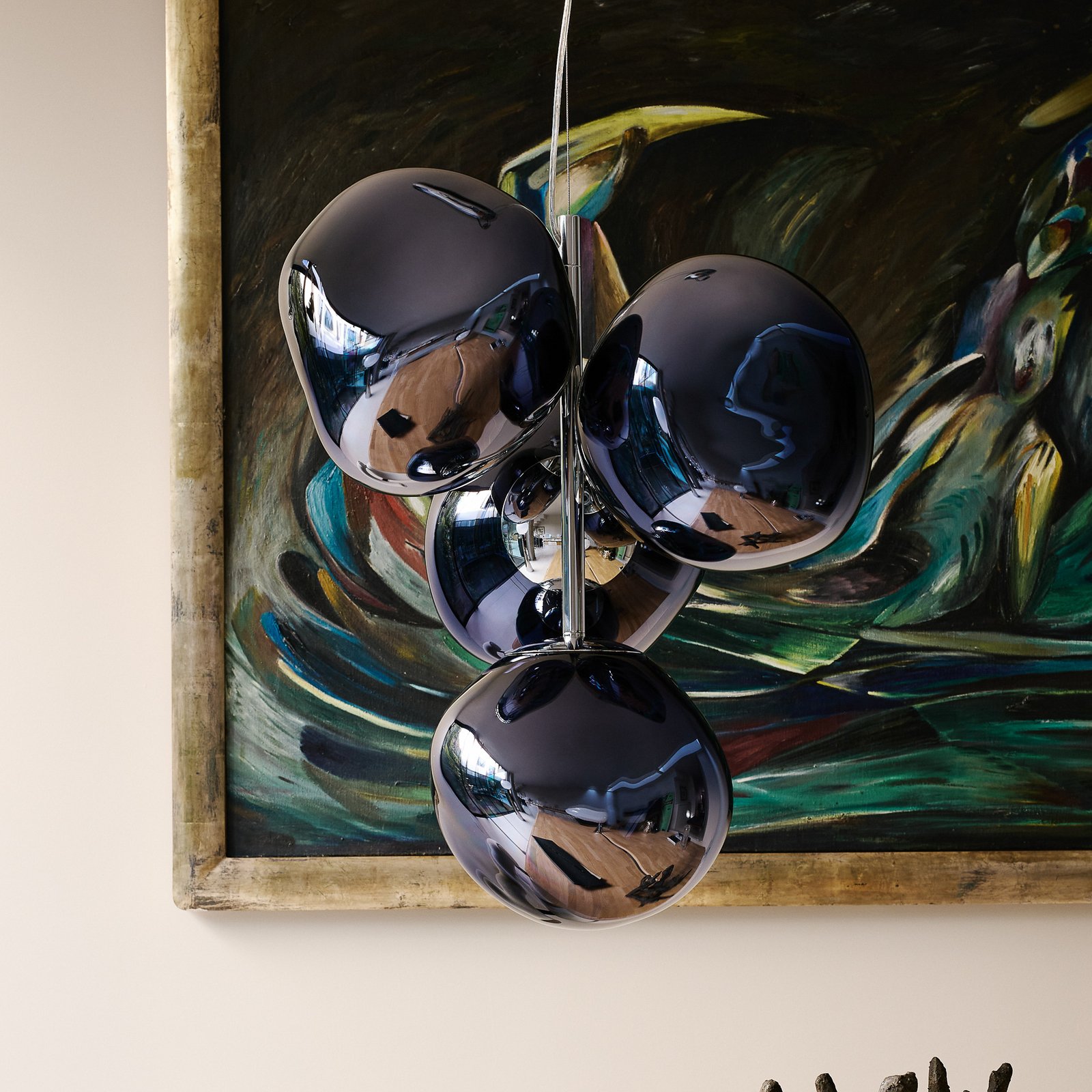
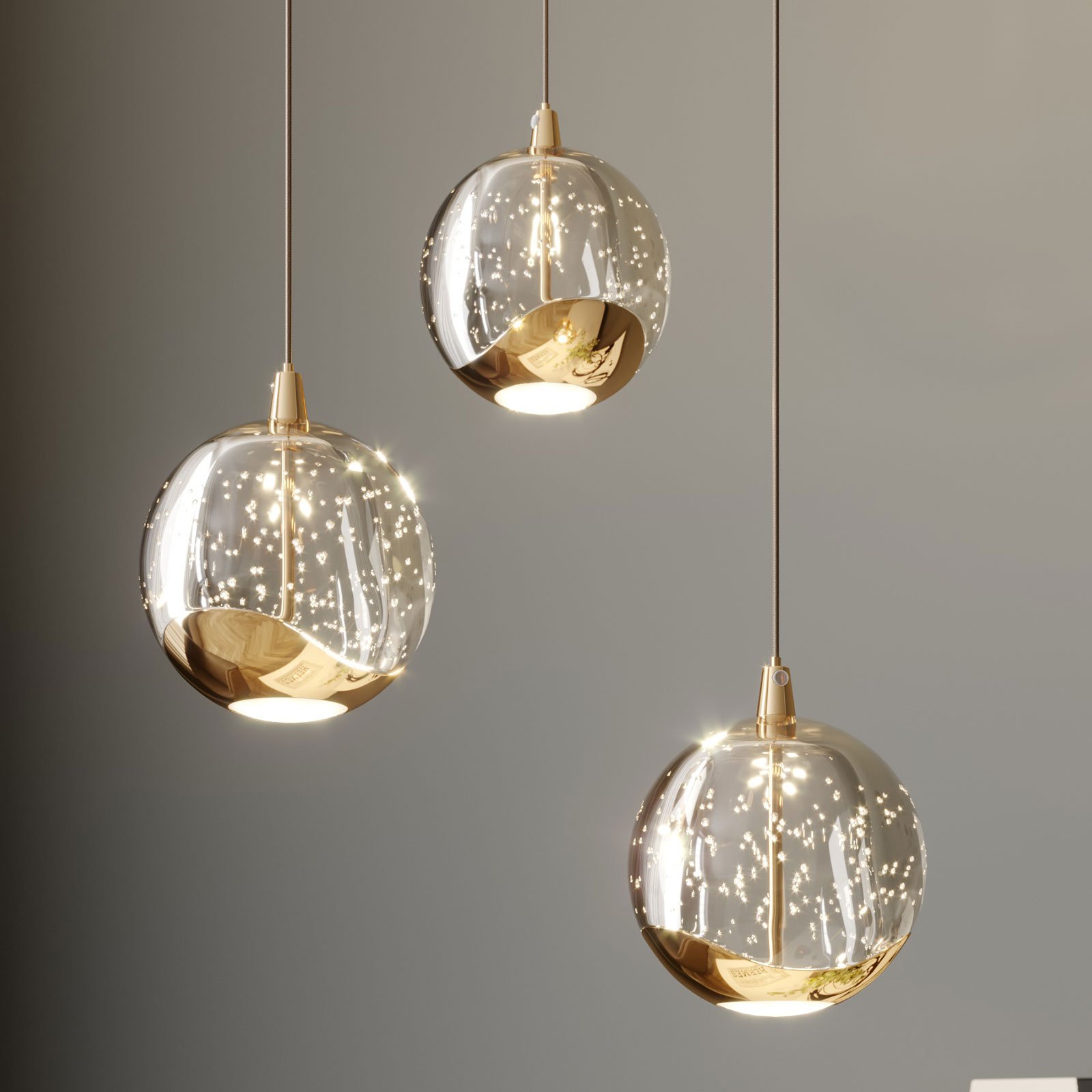
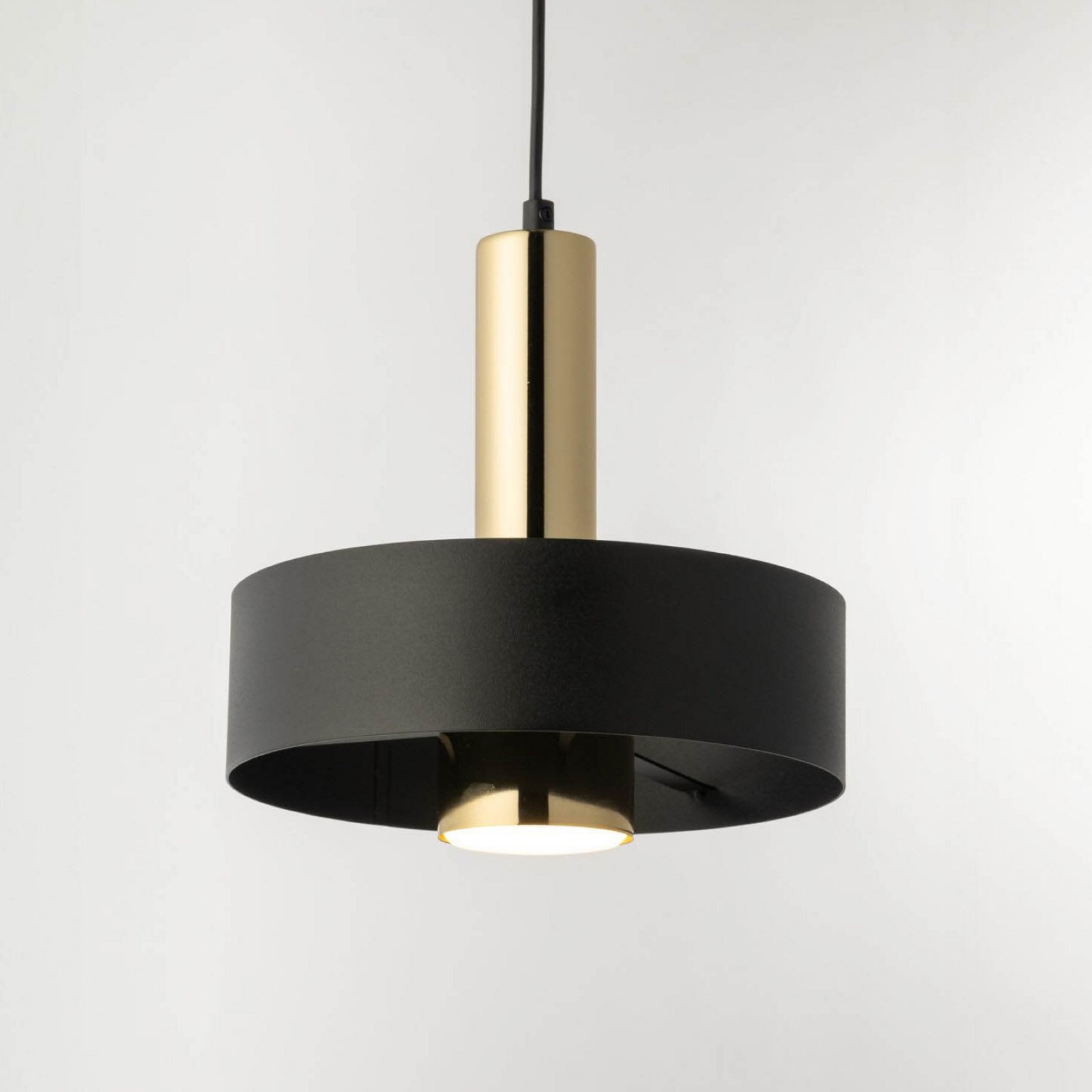

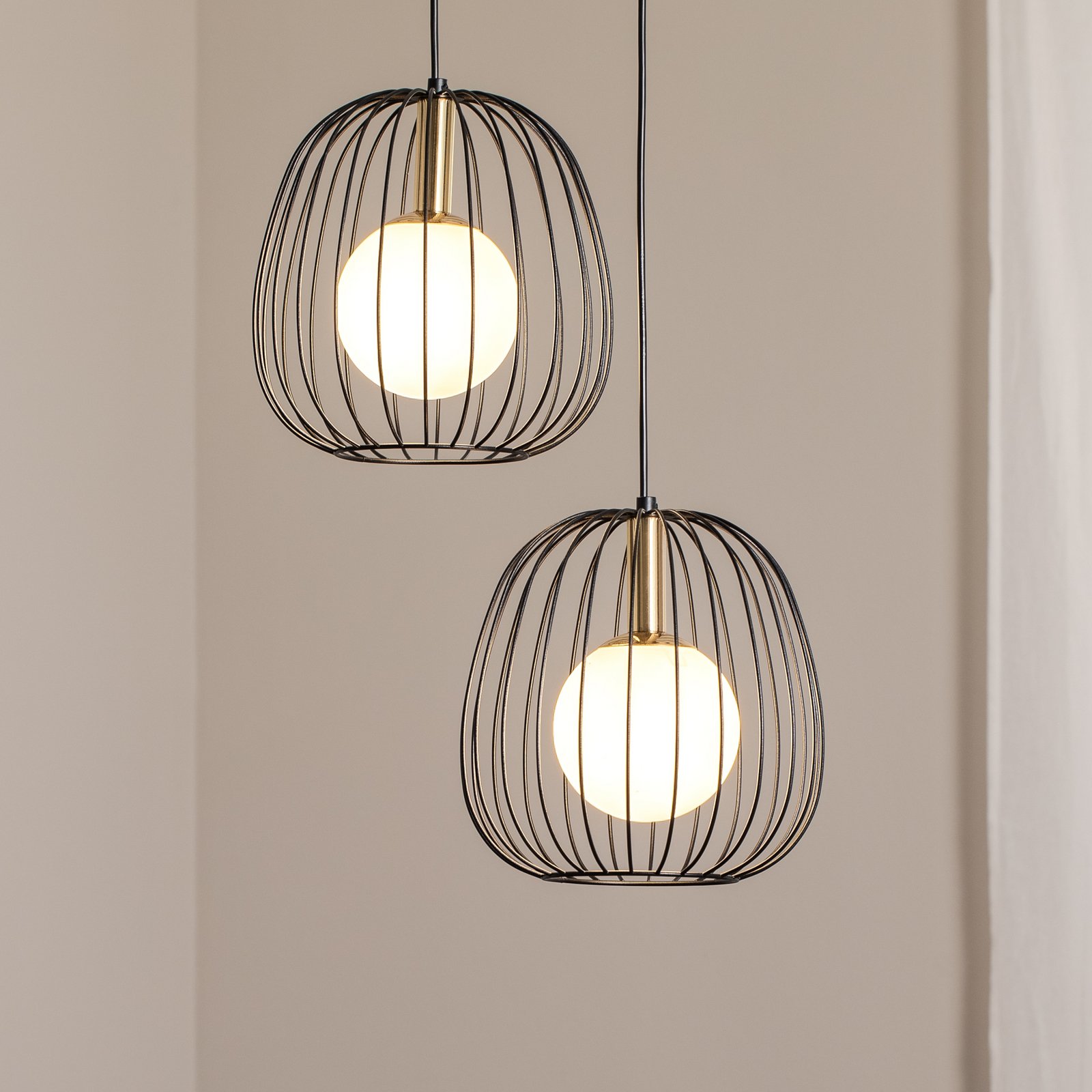
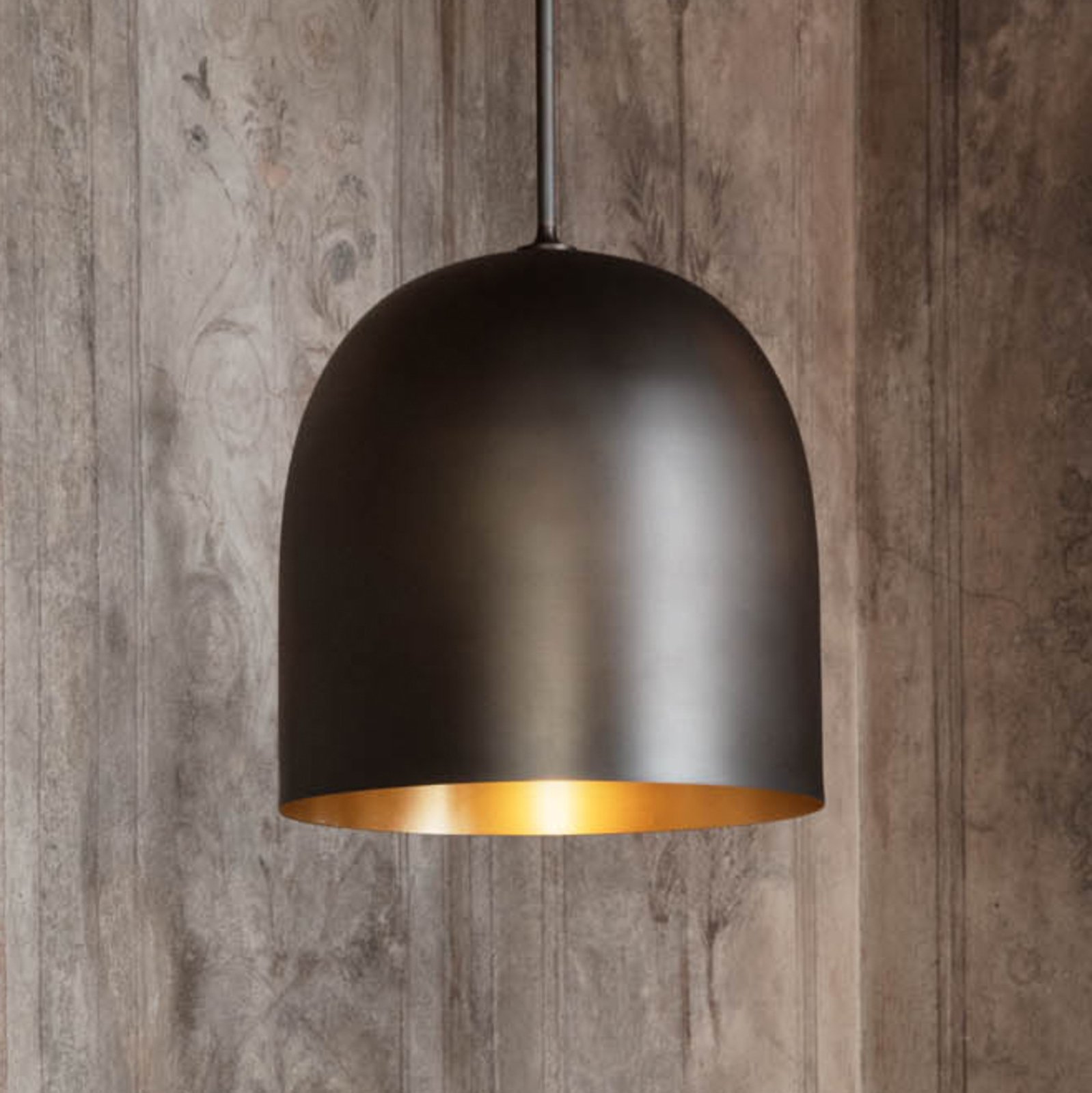
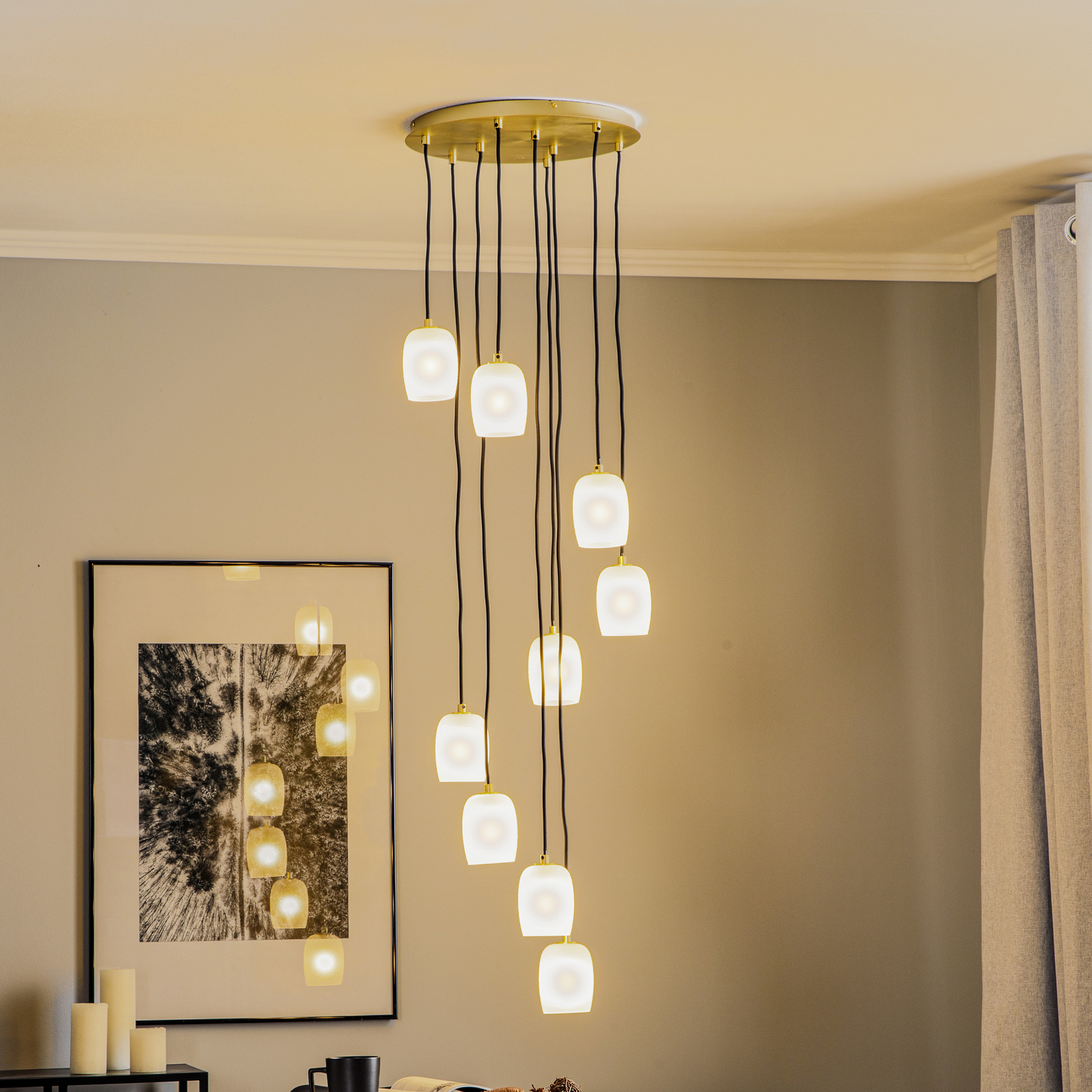
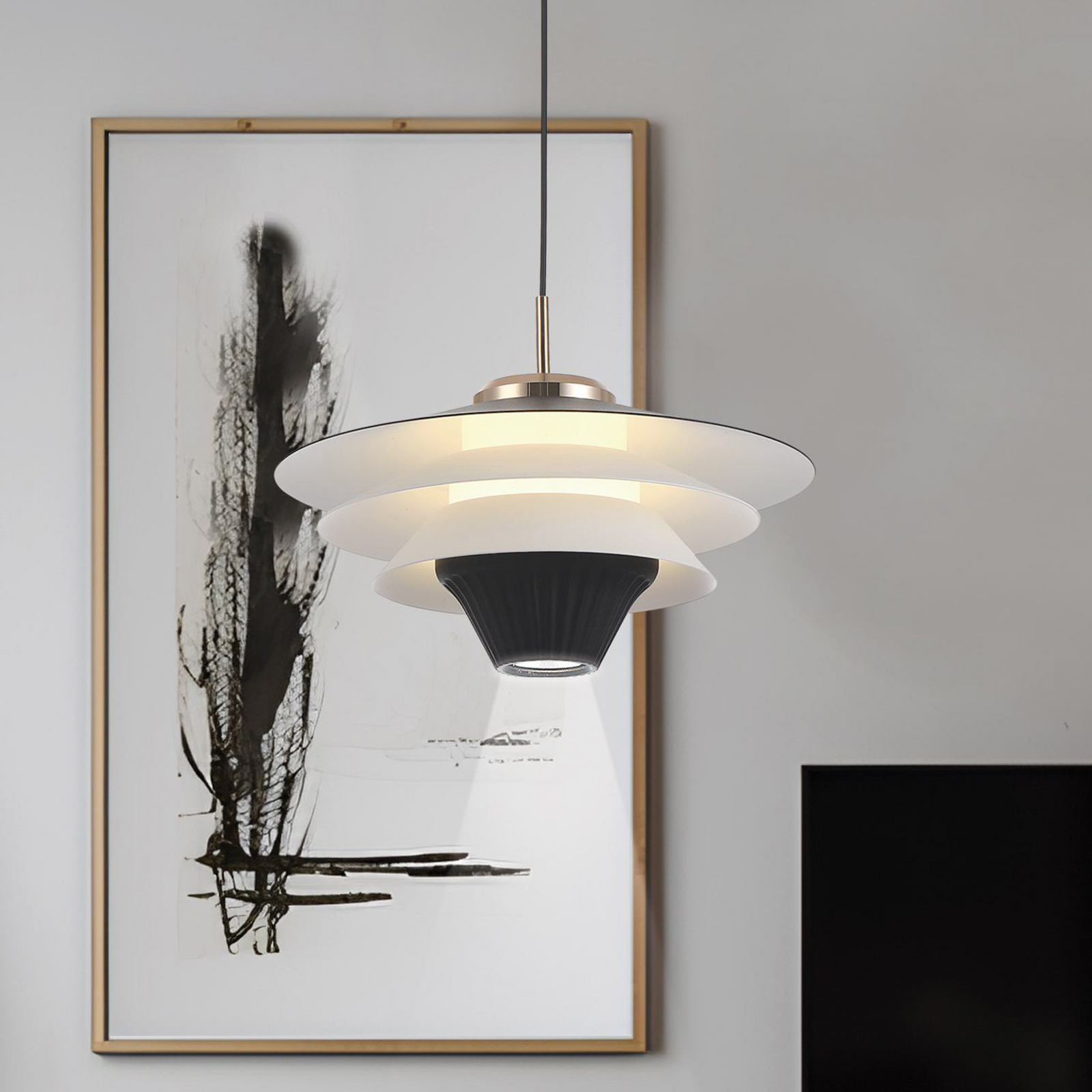
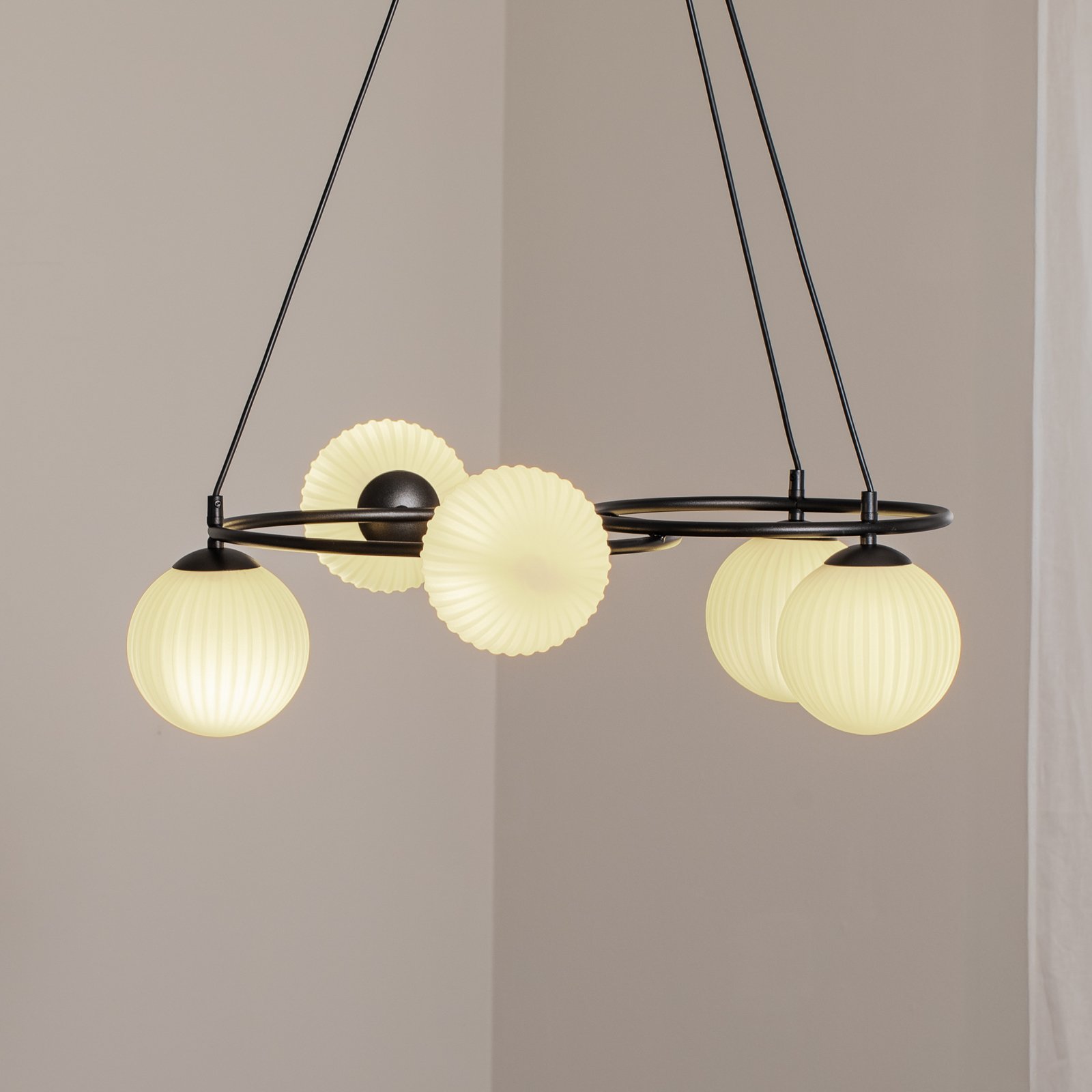
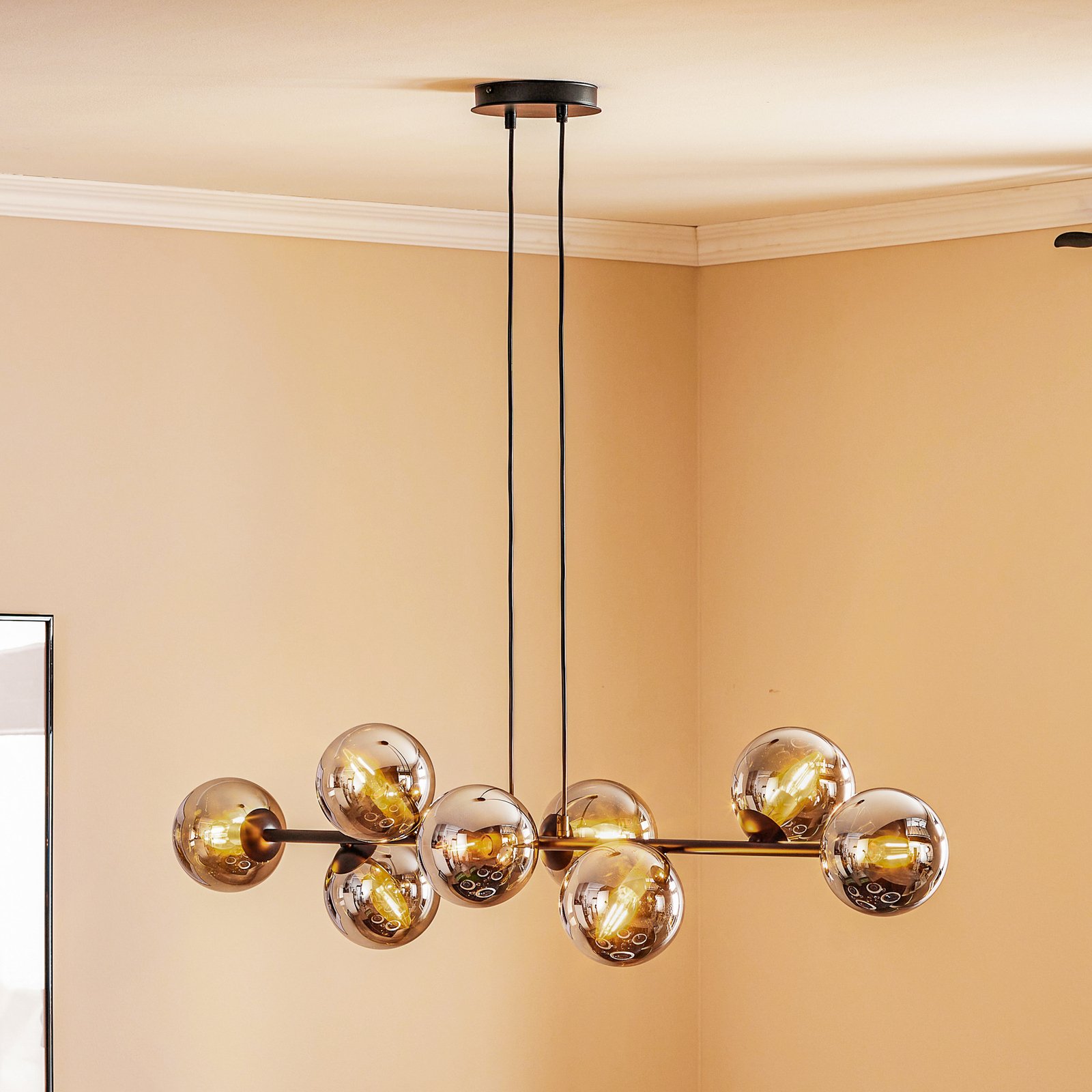
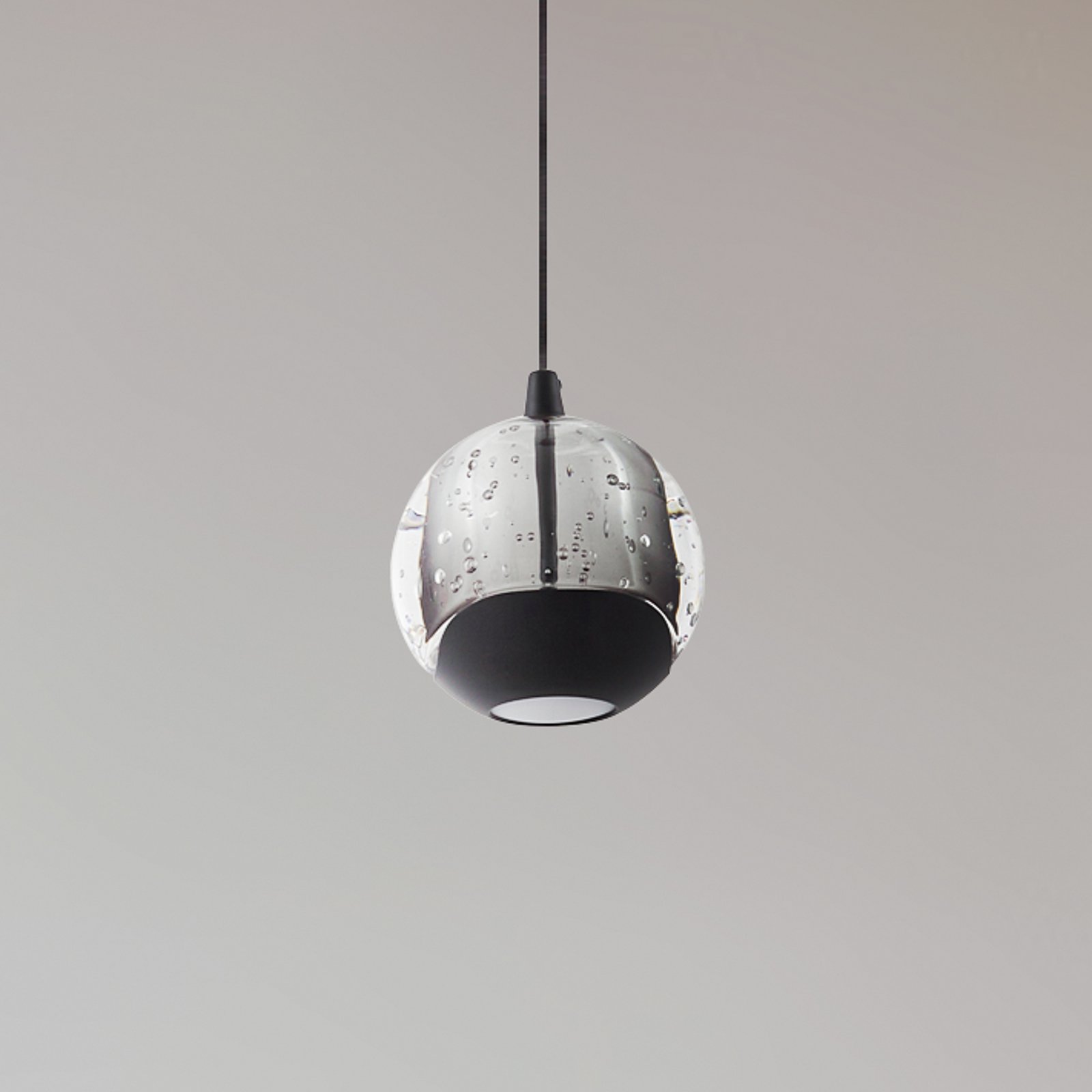
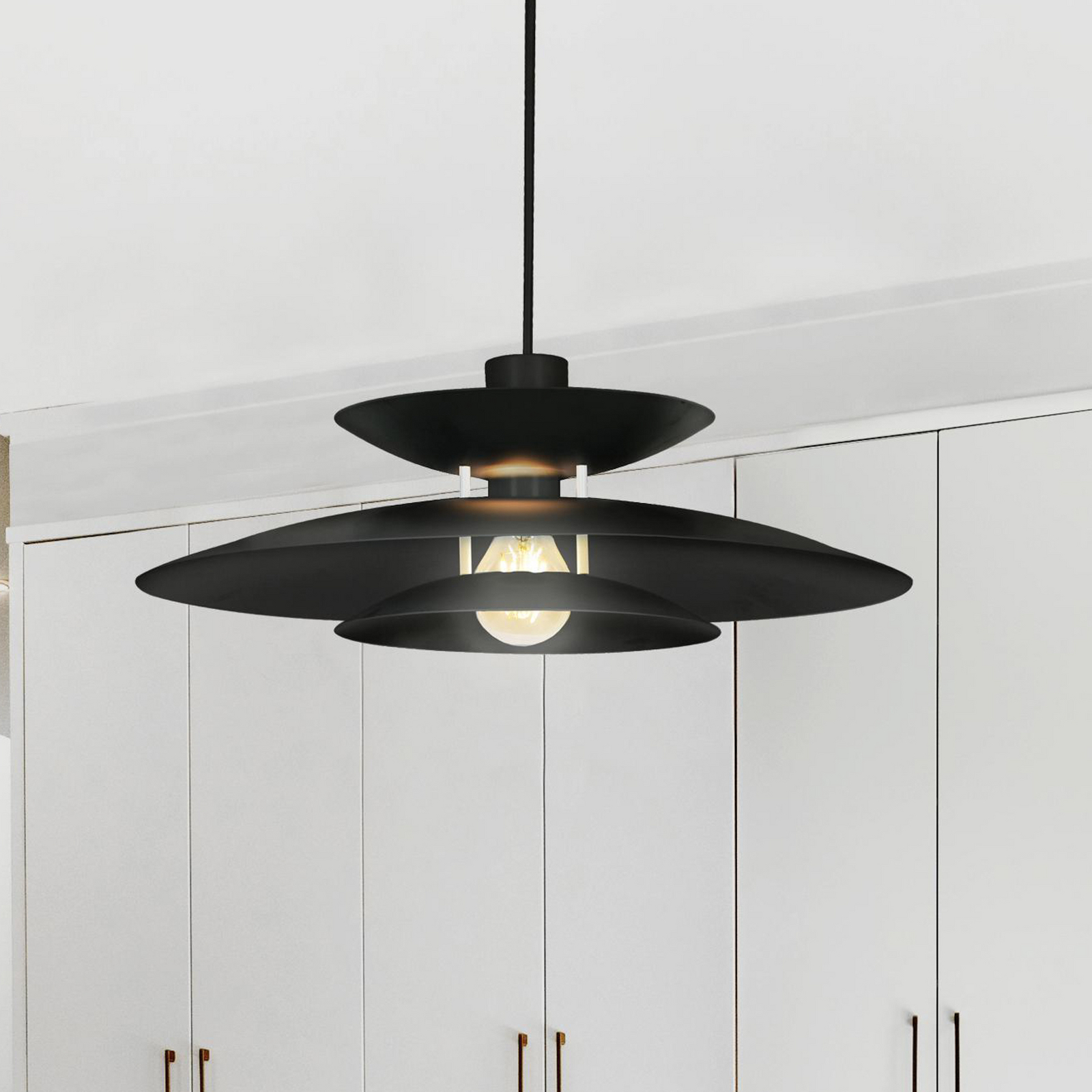

:format(jpeg))
:format(jpeg))
:format(jpeg))
:format(jpeg))
:format(jpeg))
:format(jpeg))